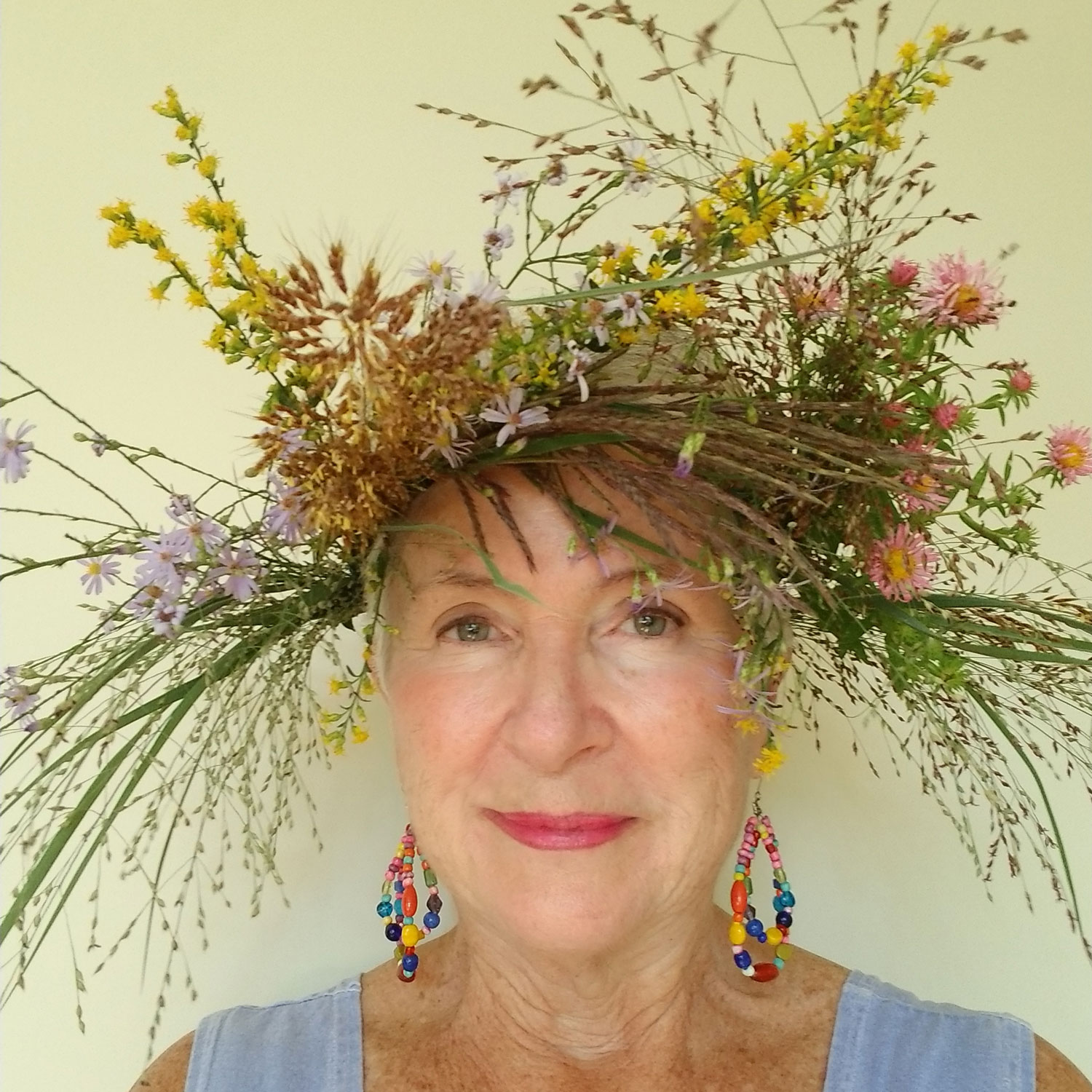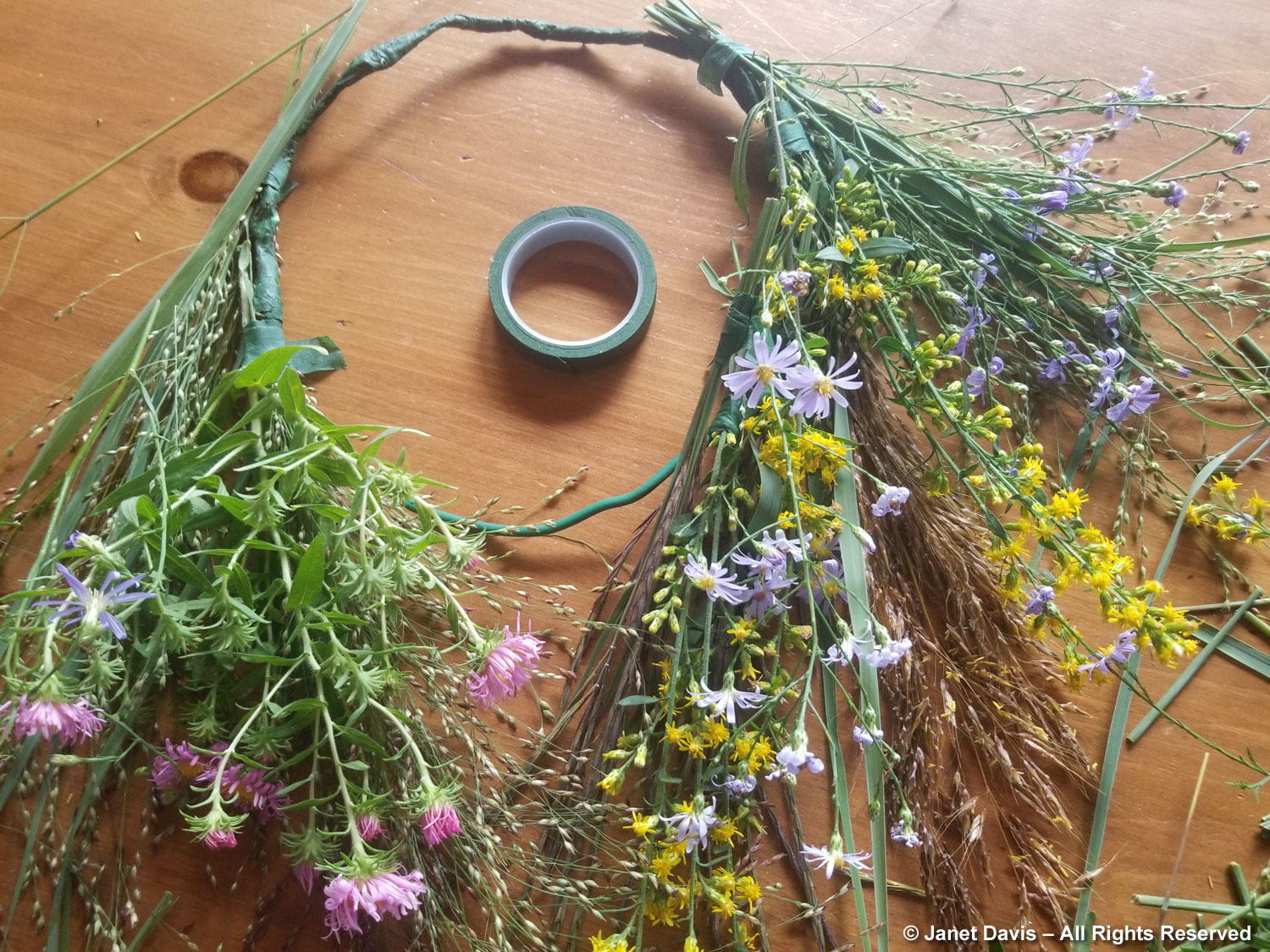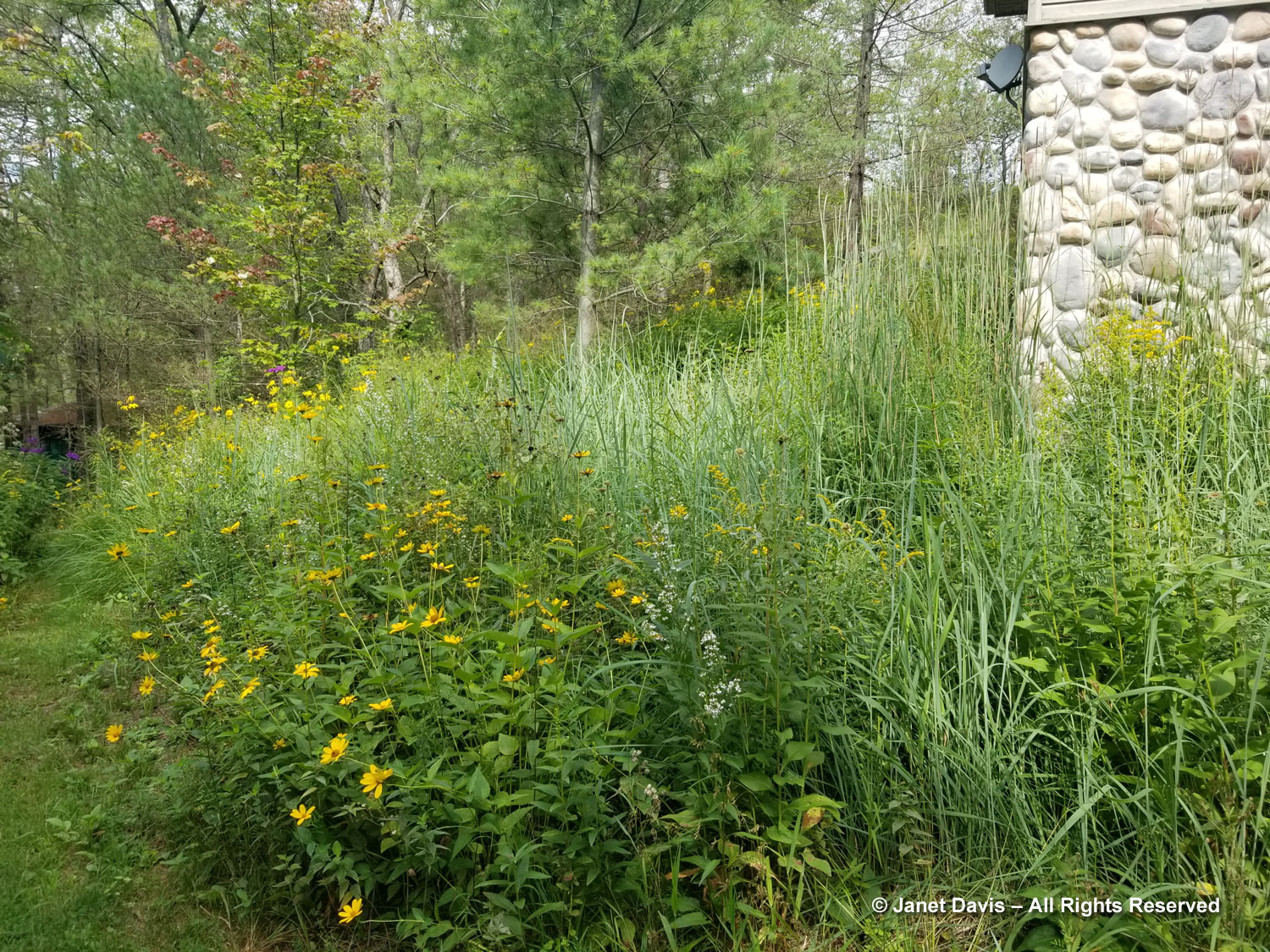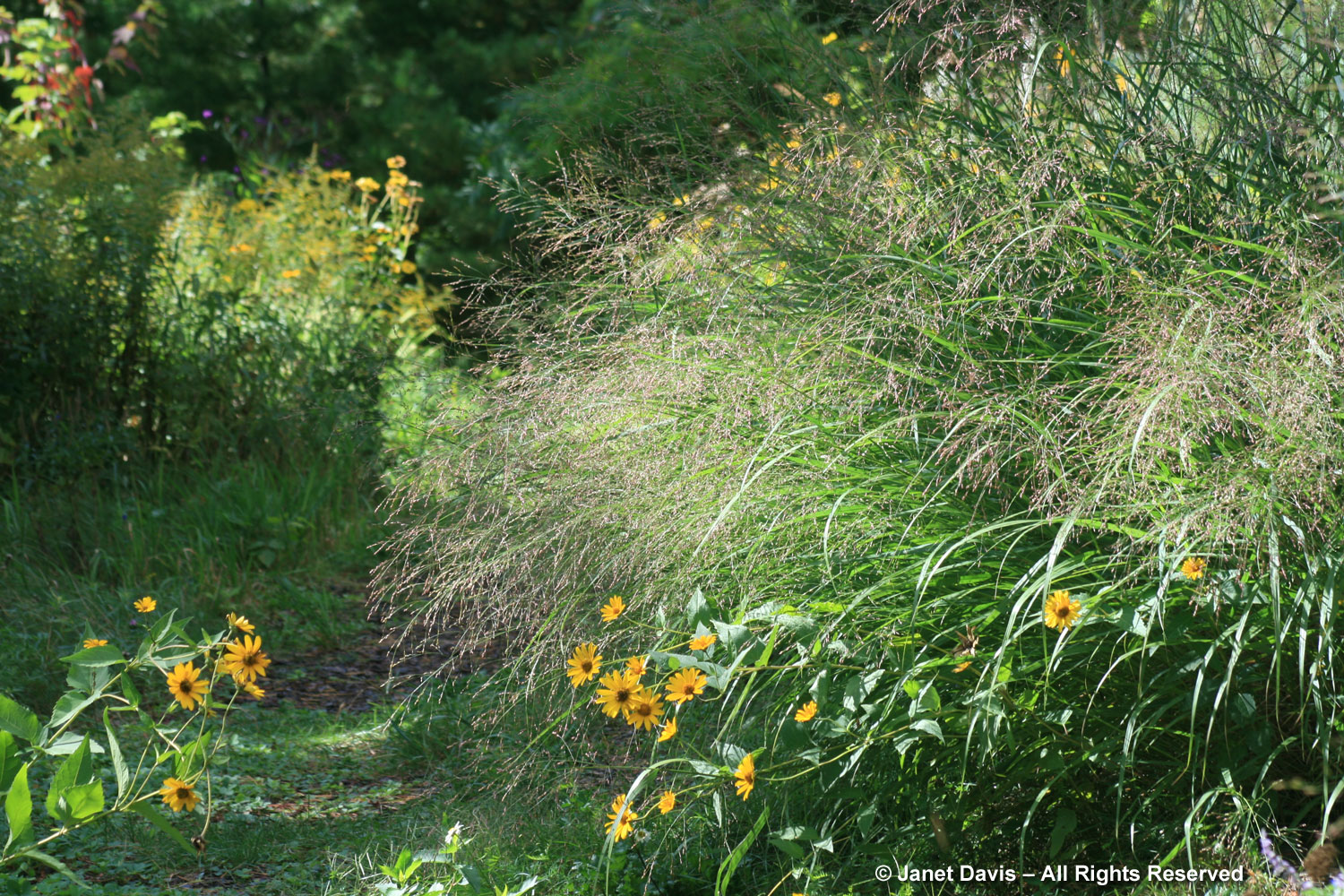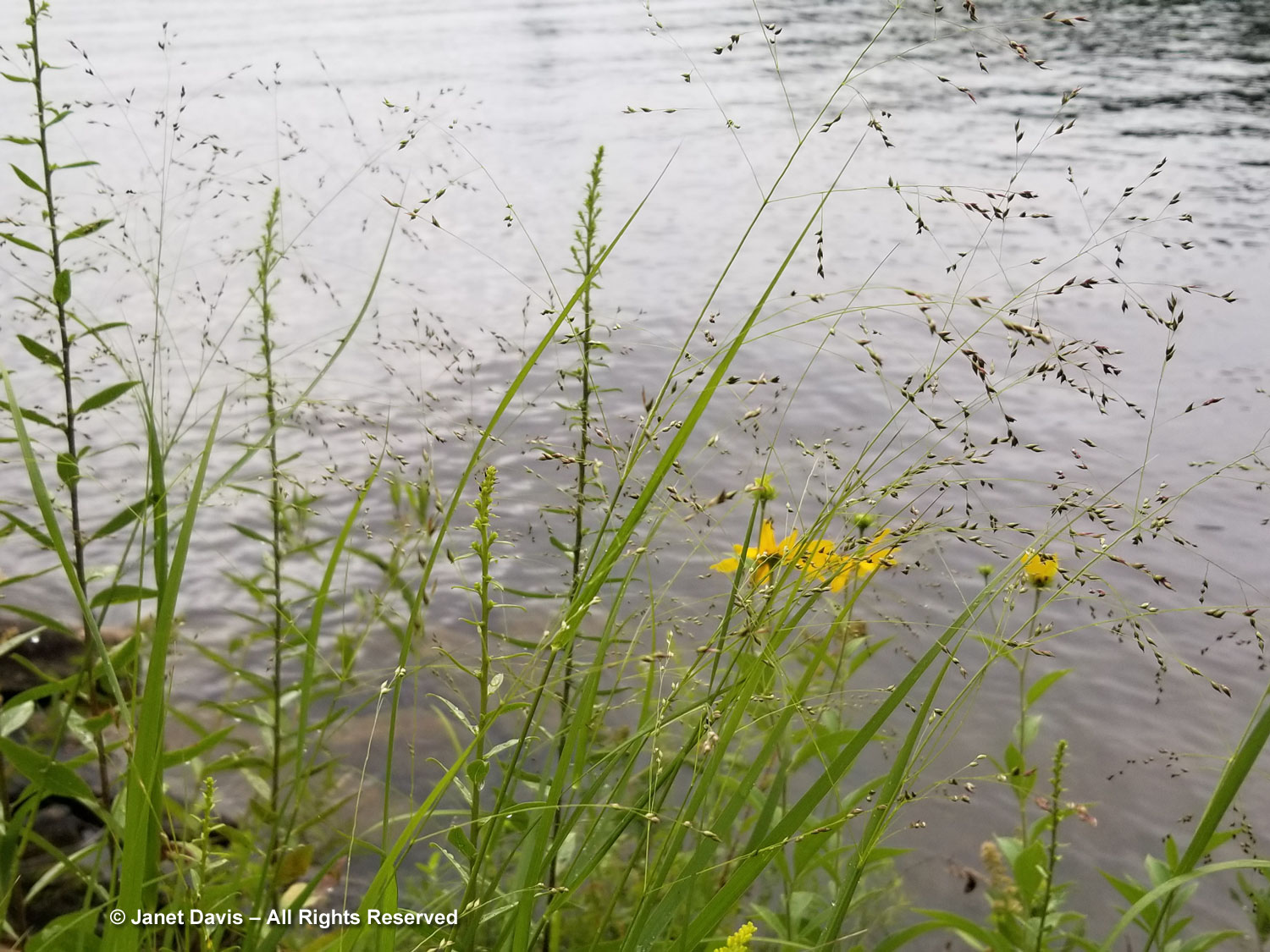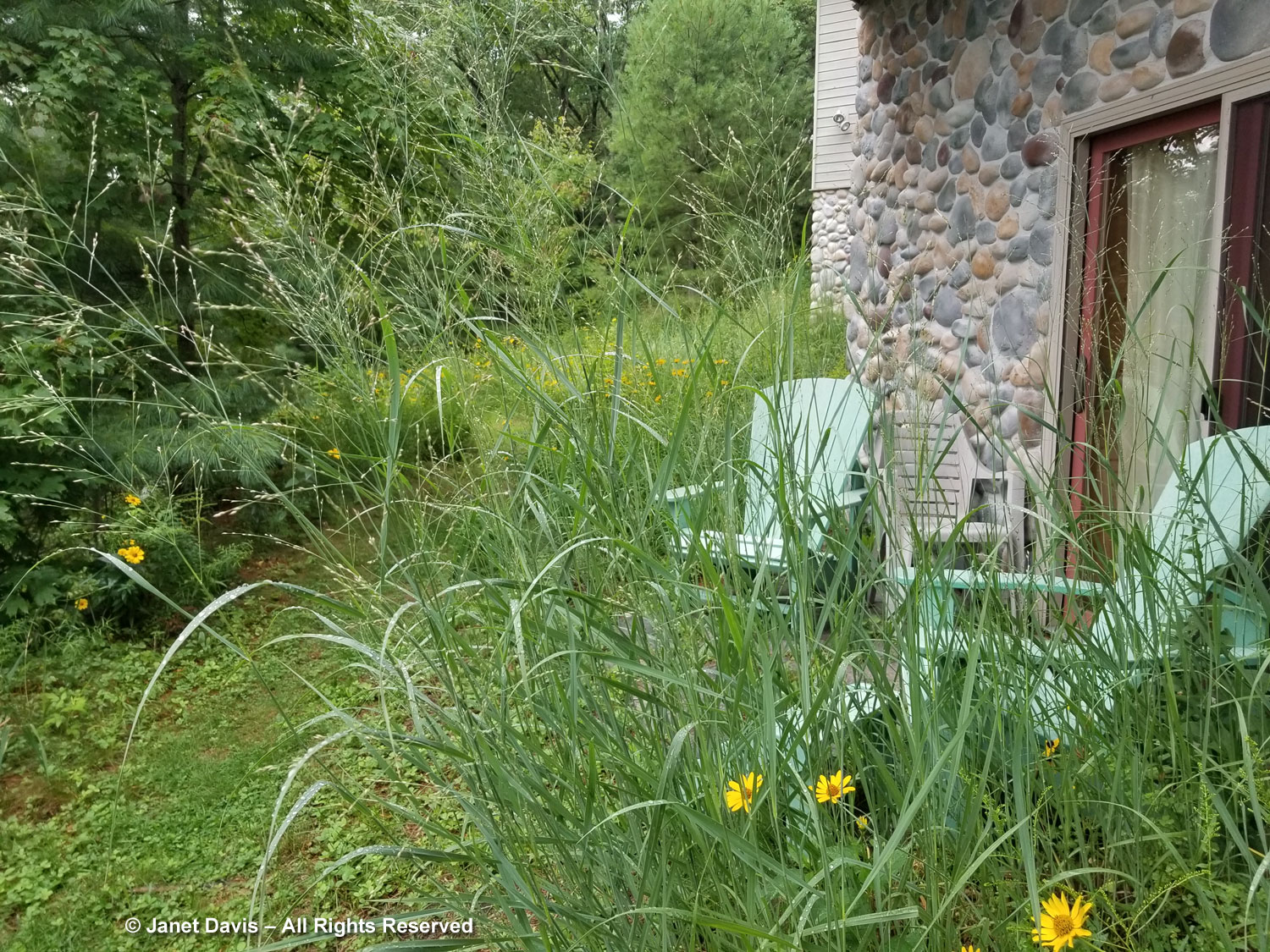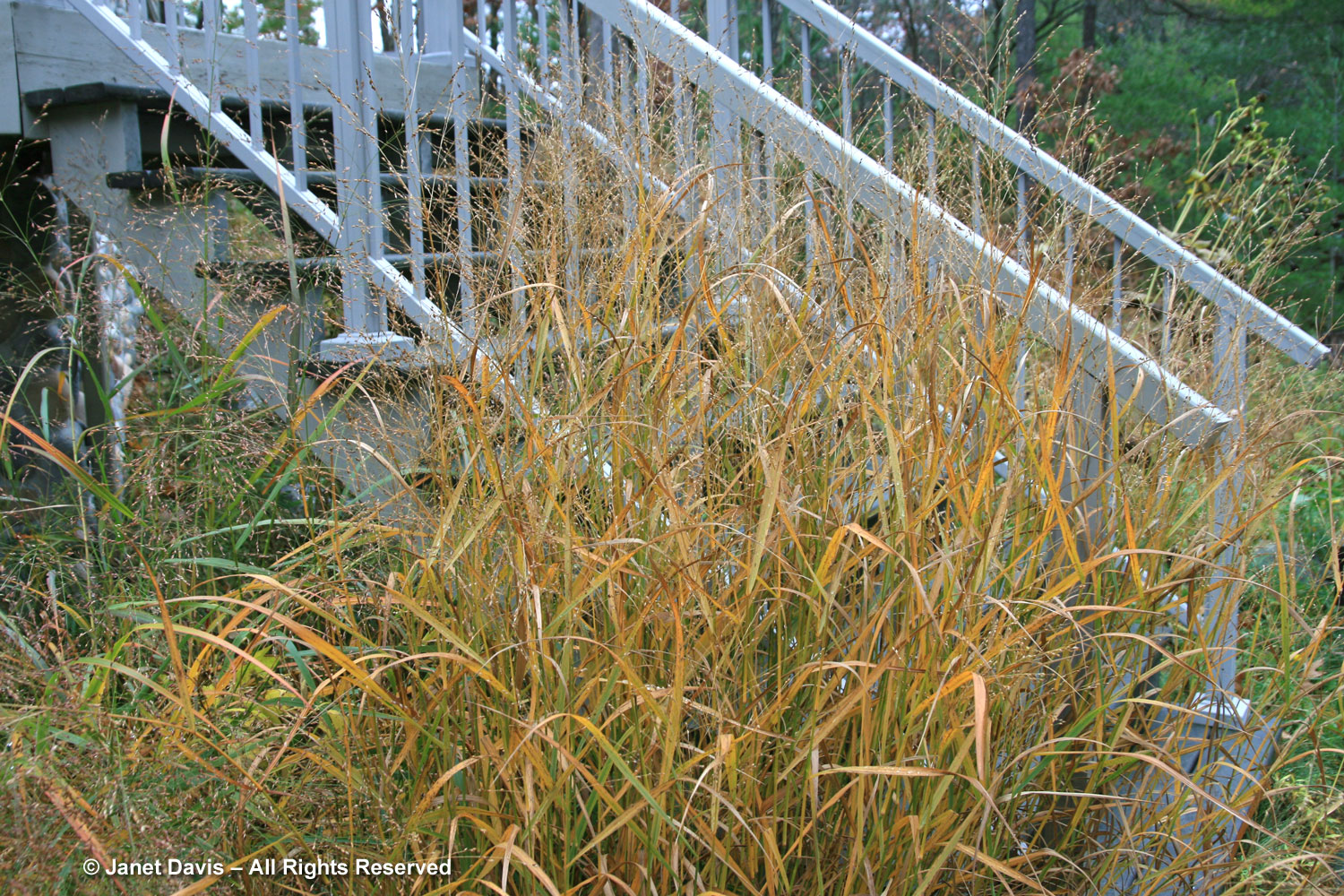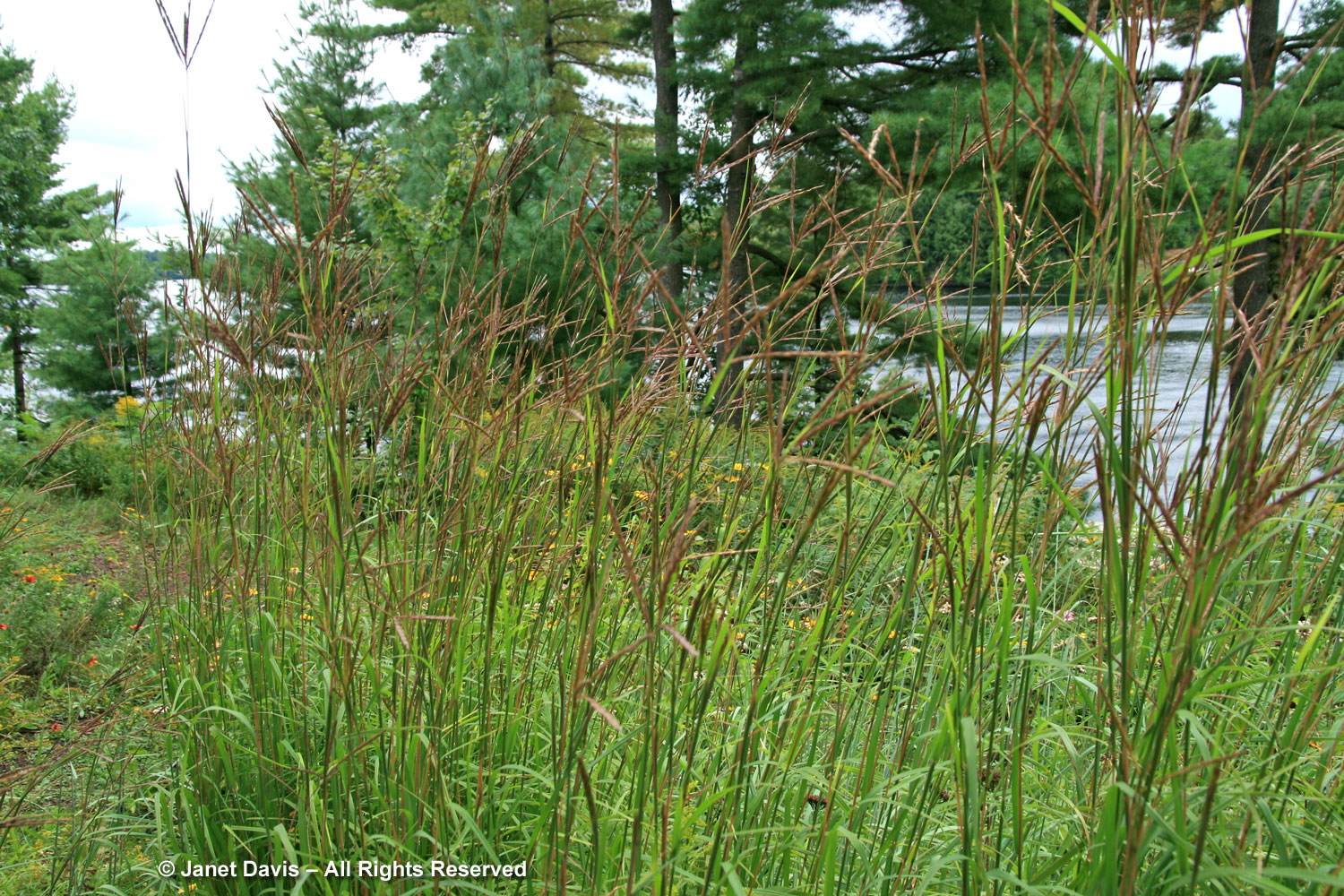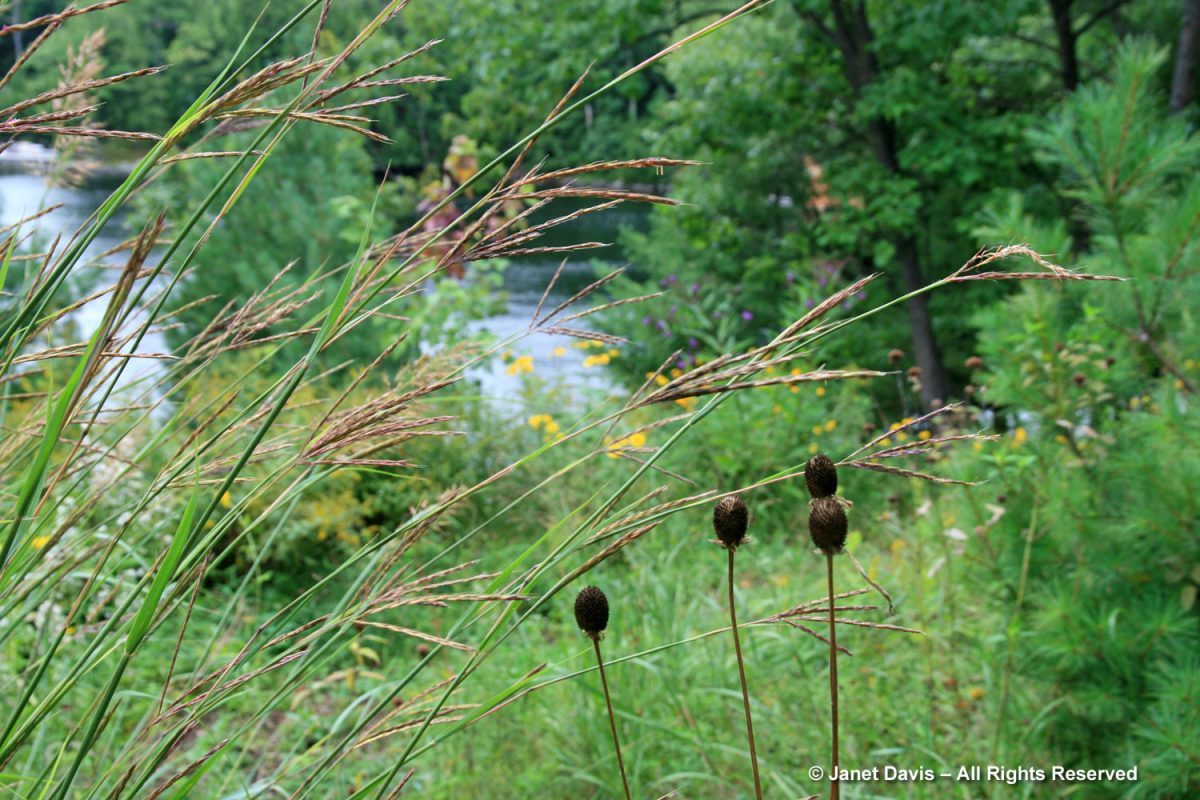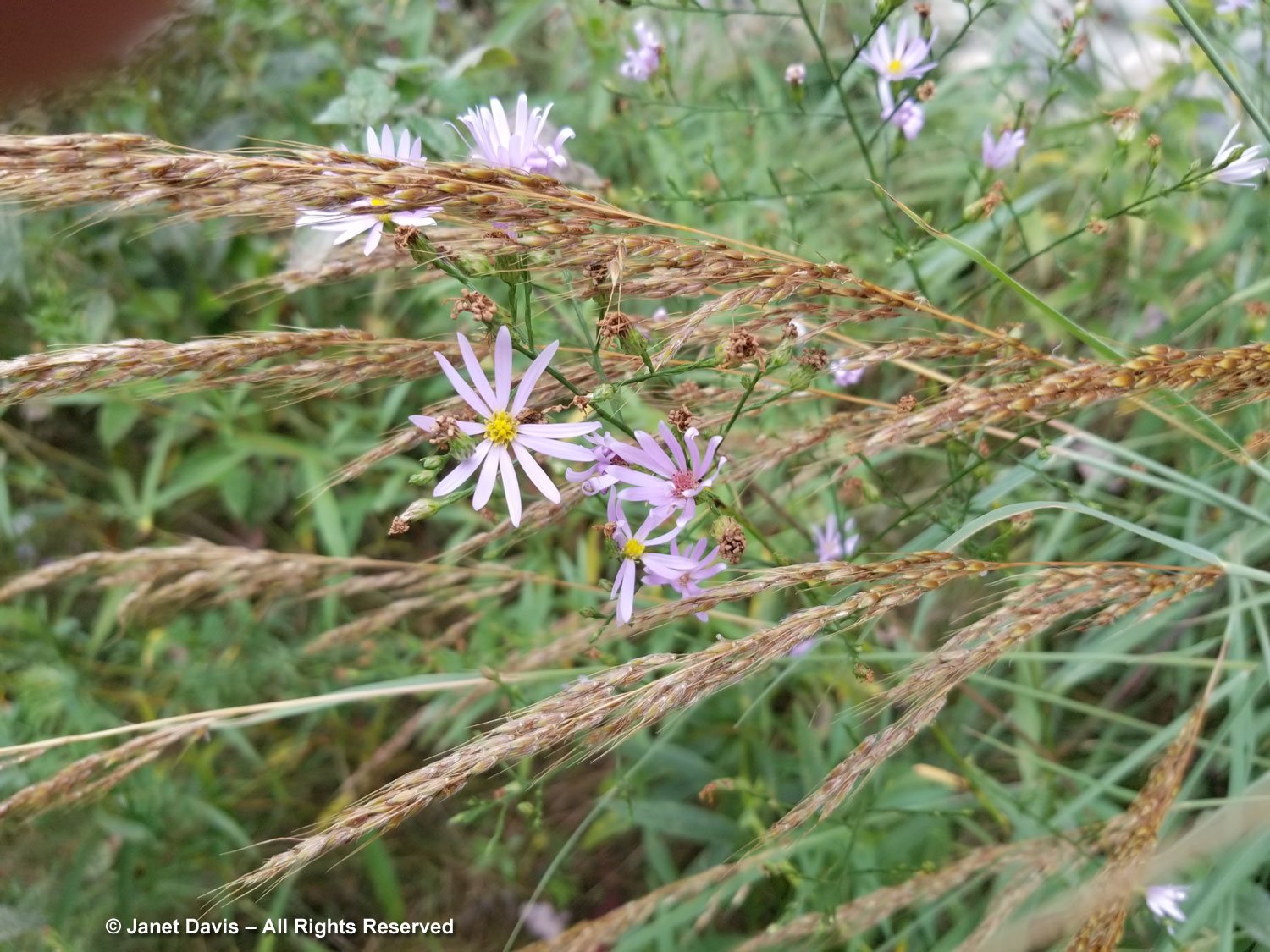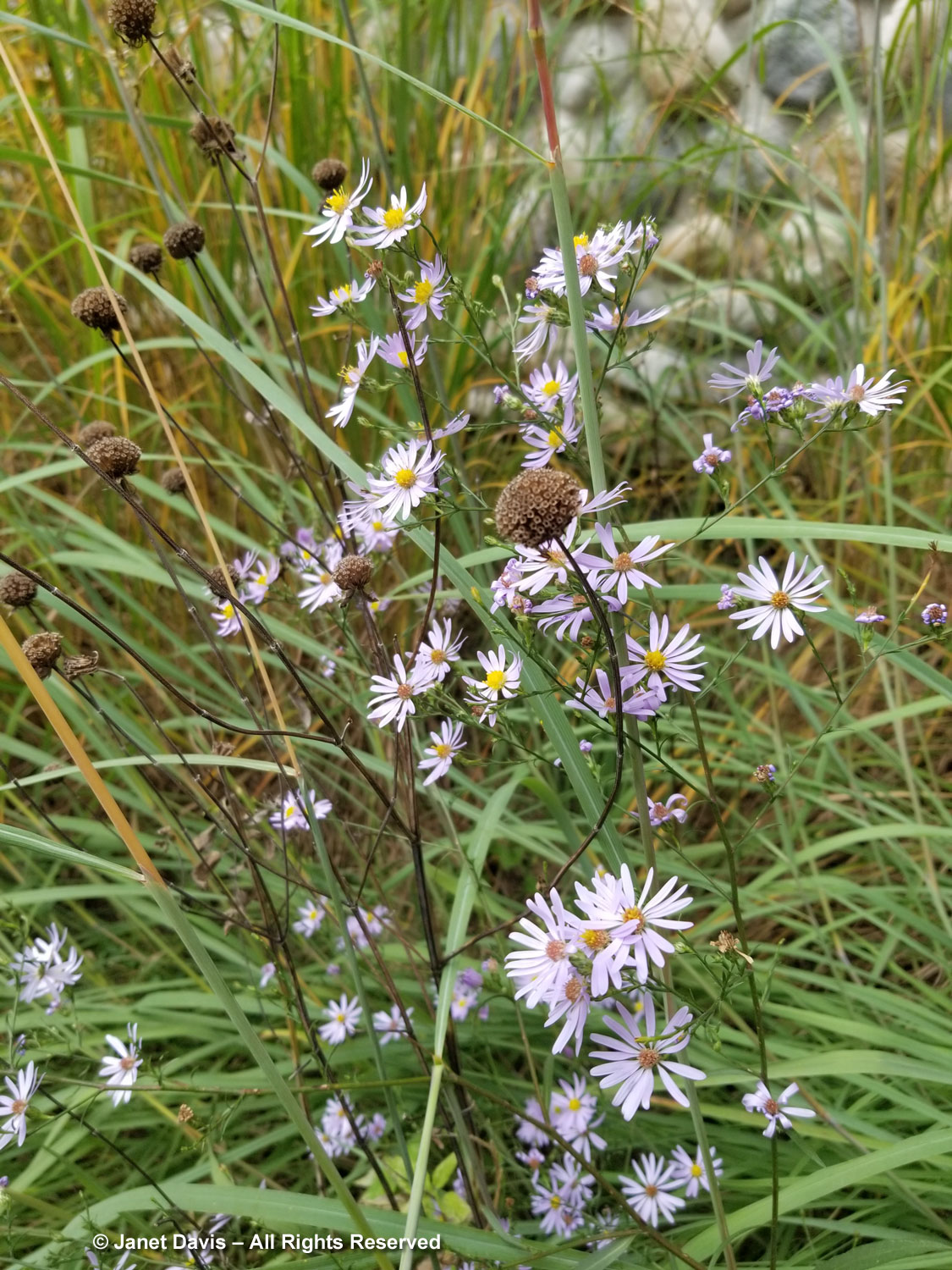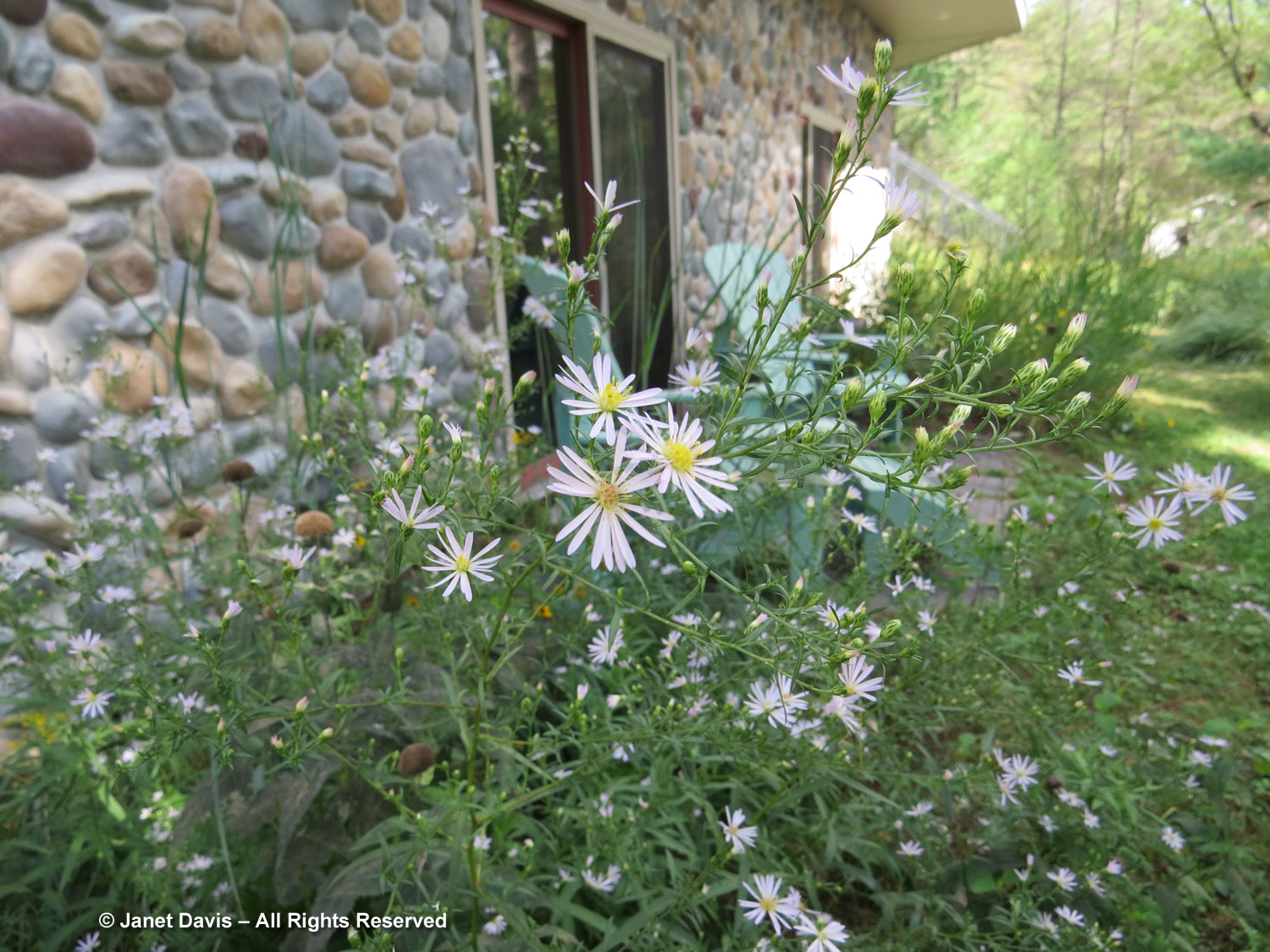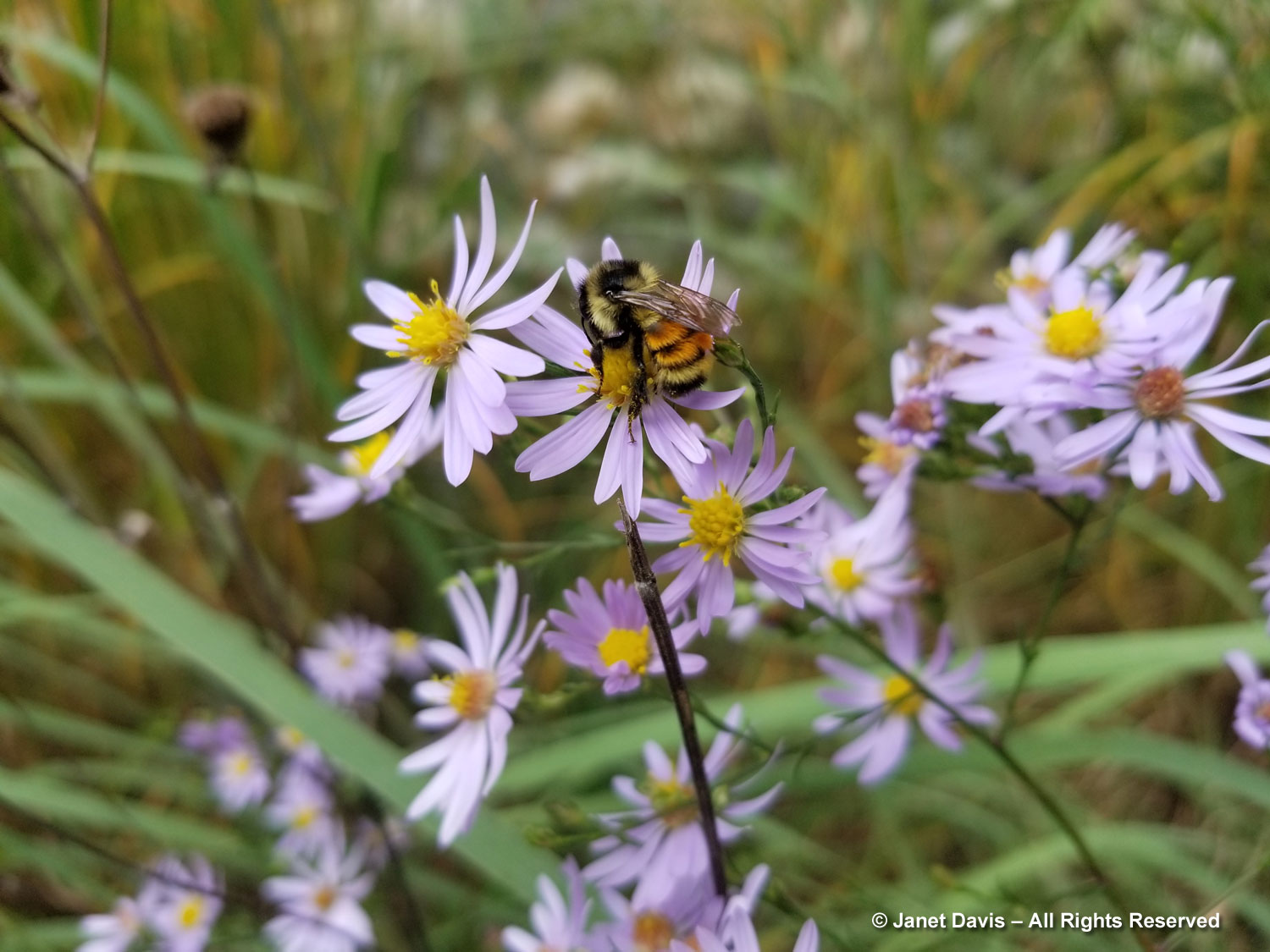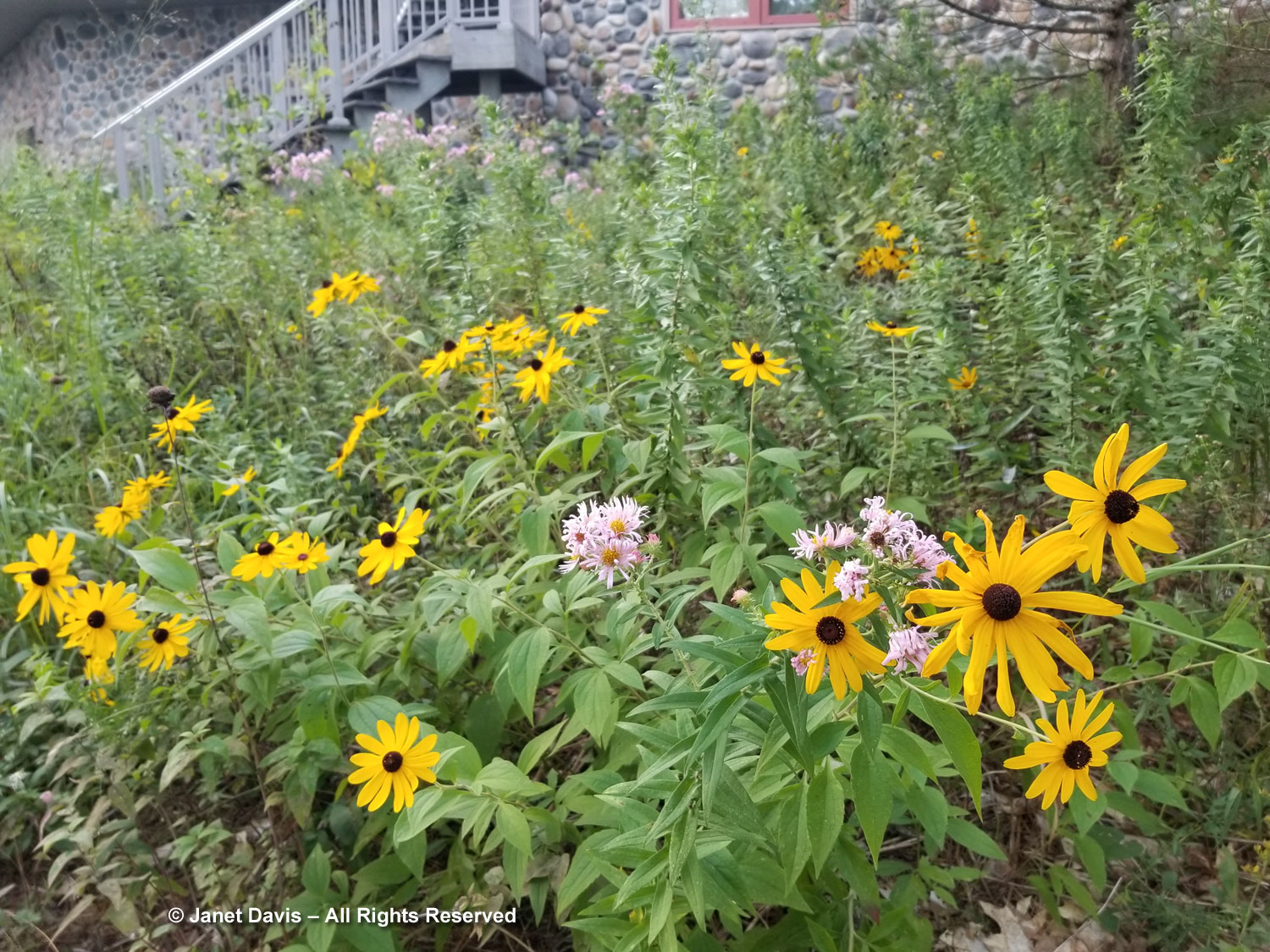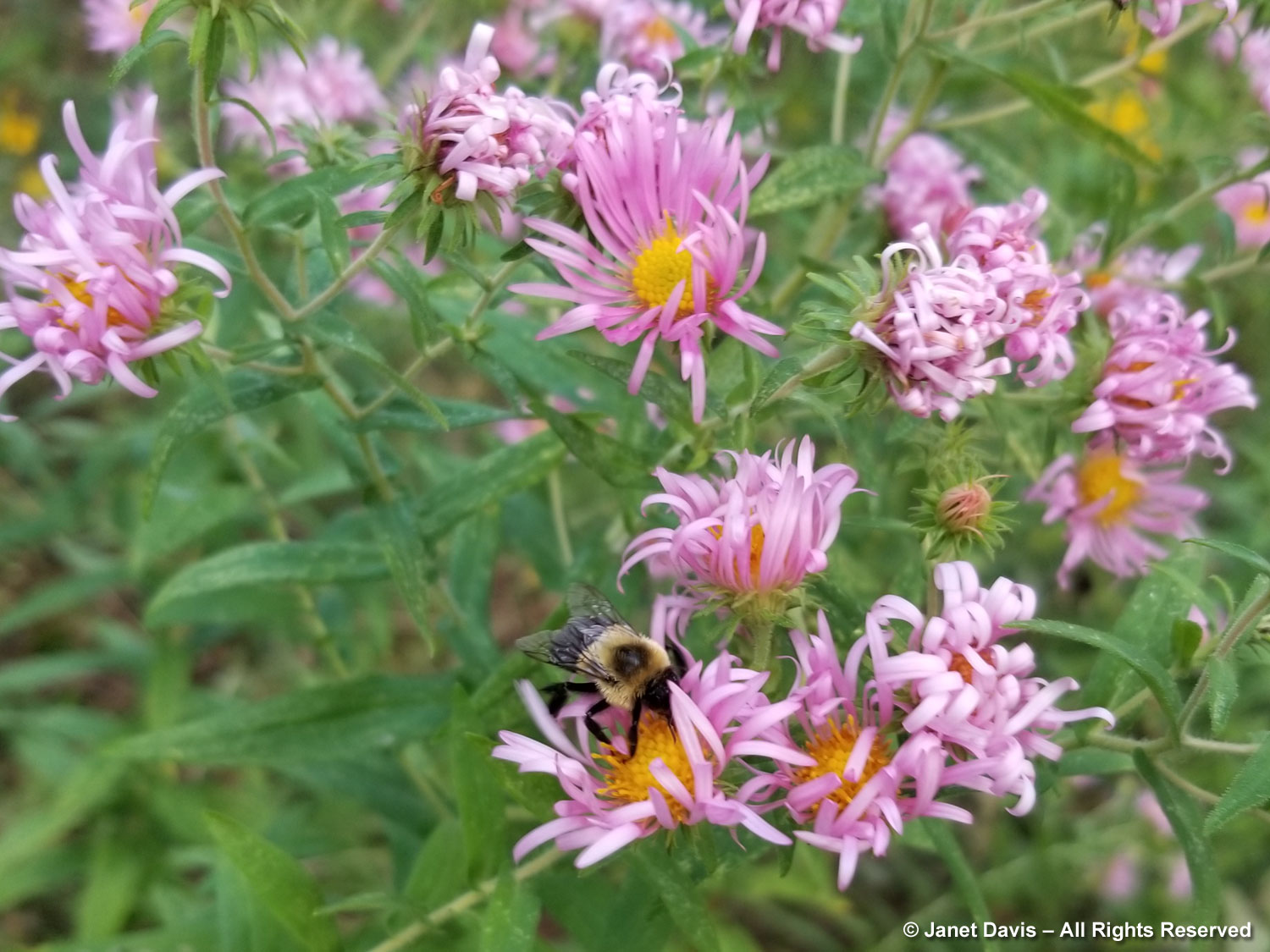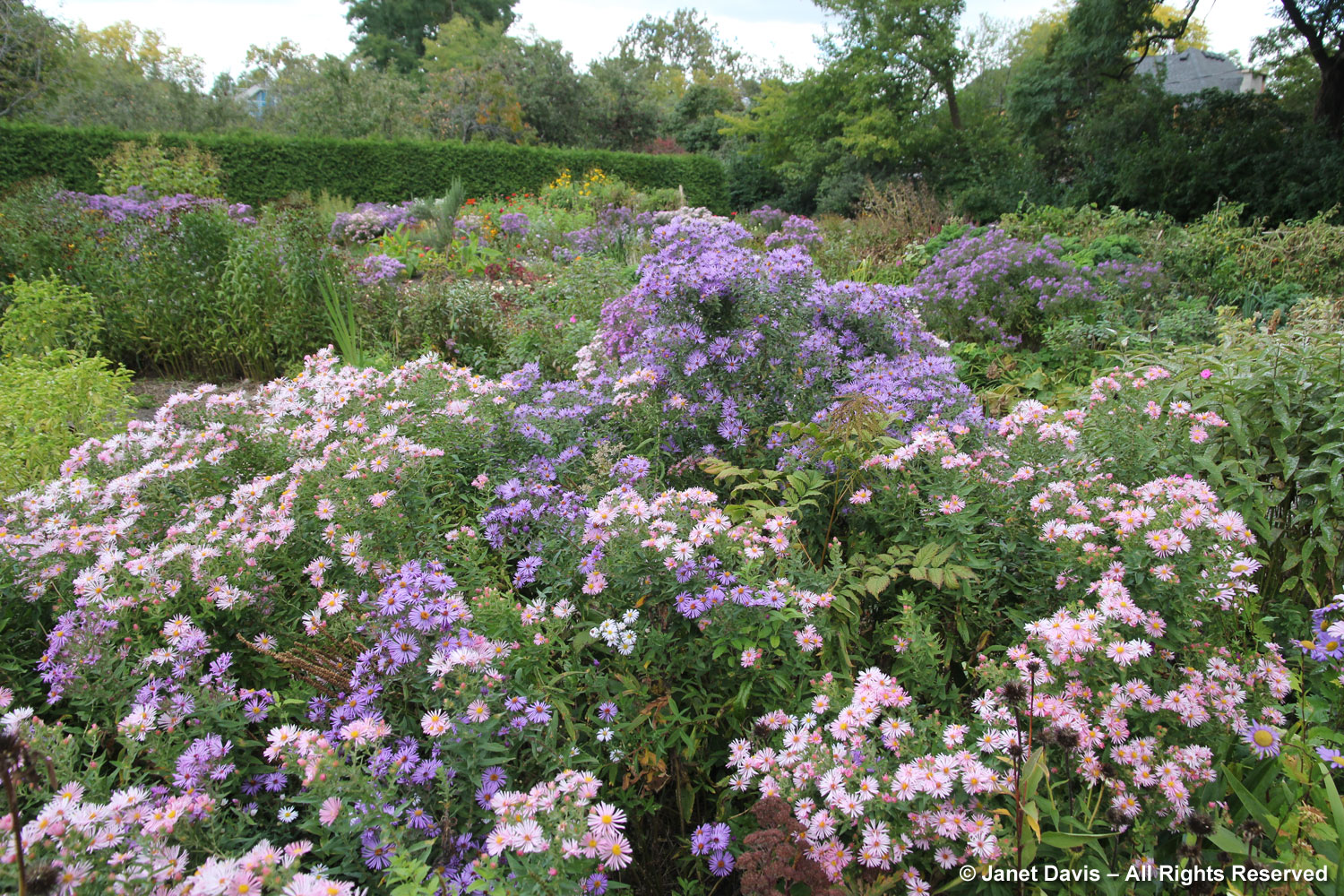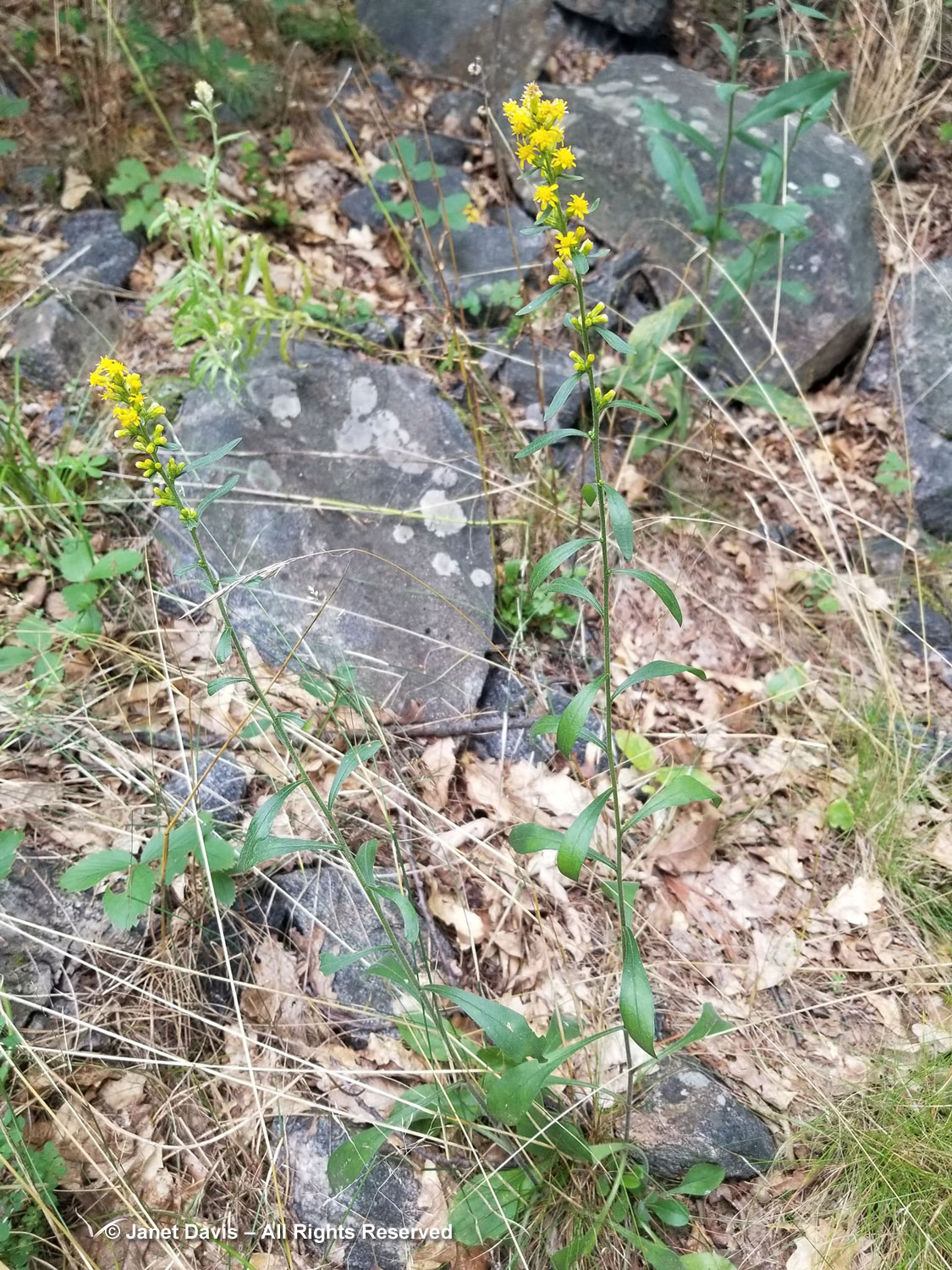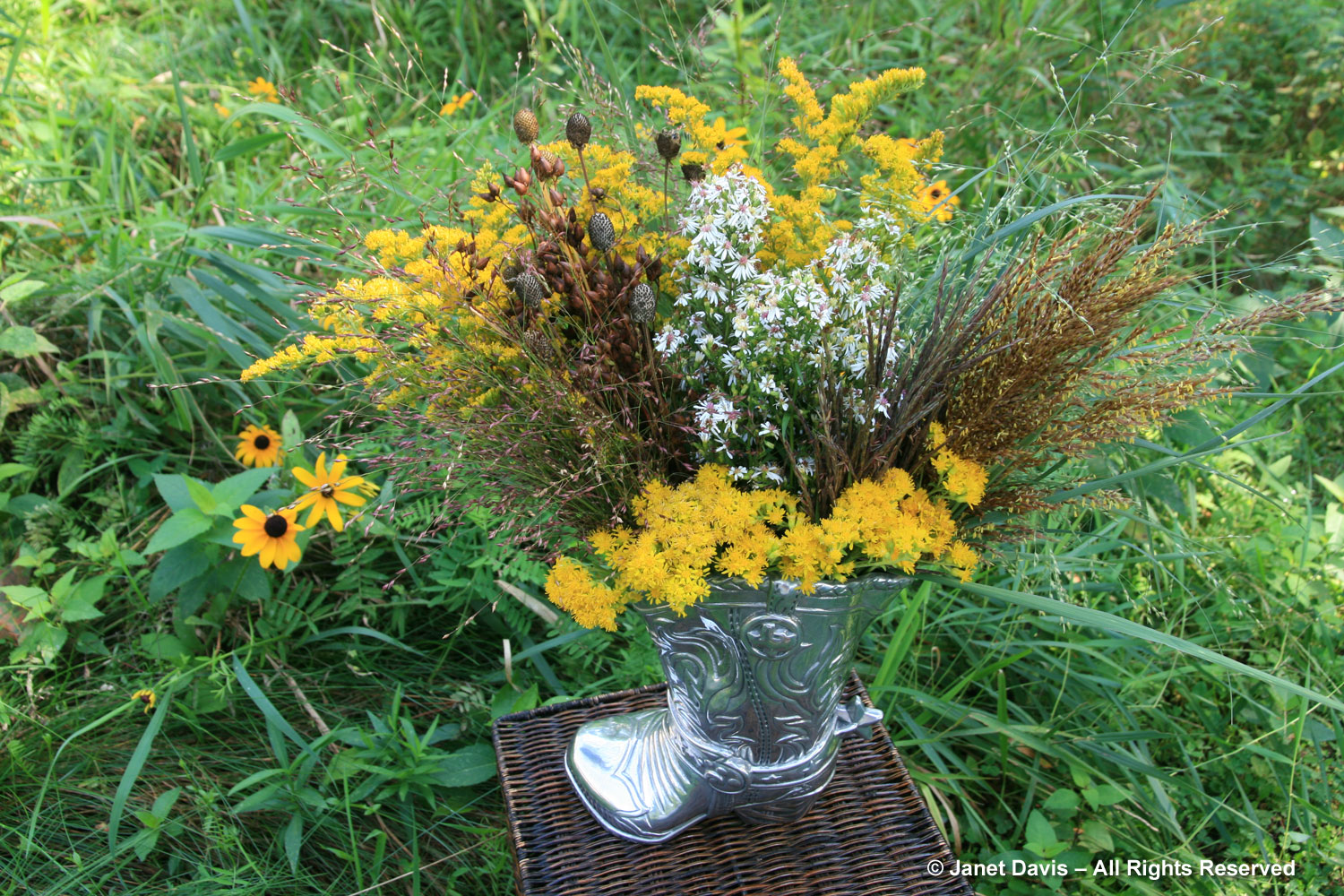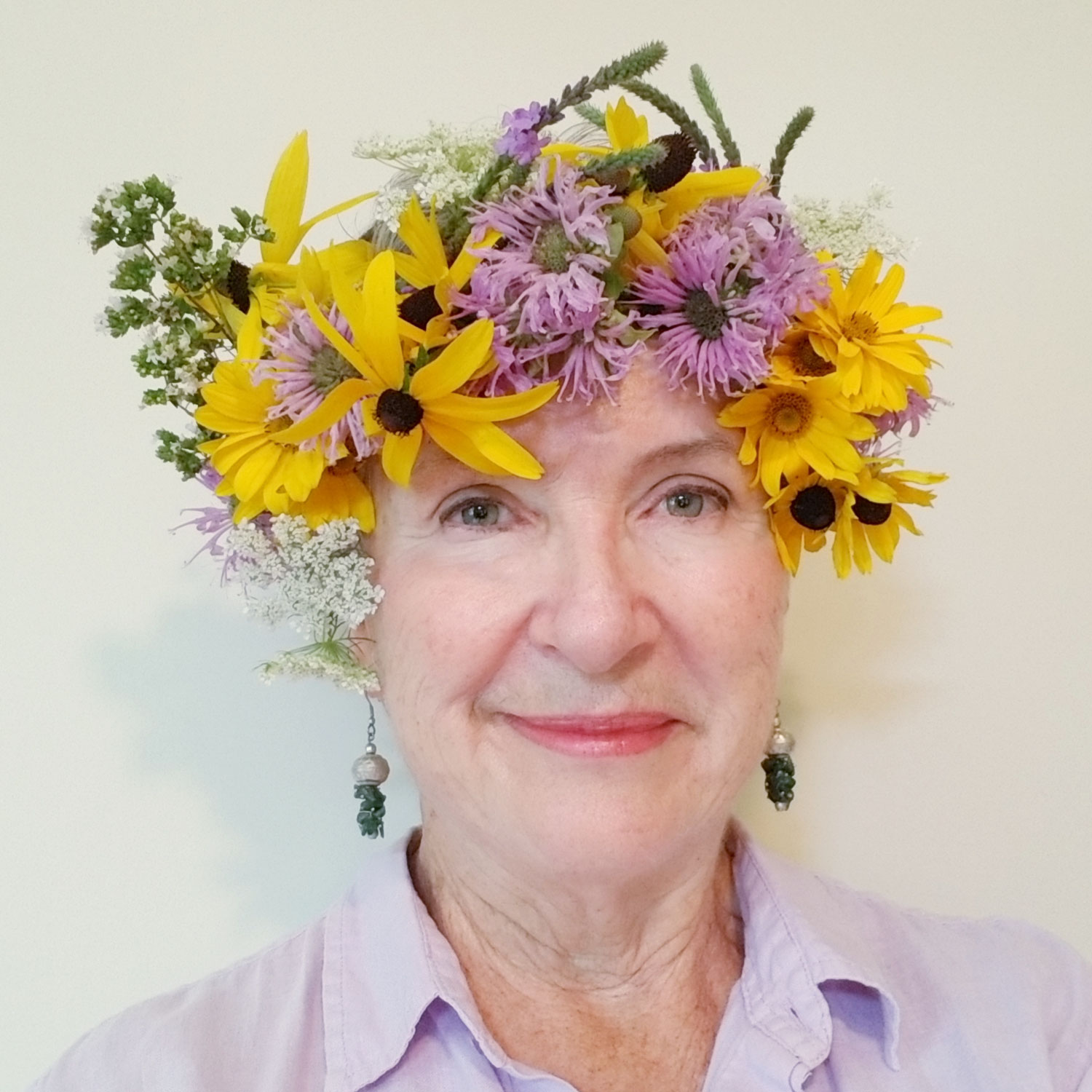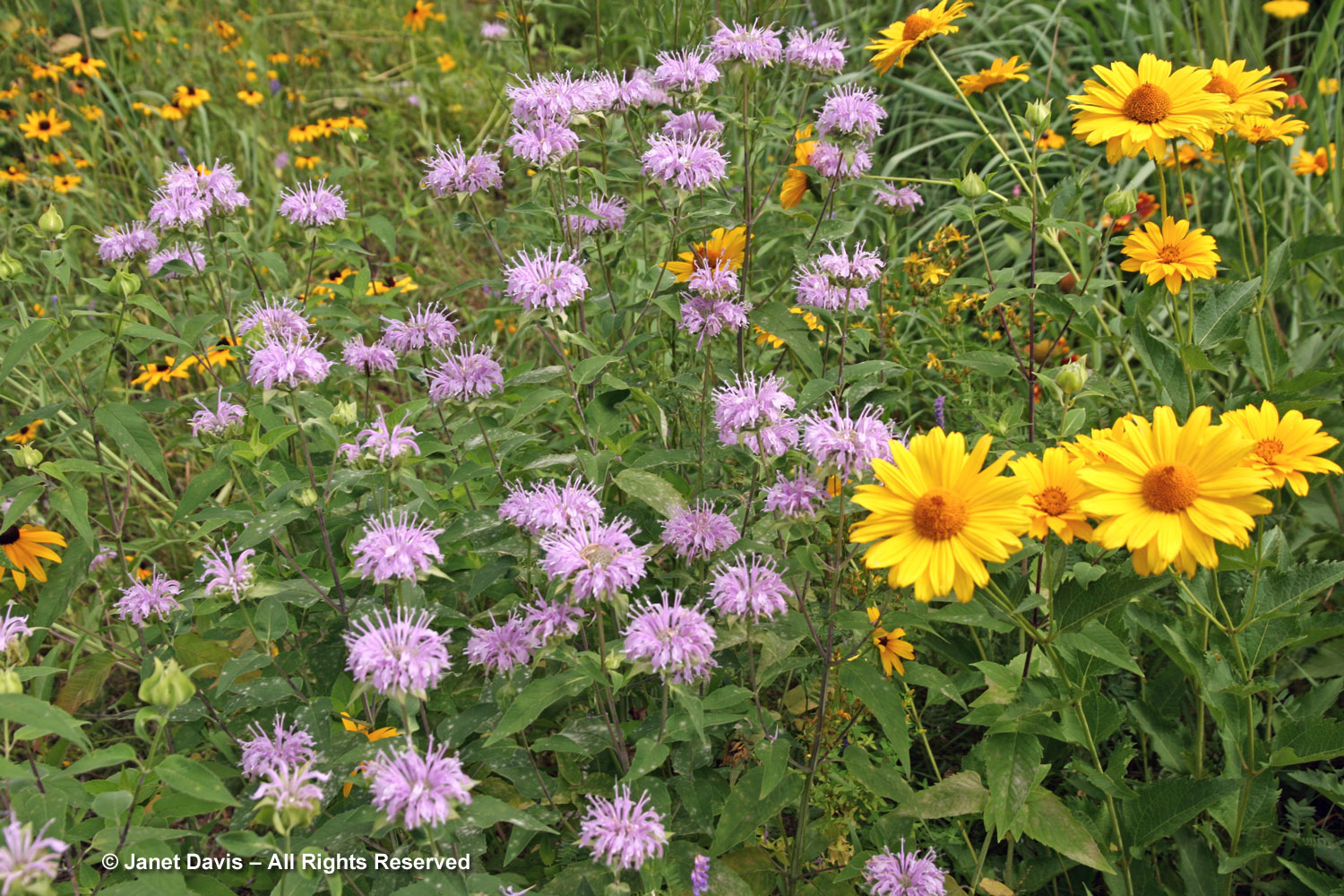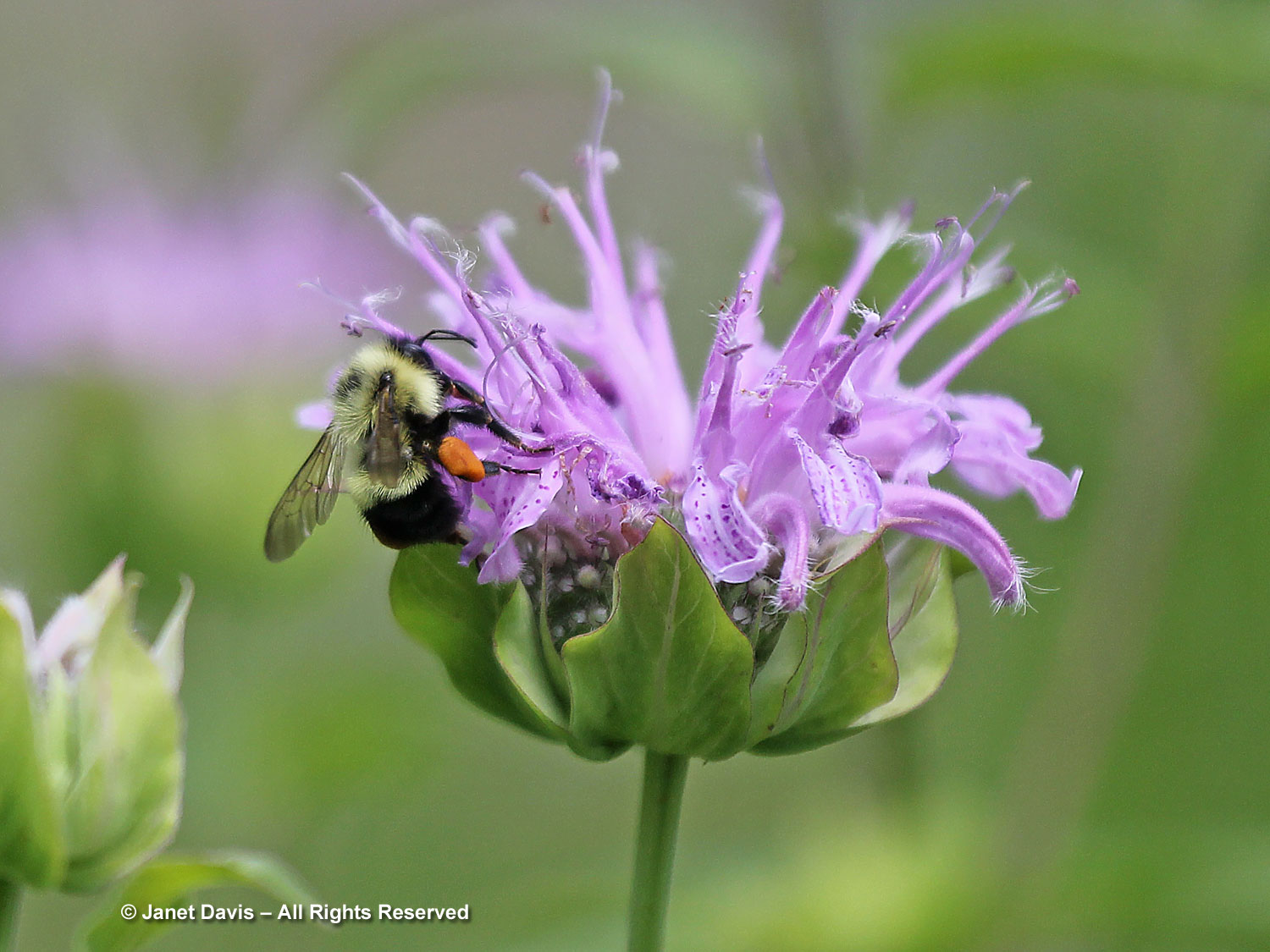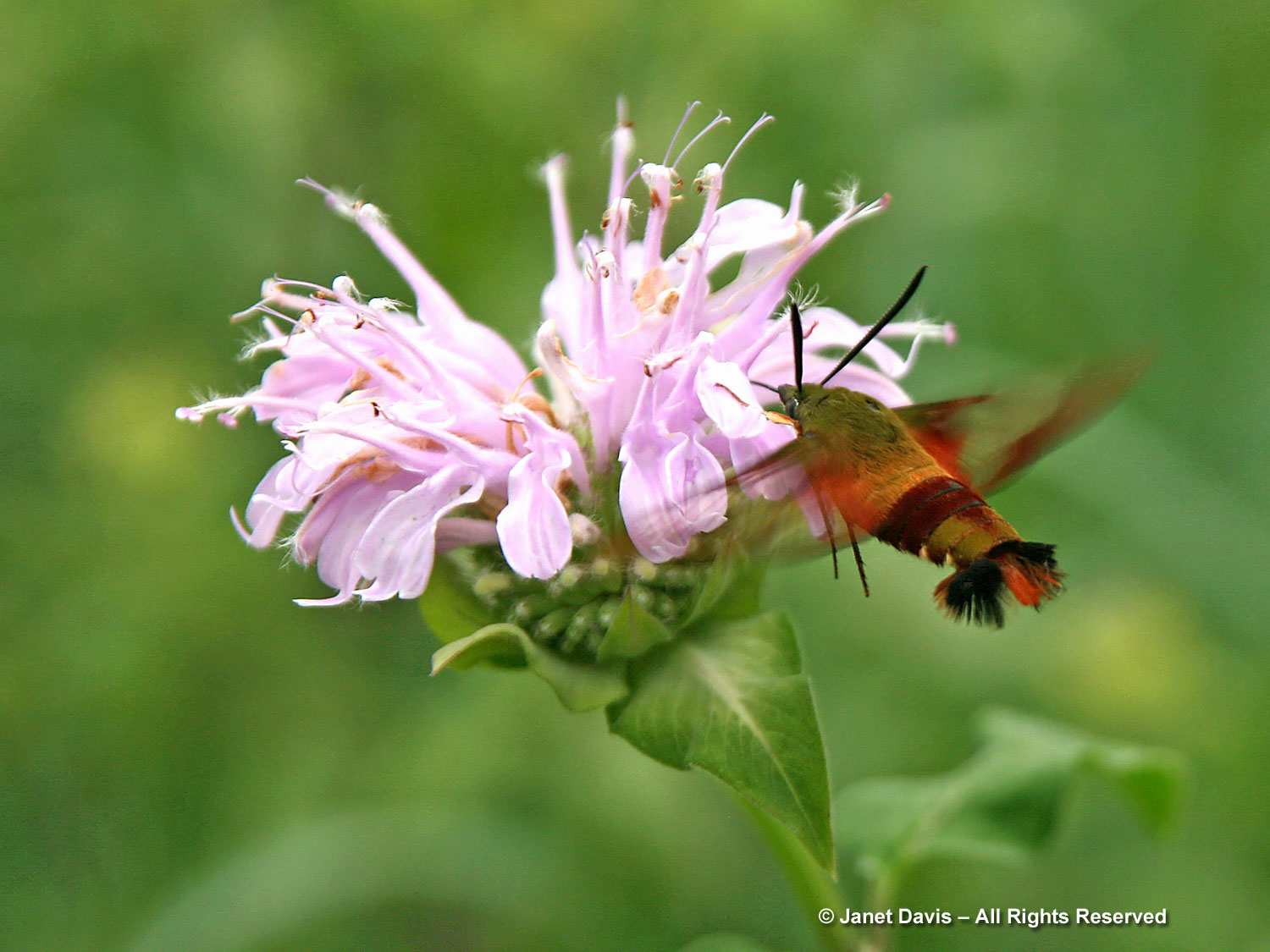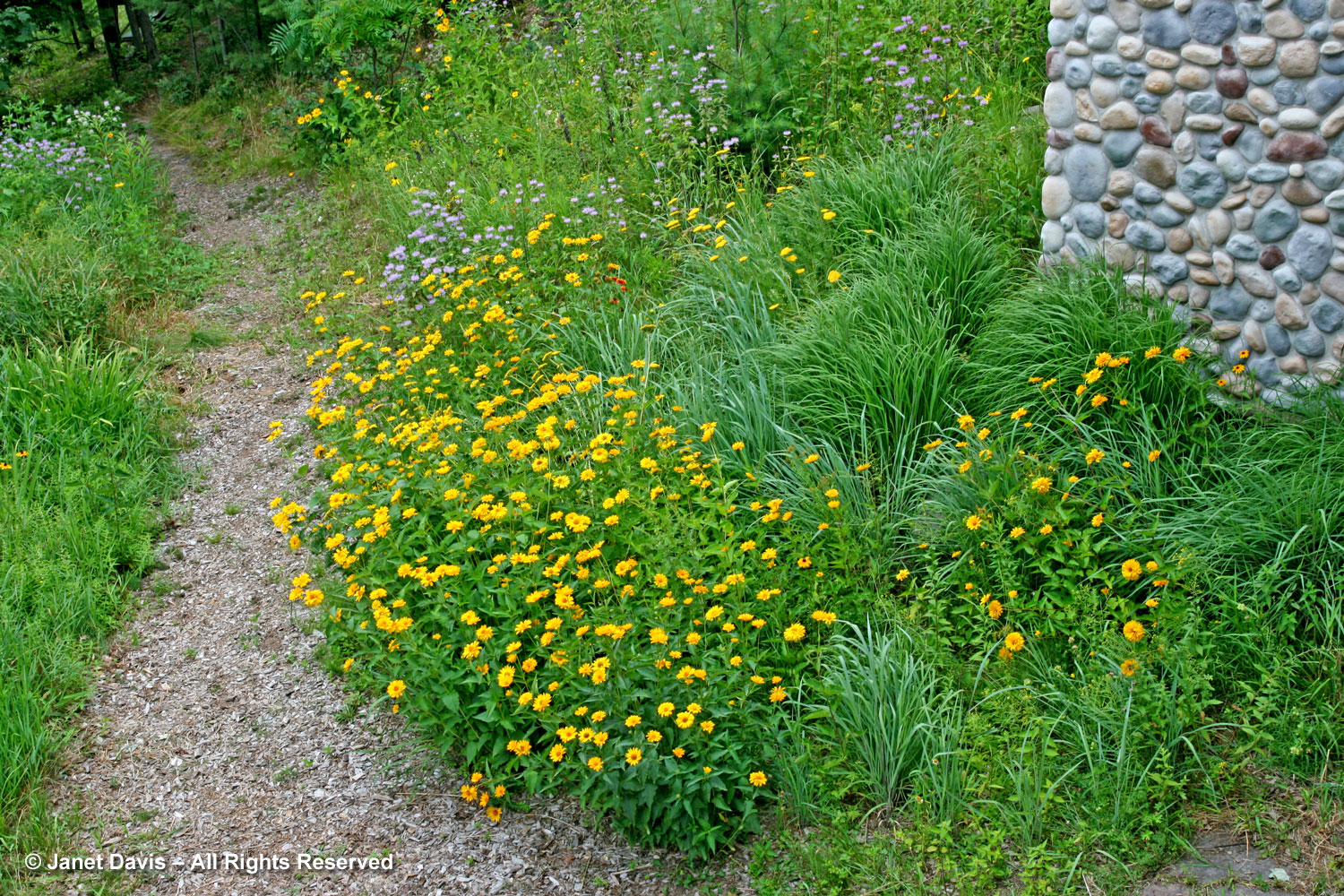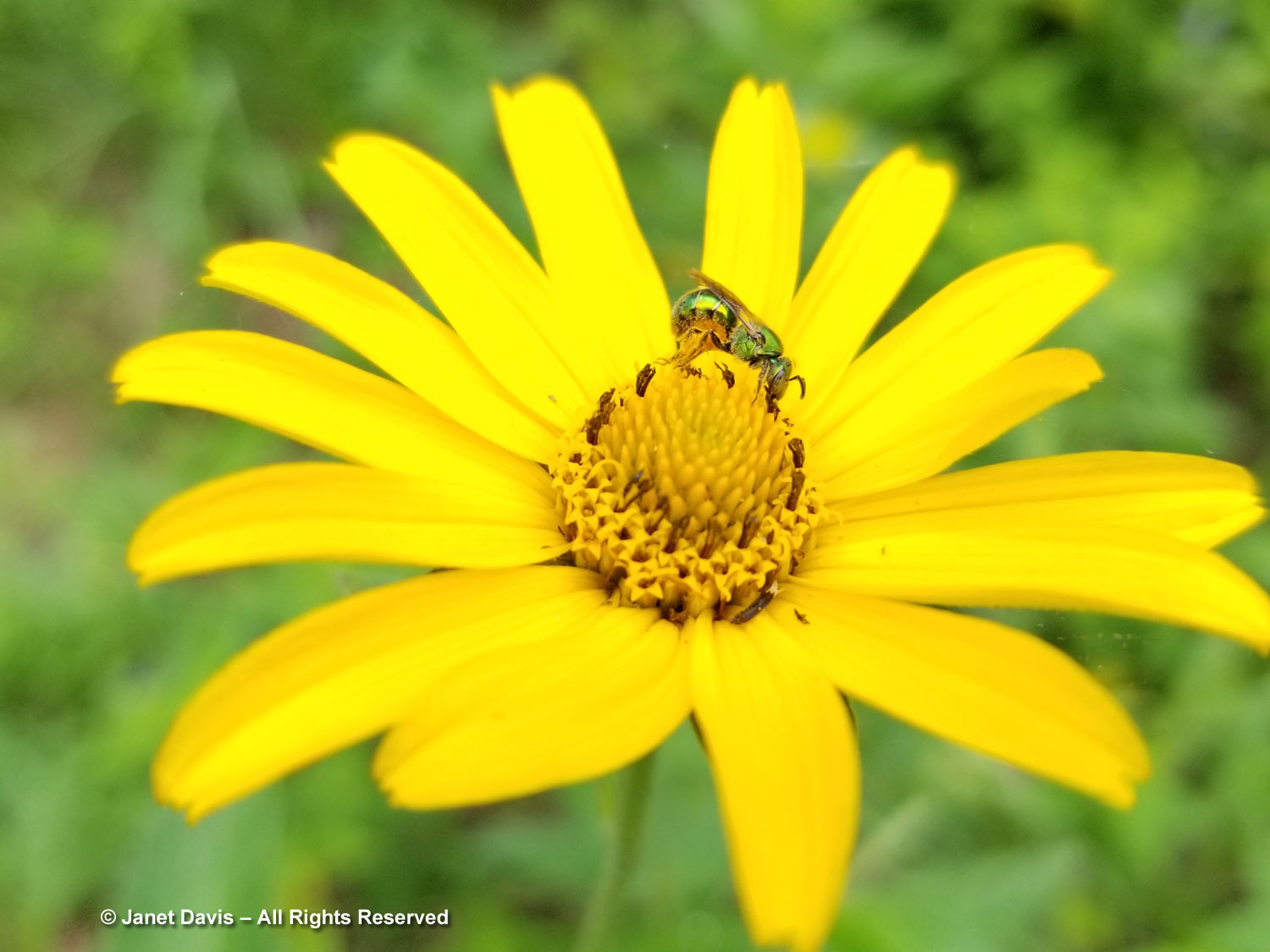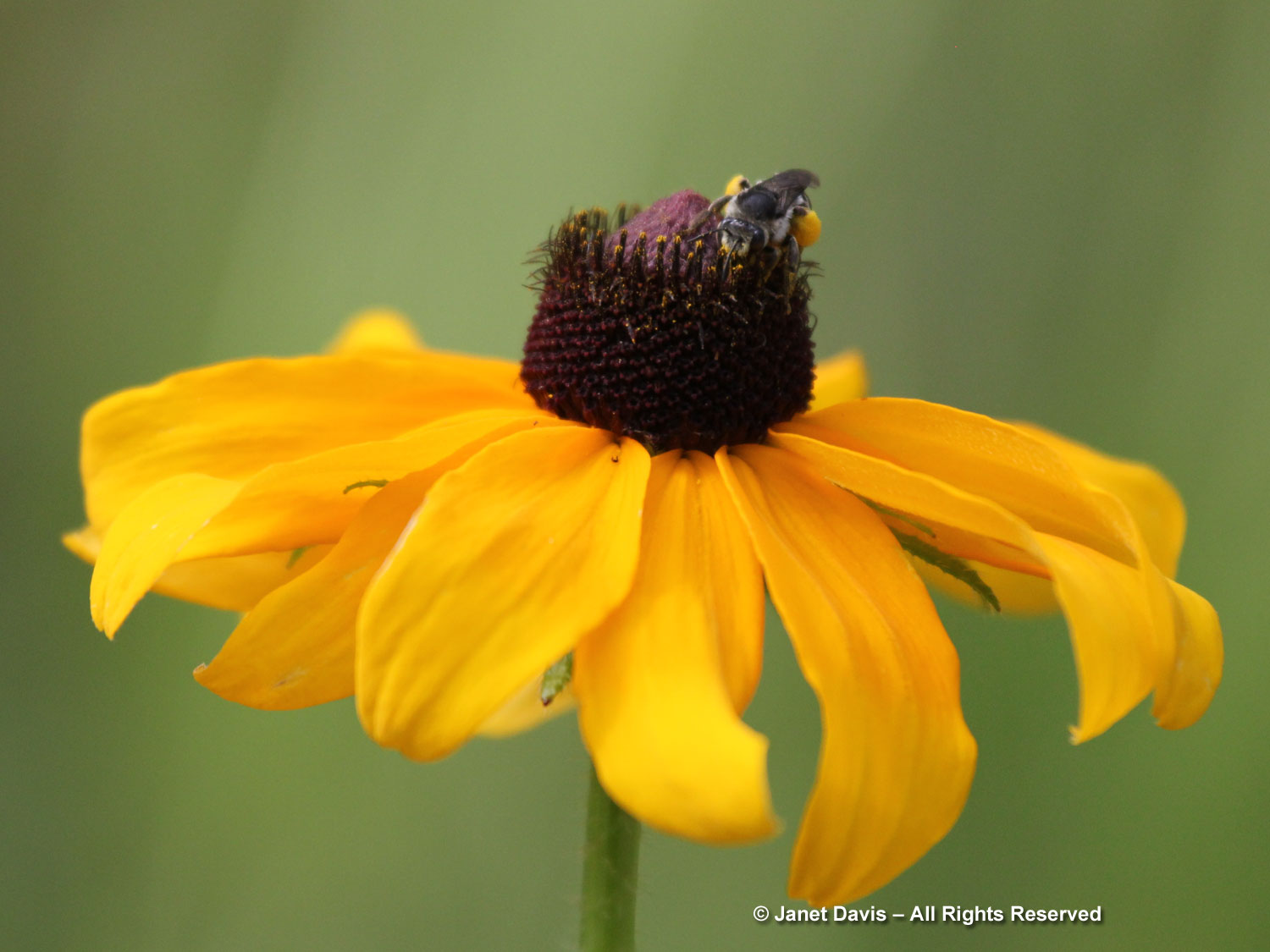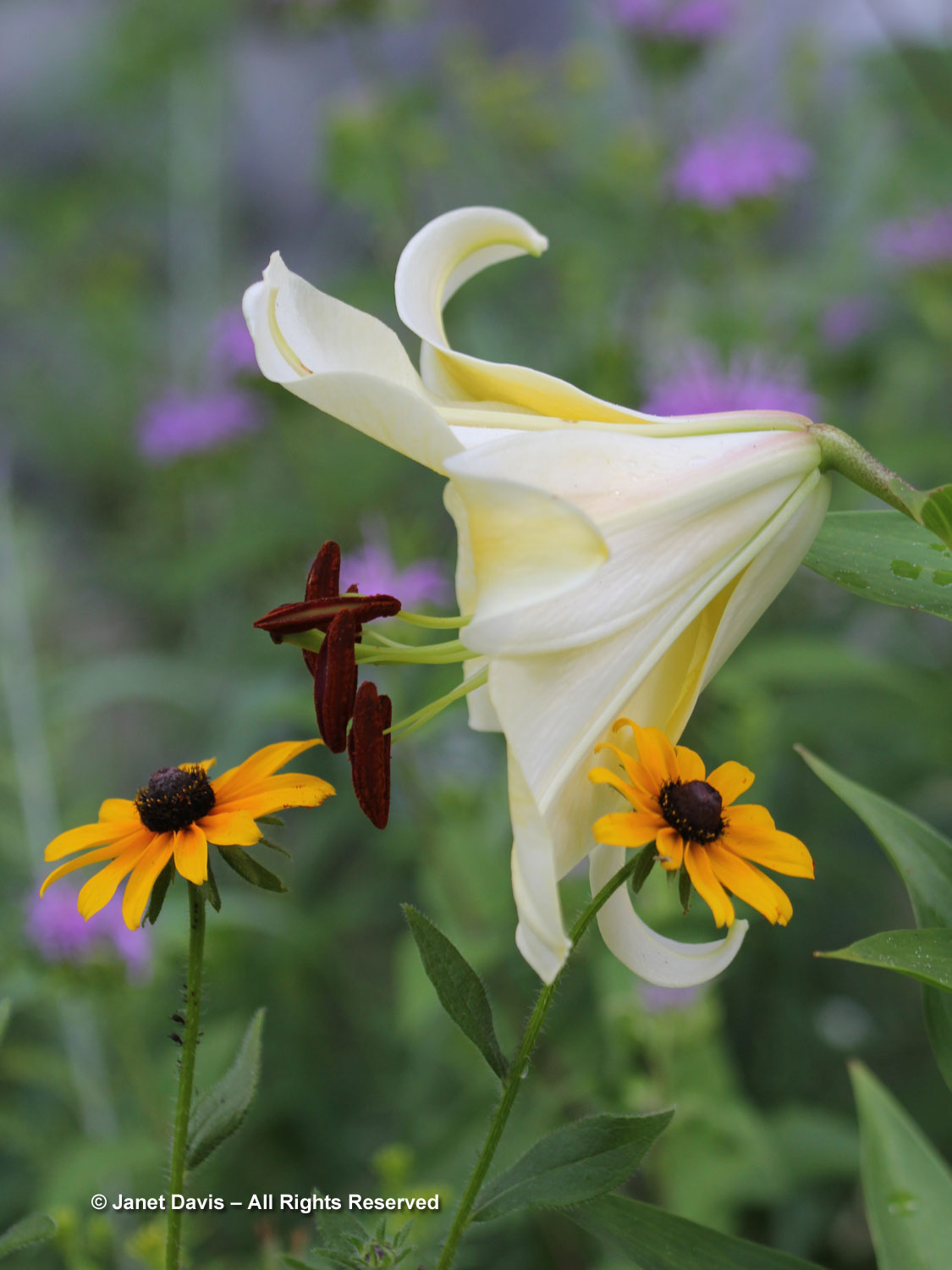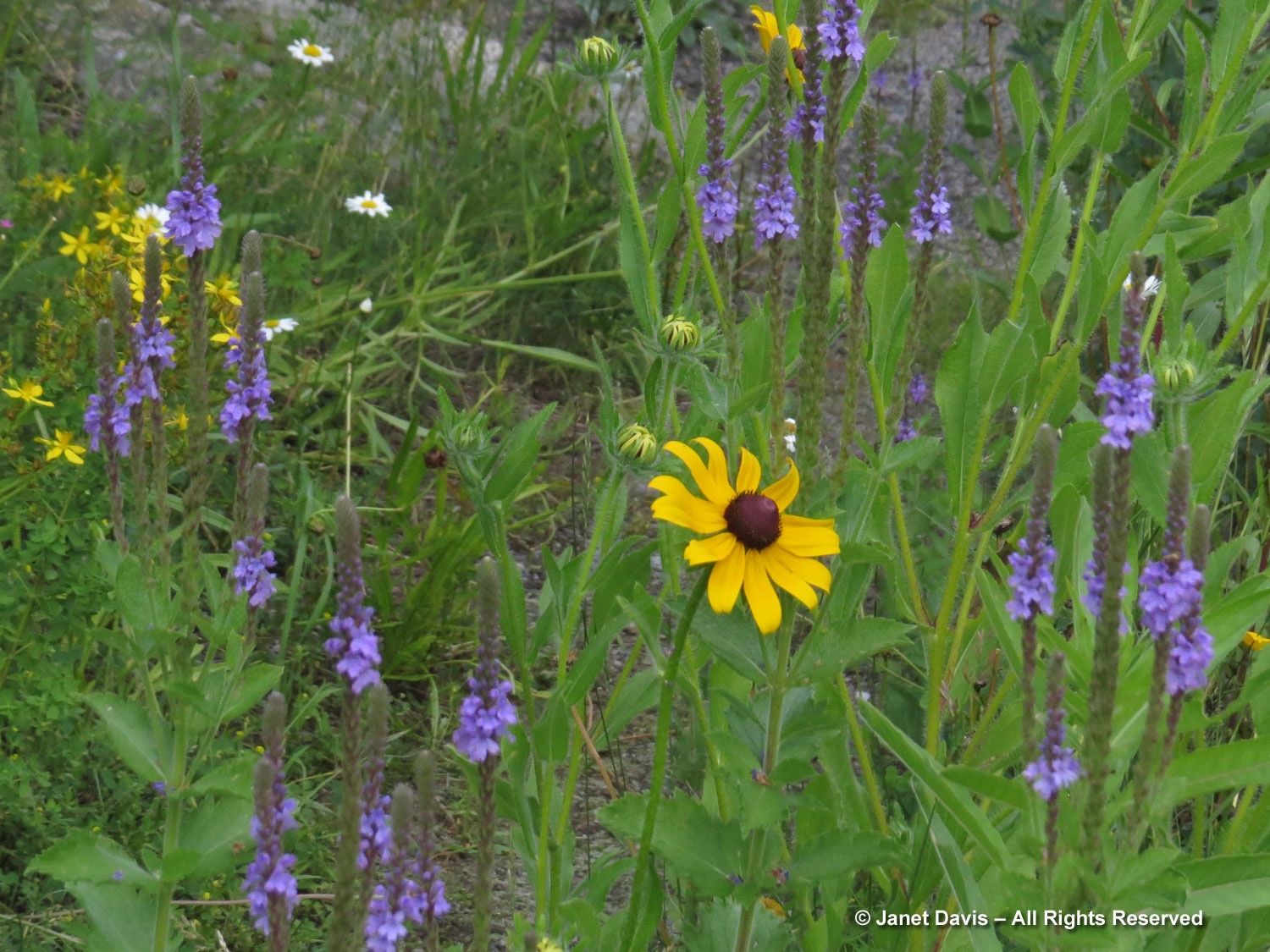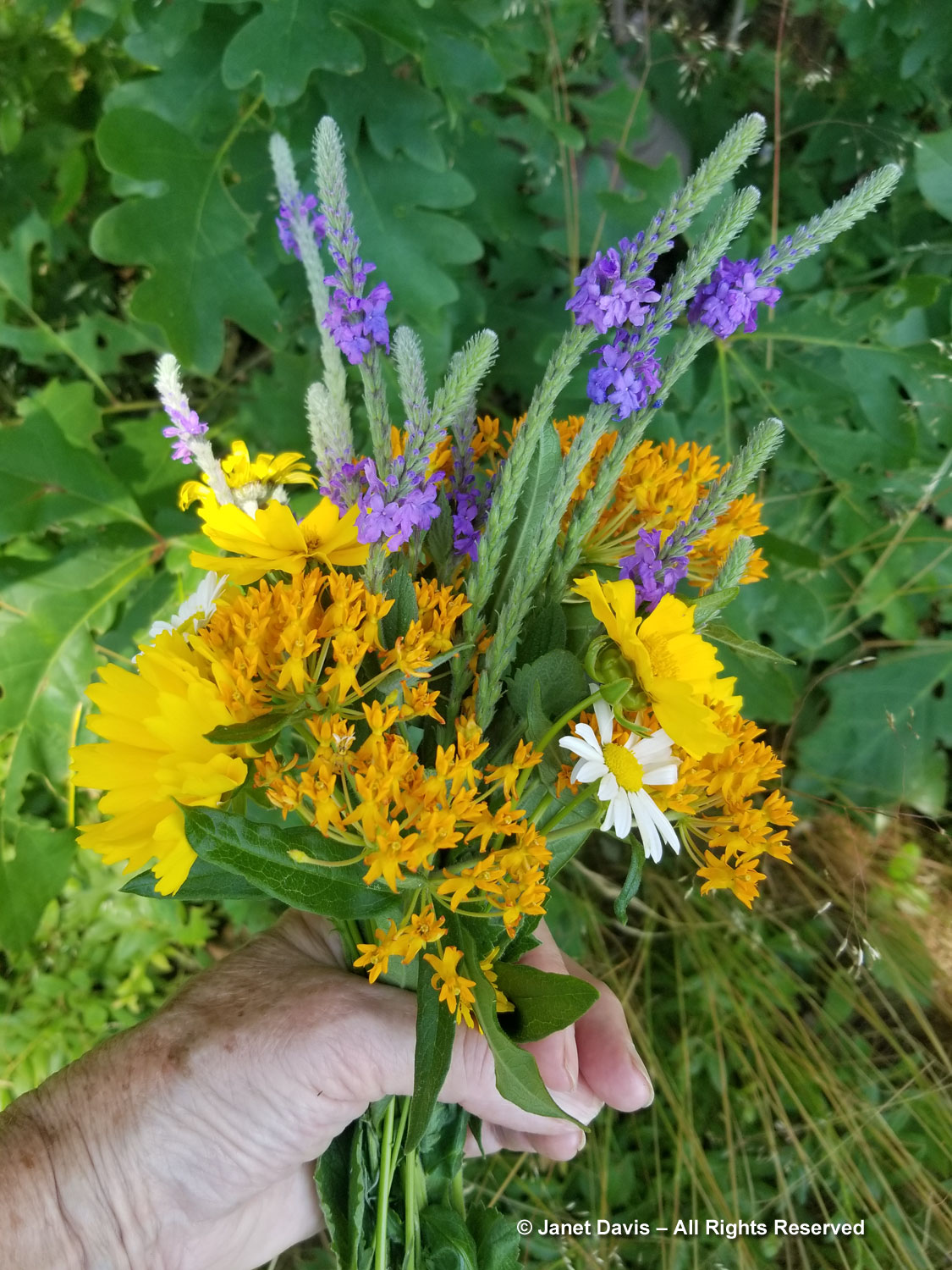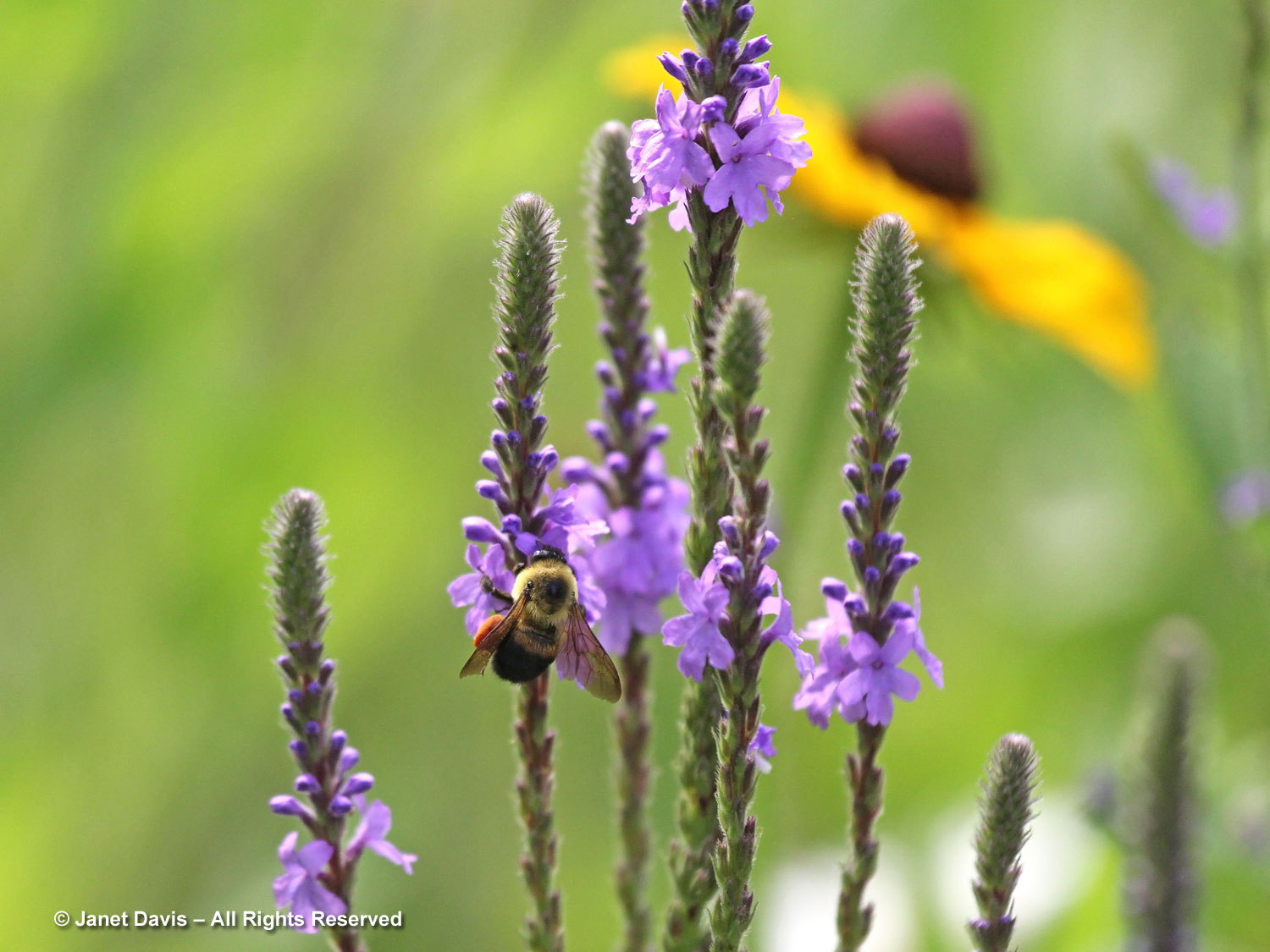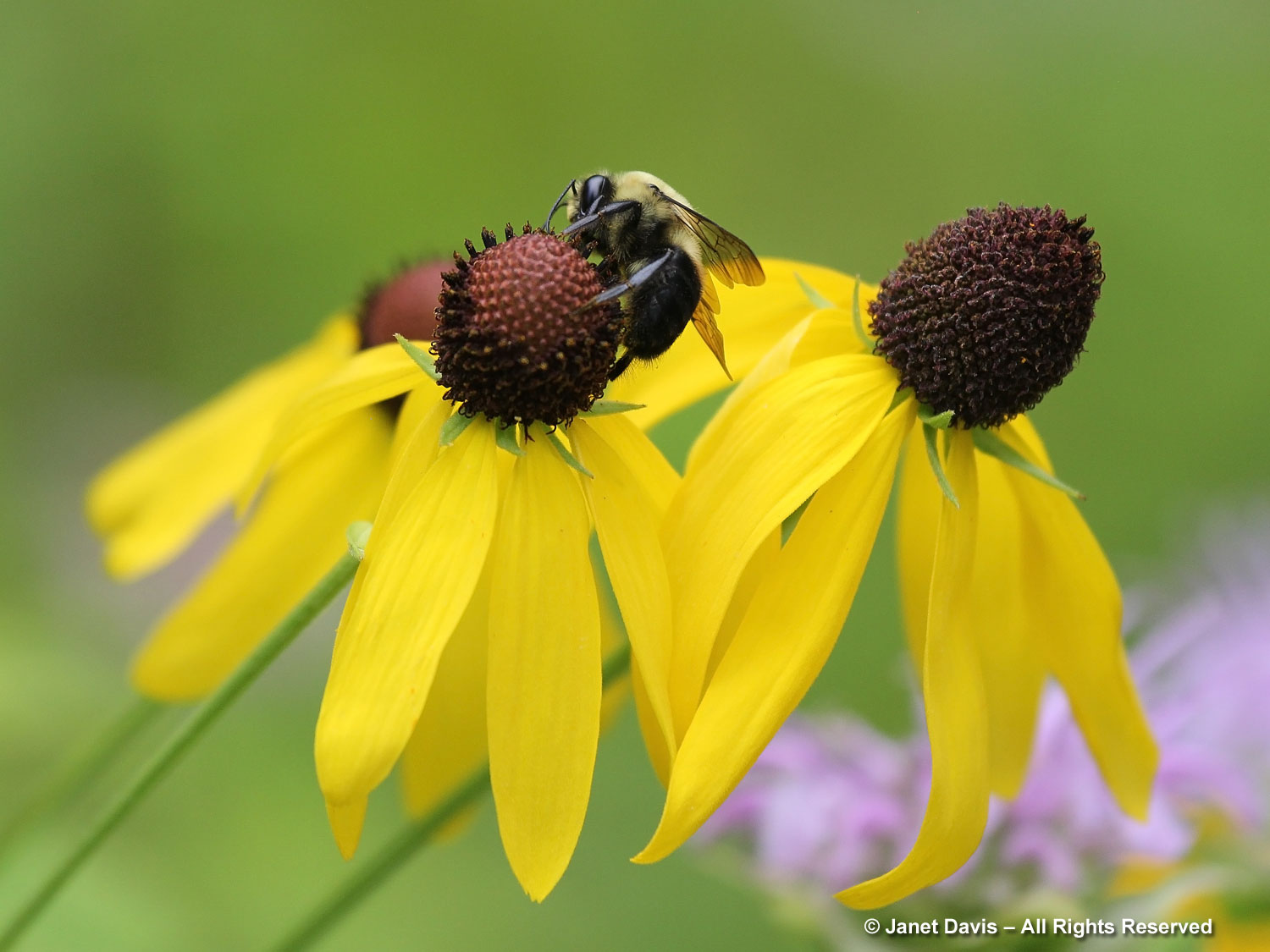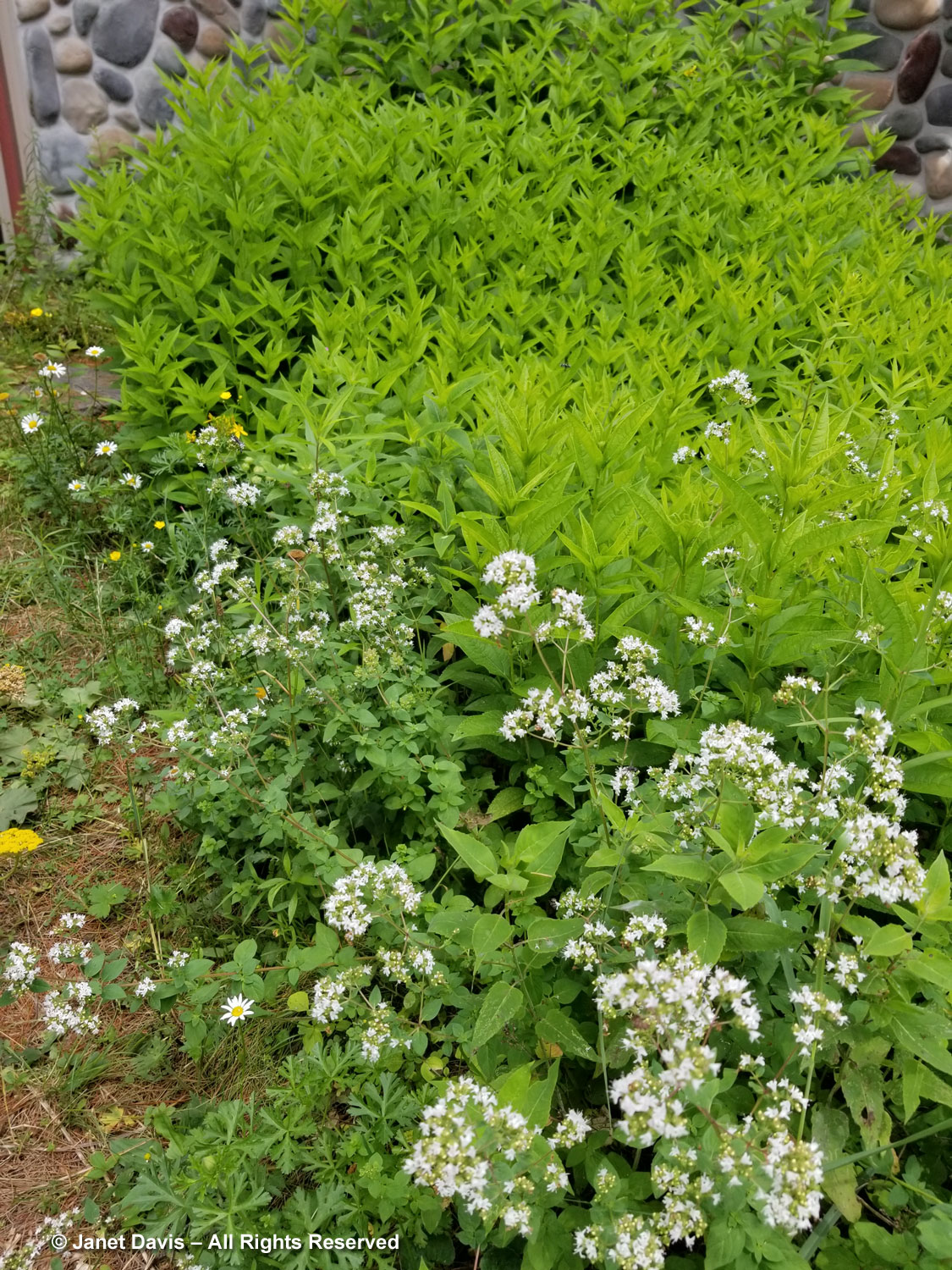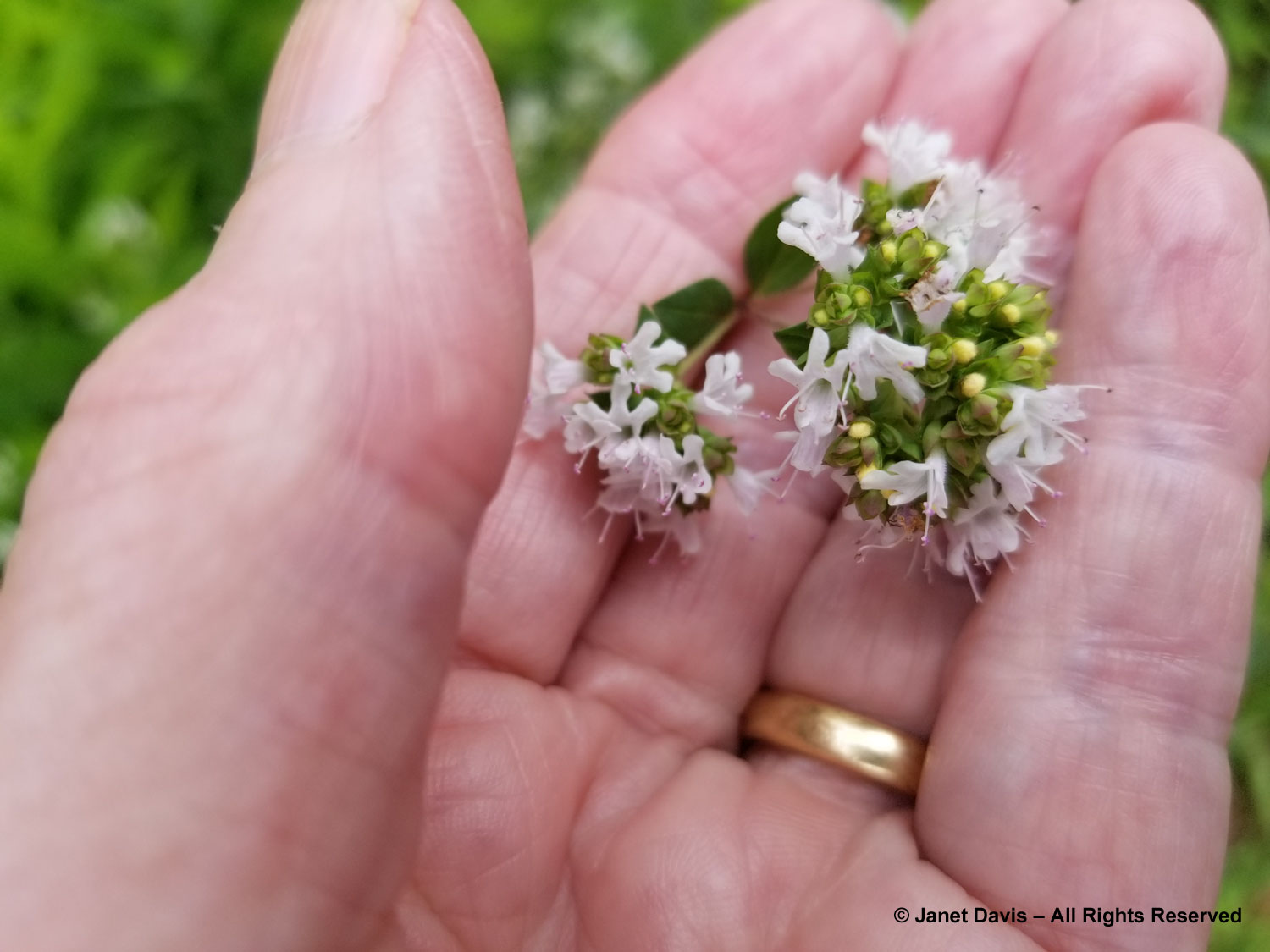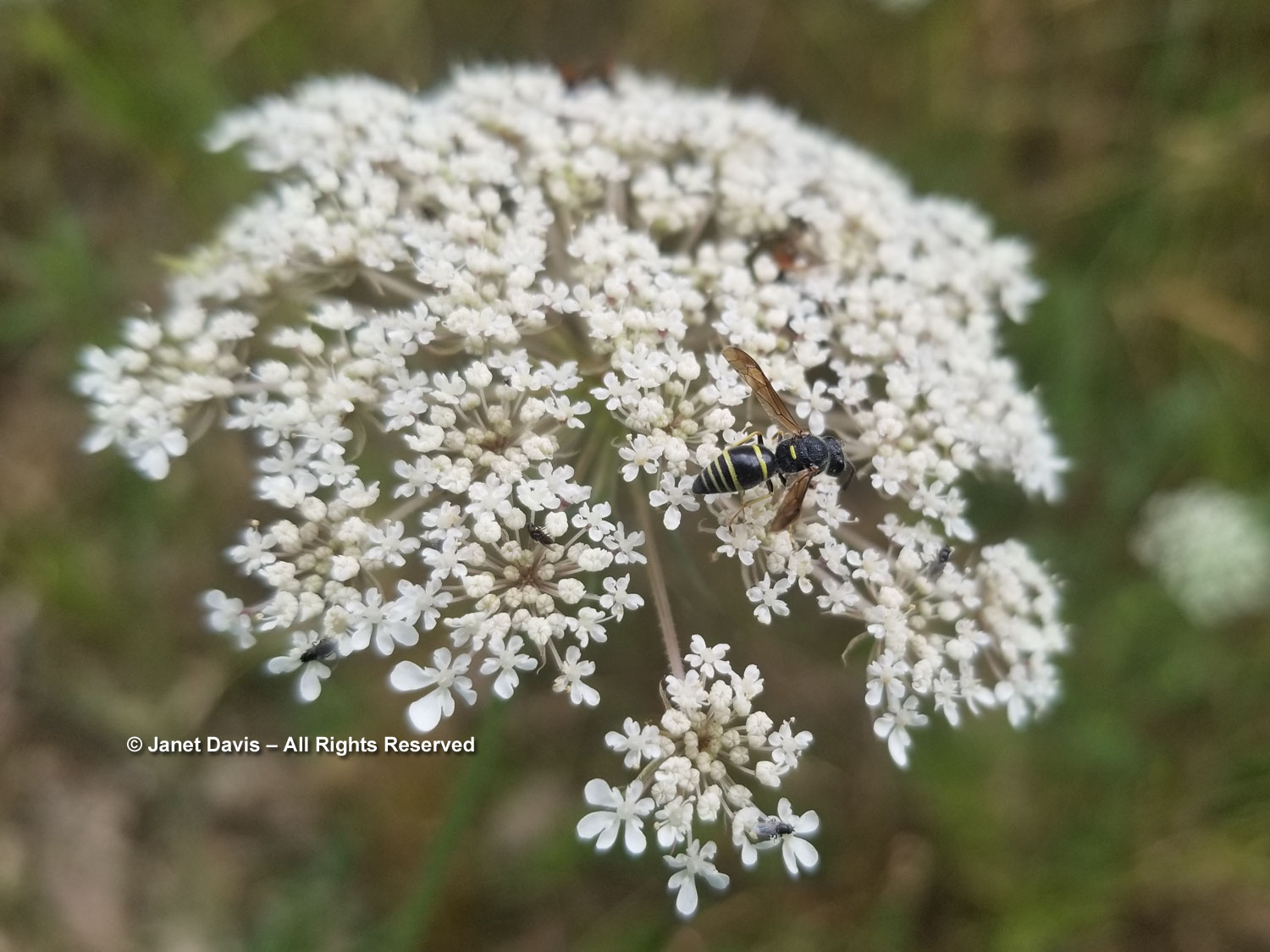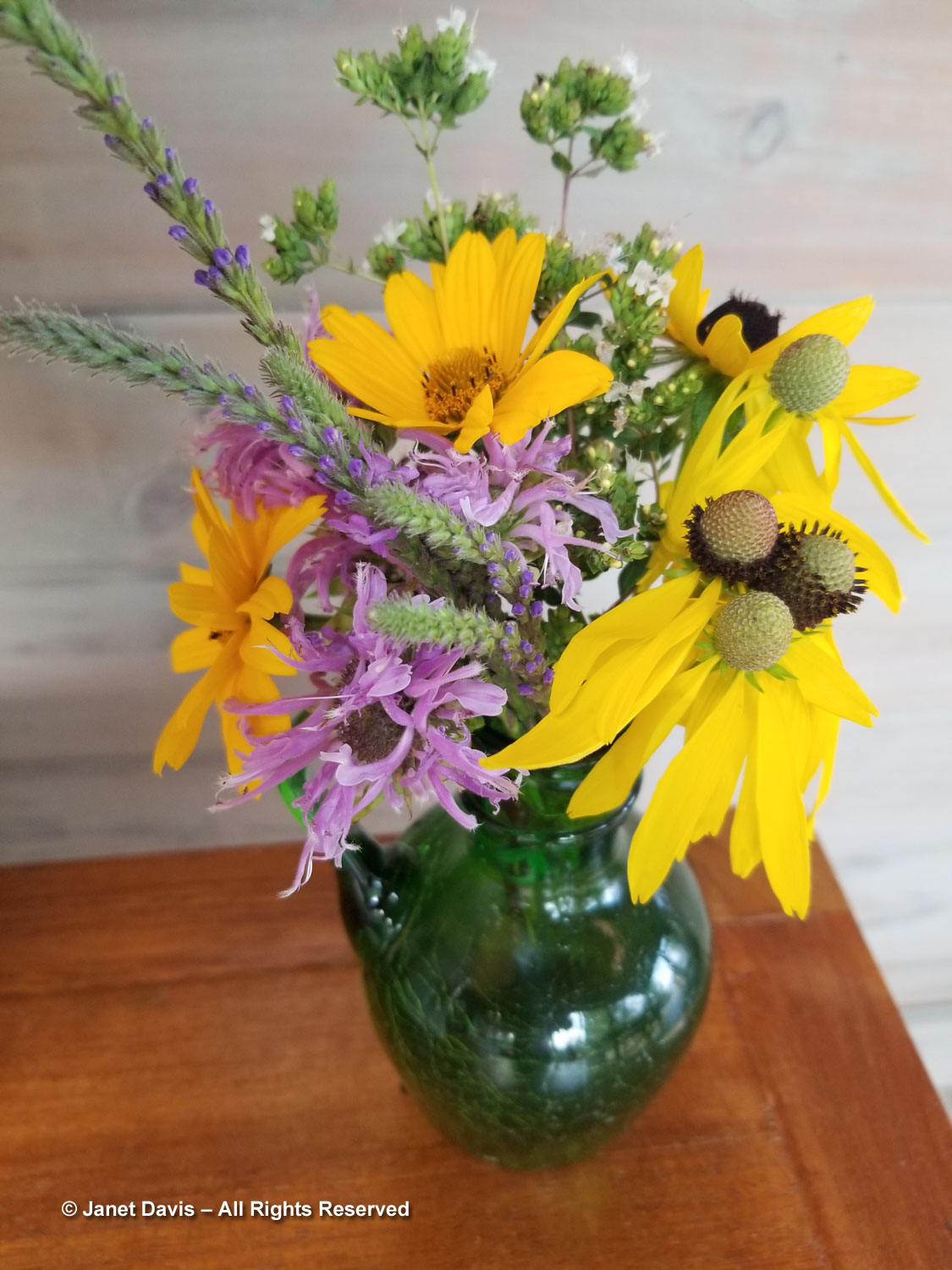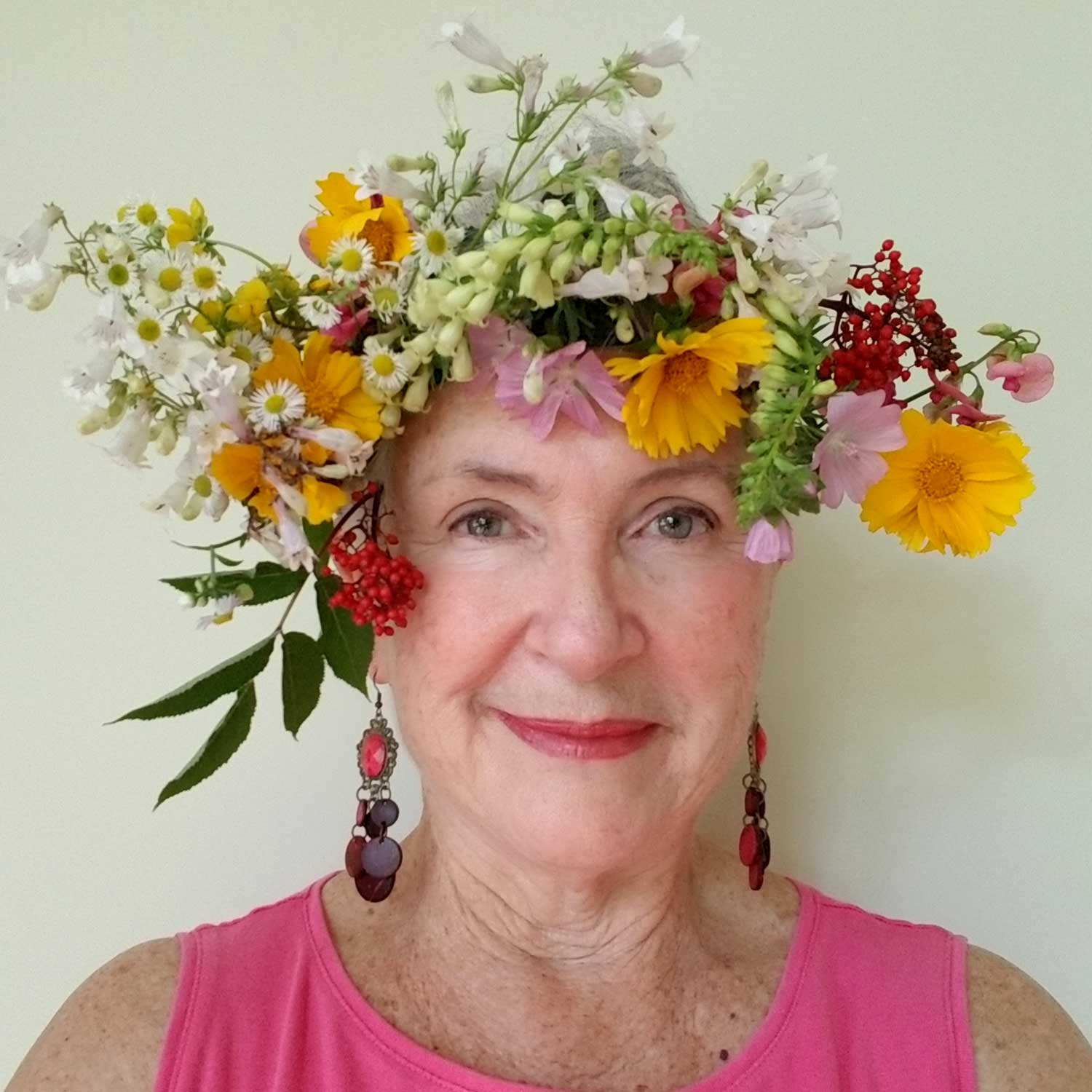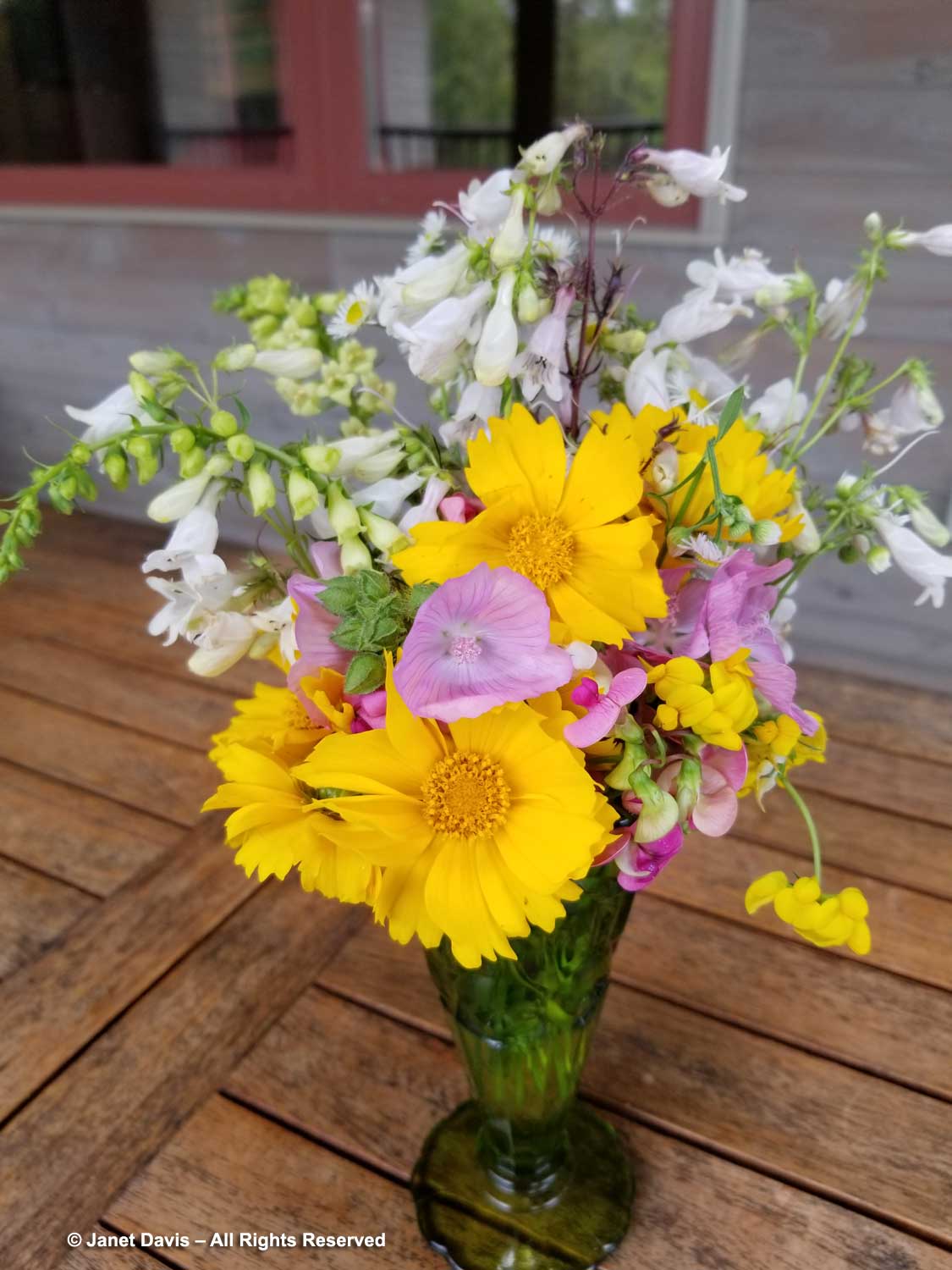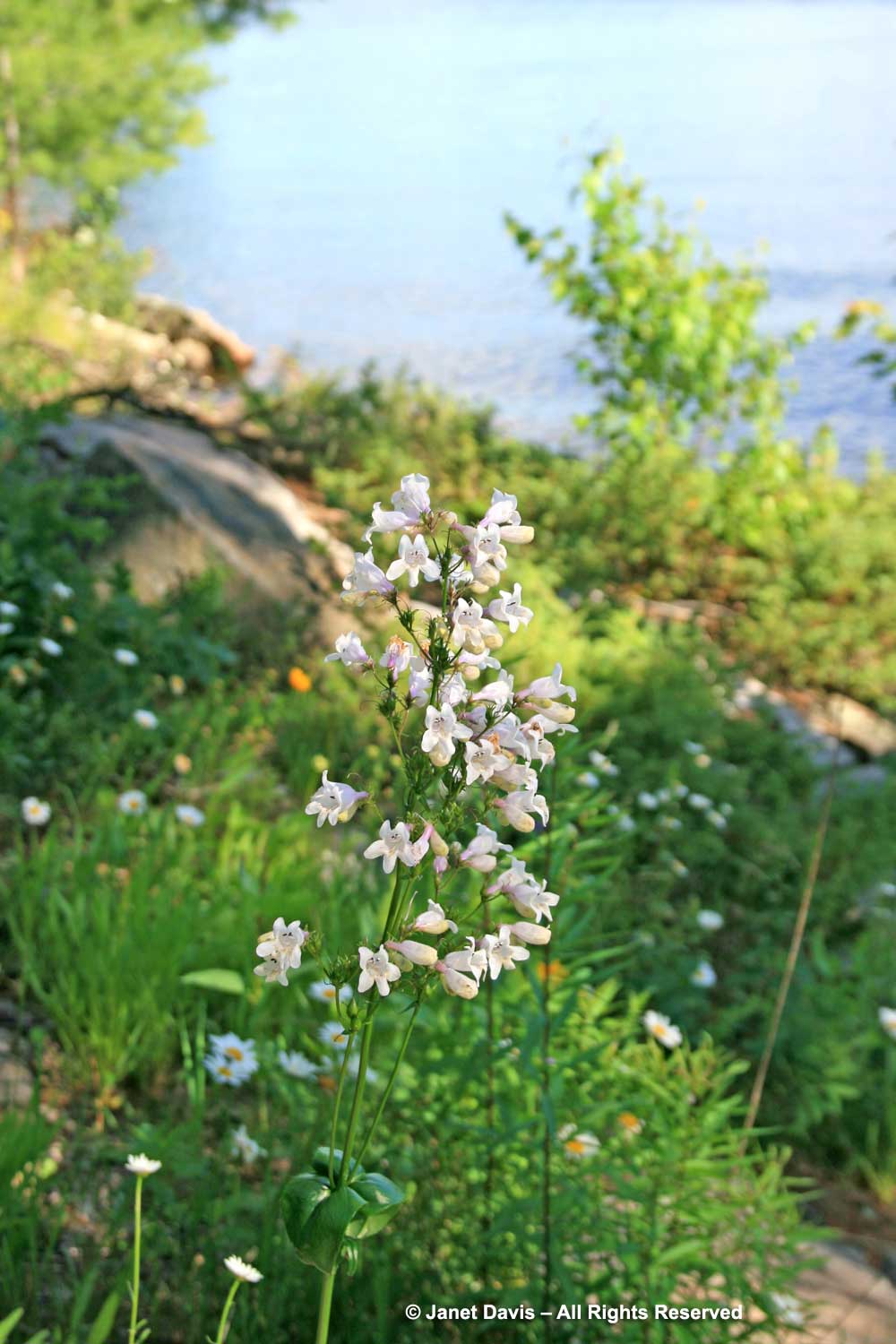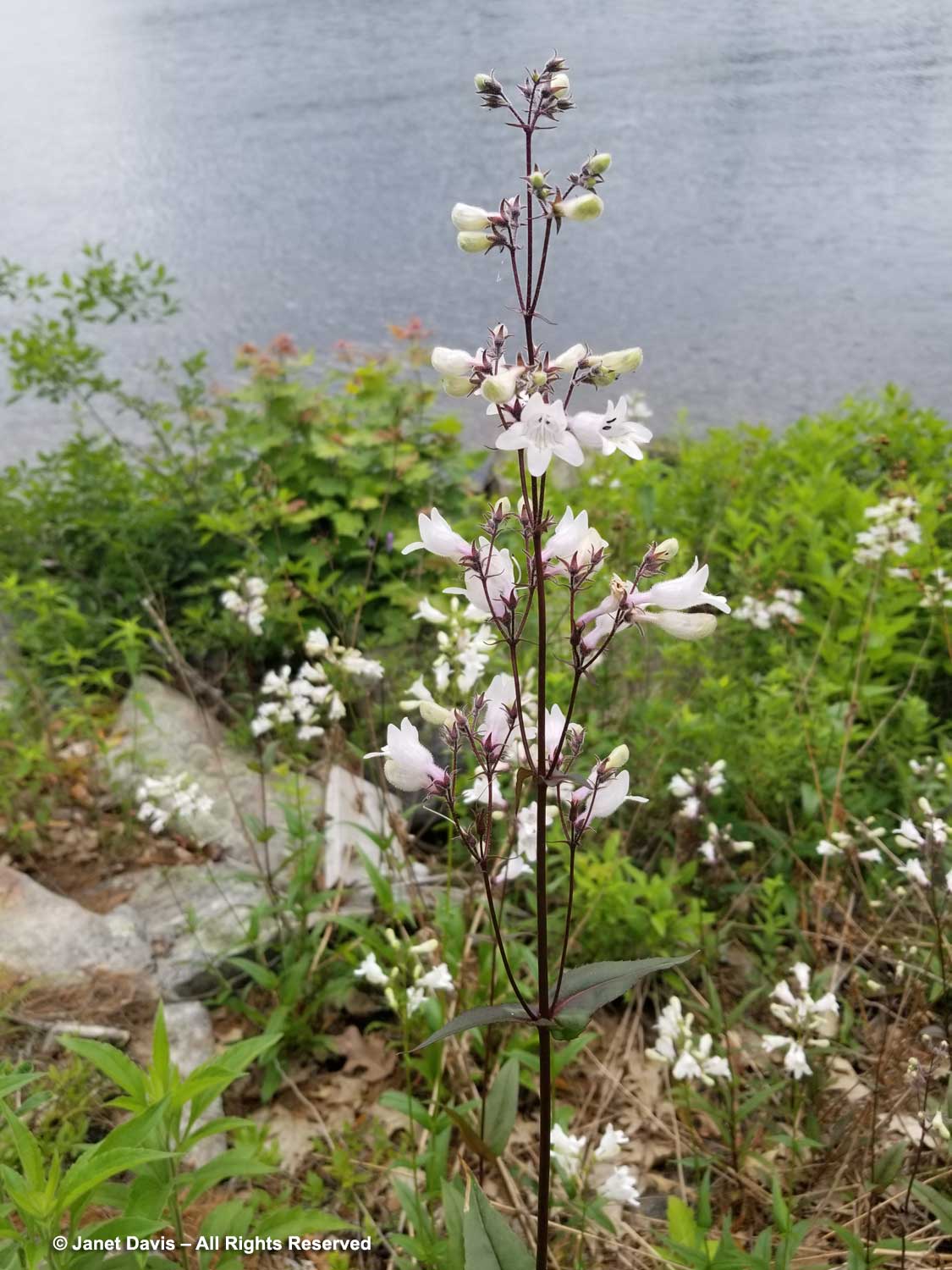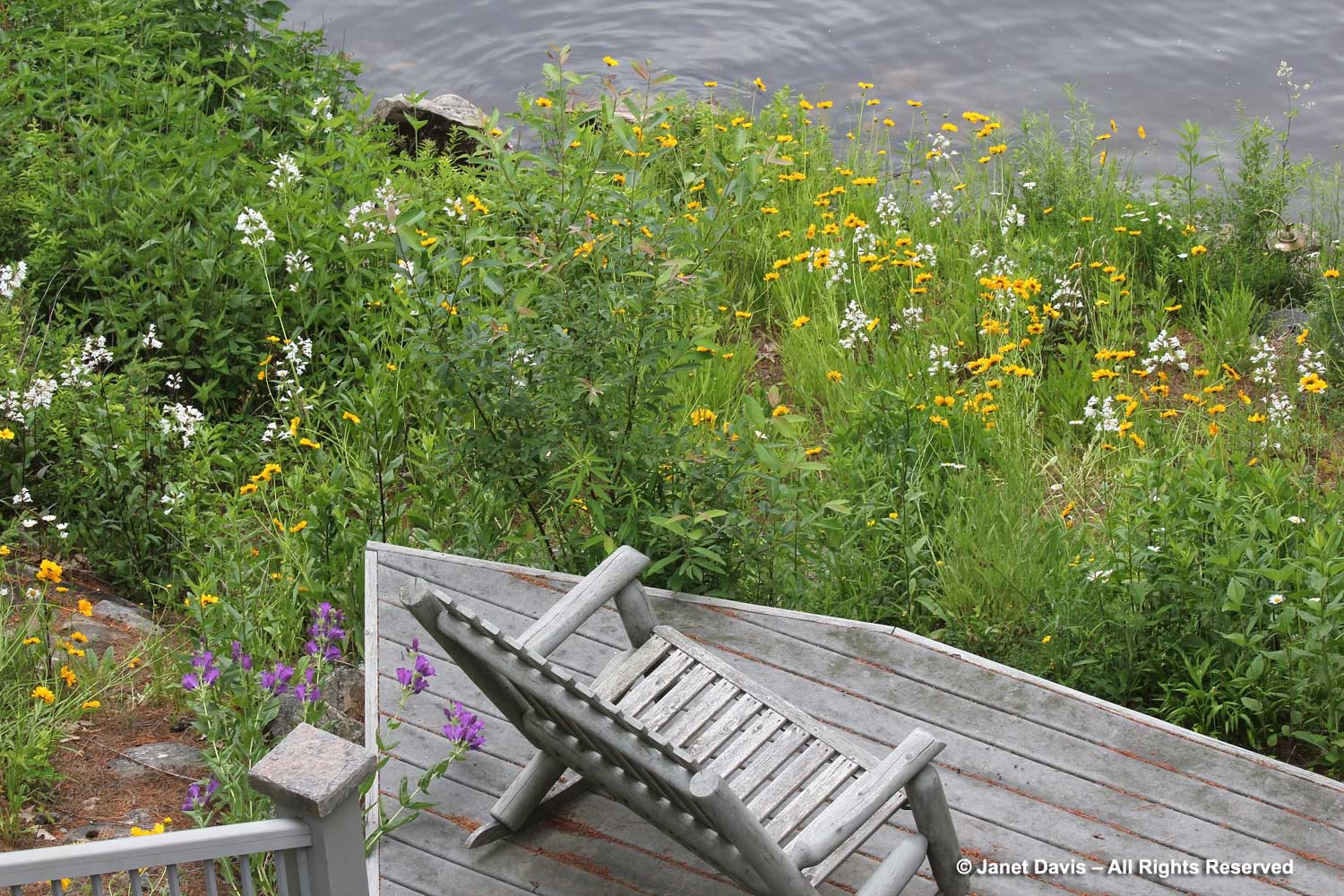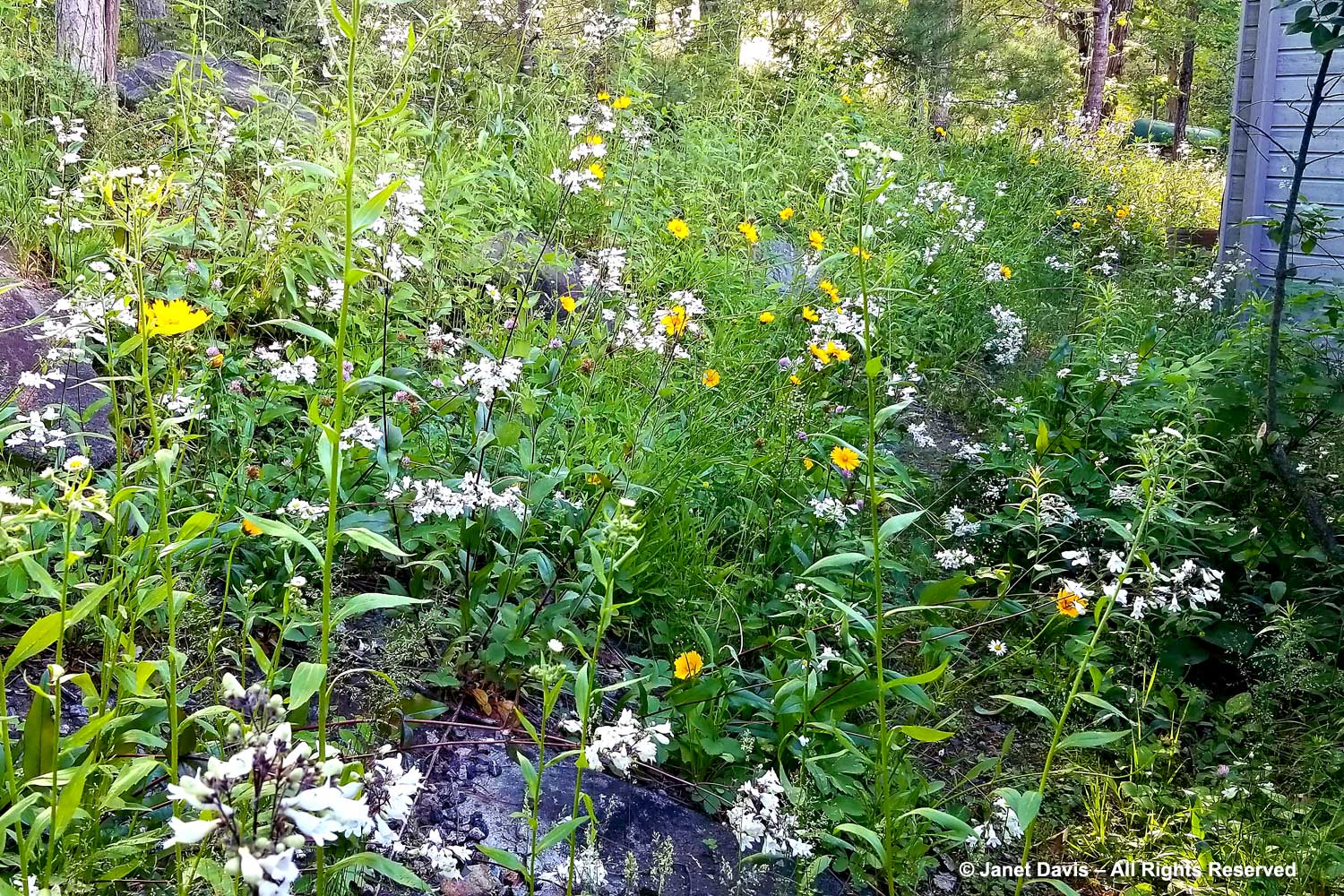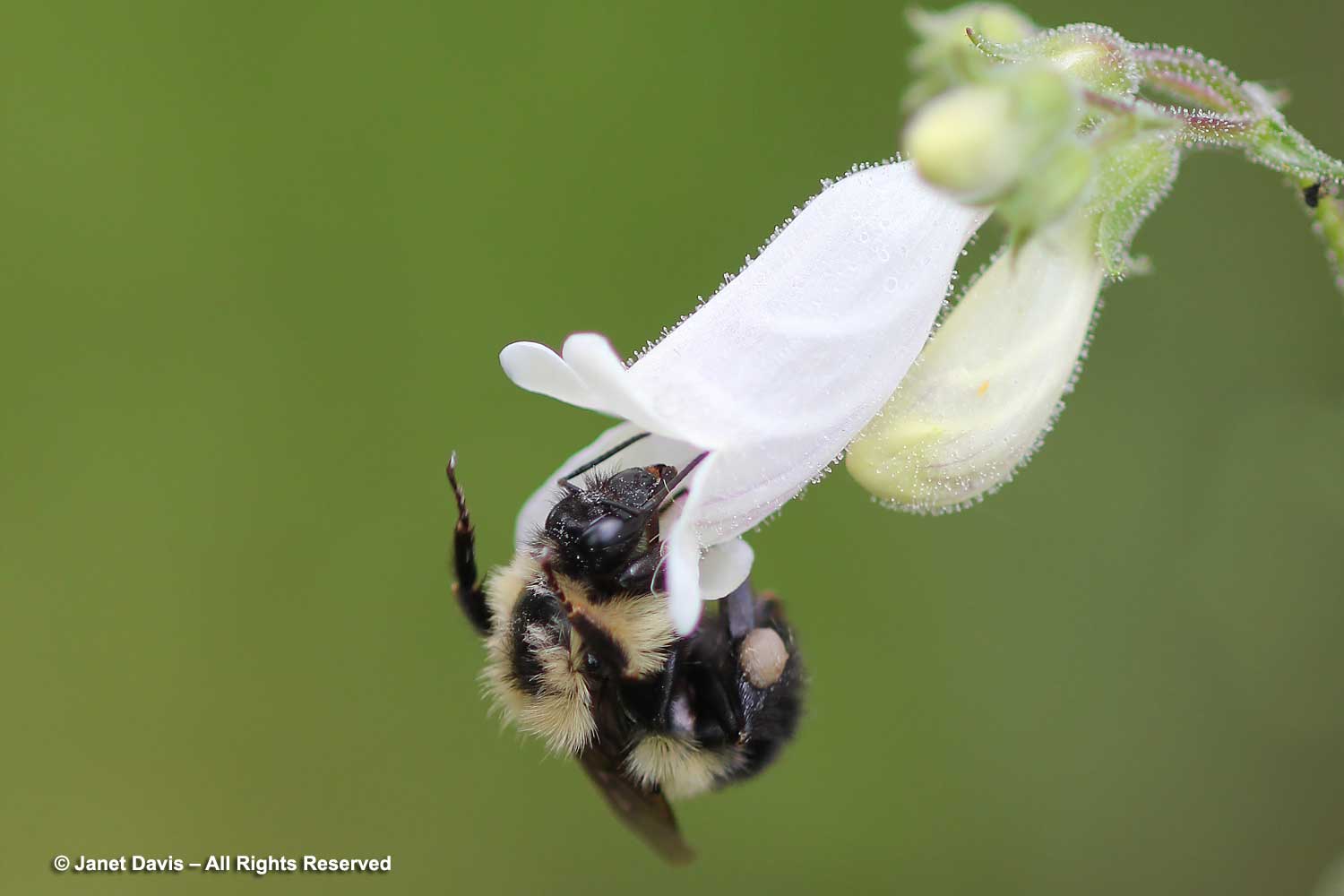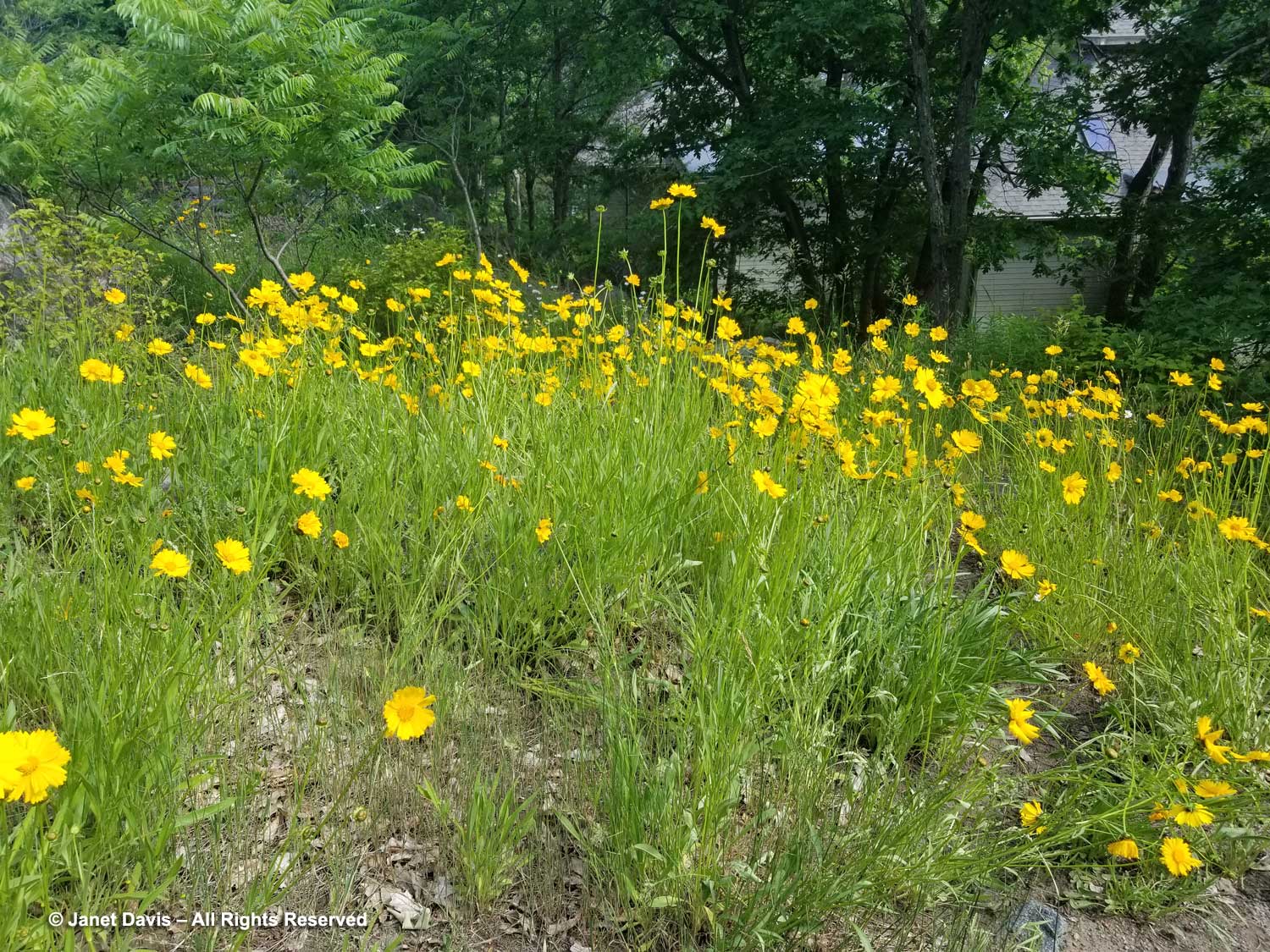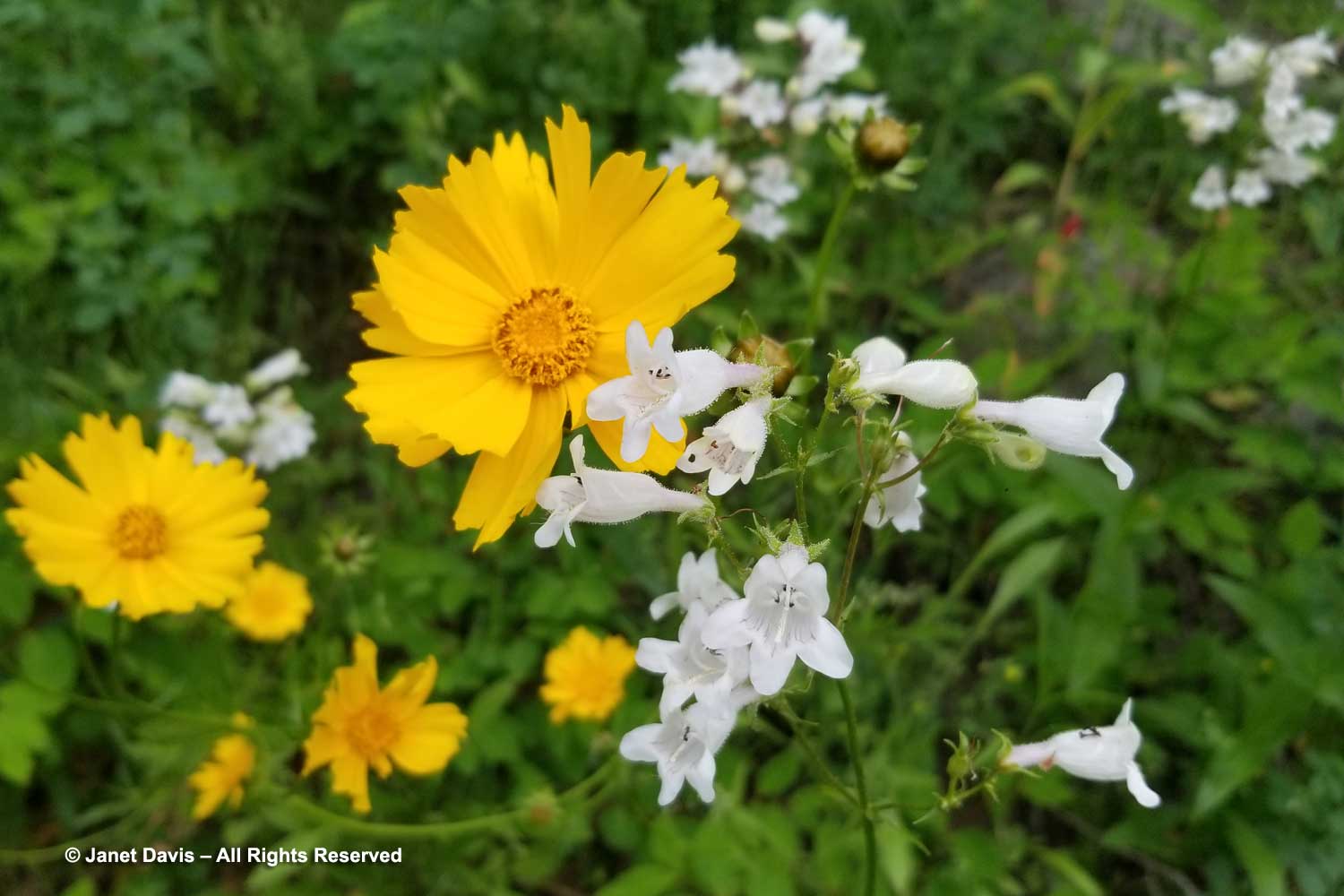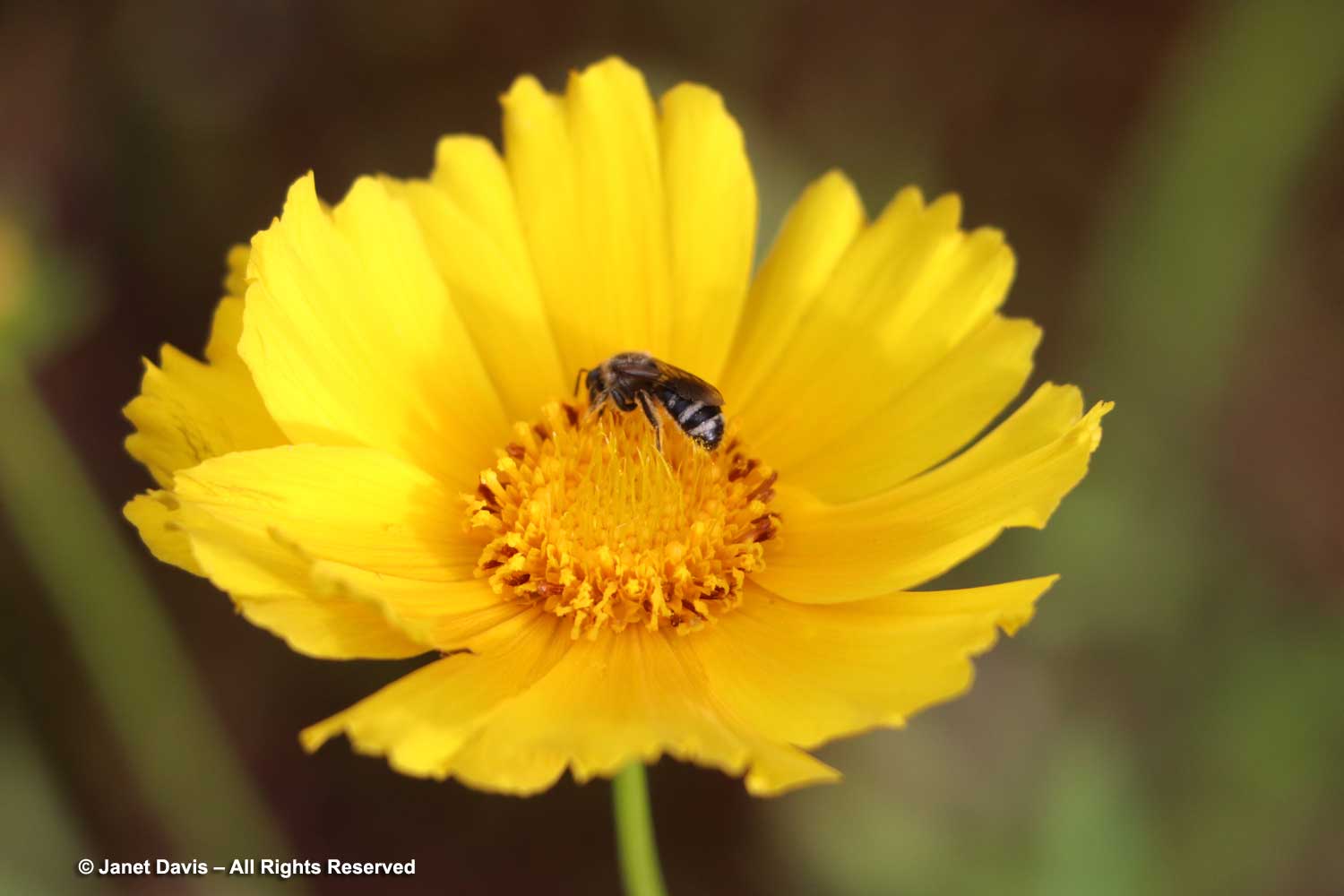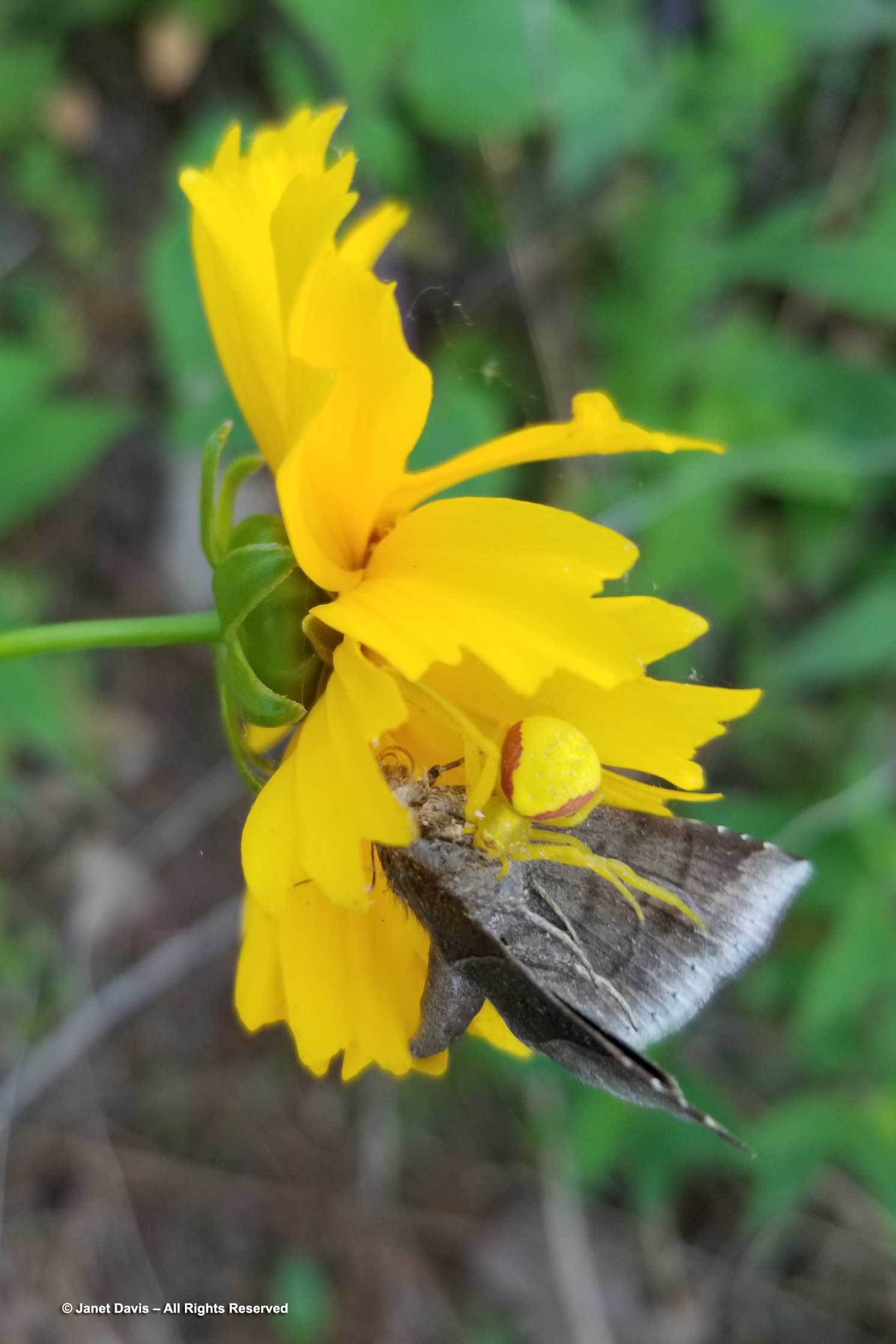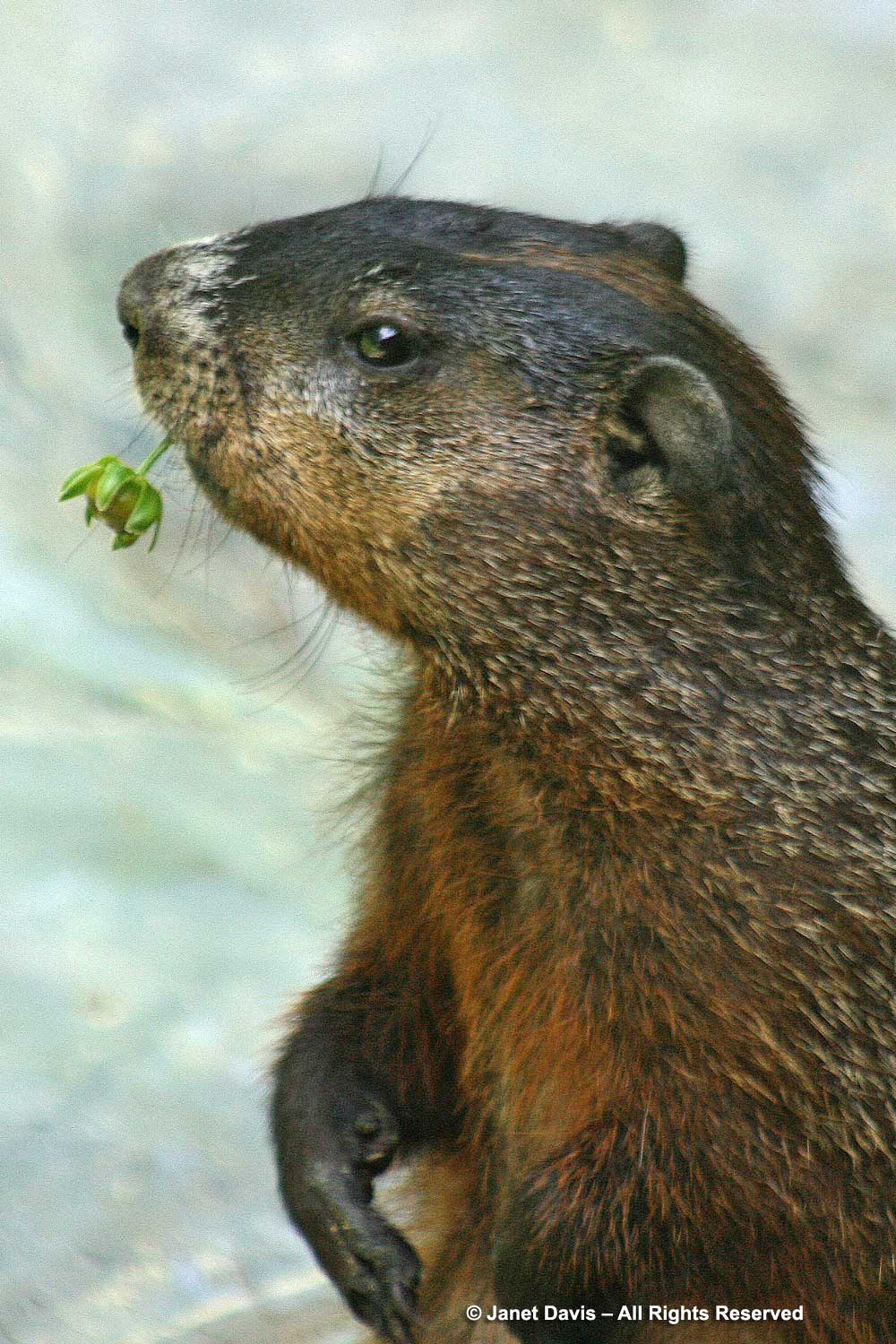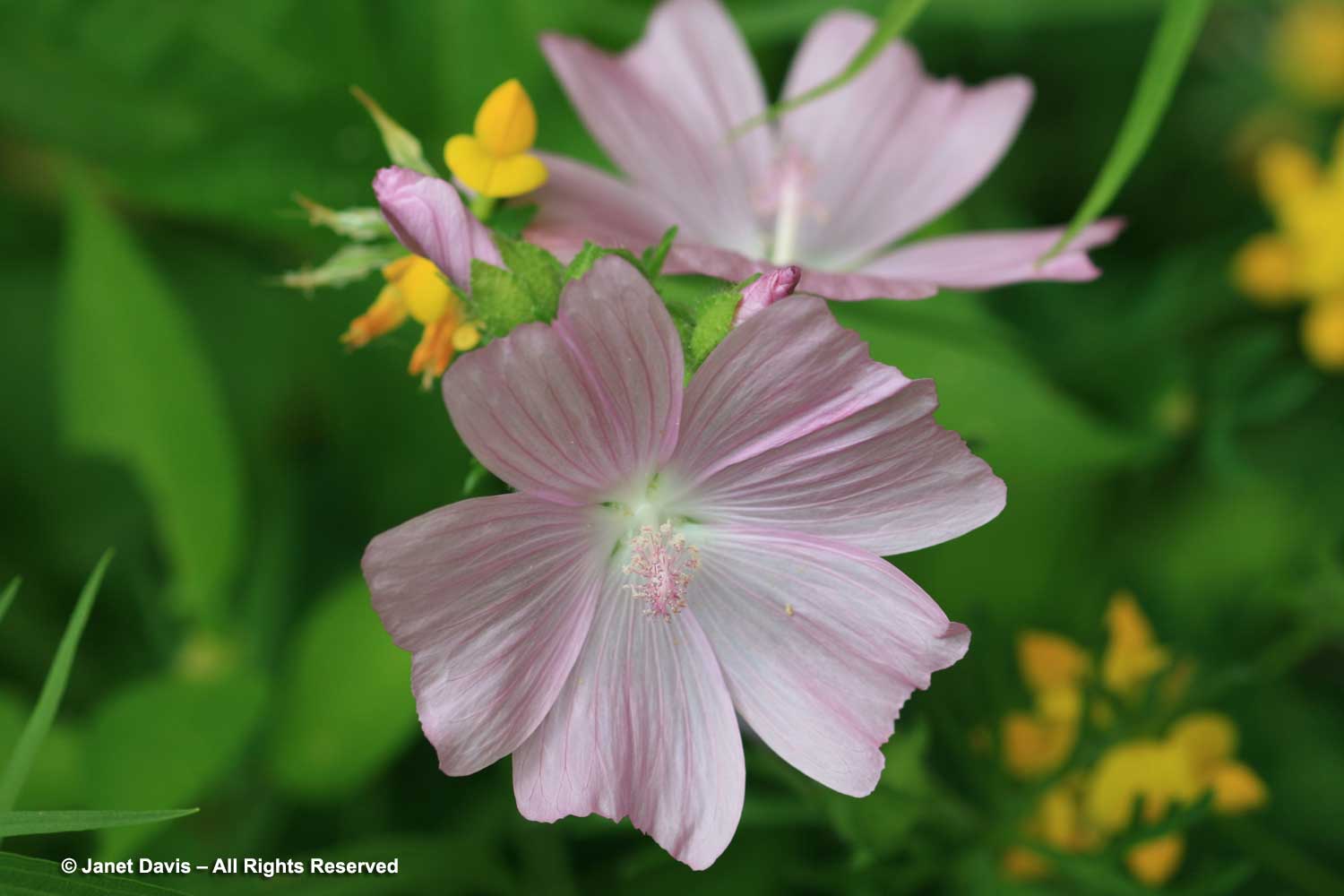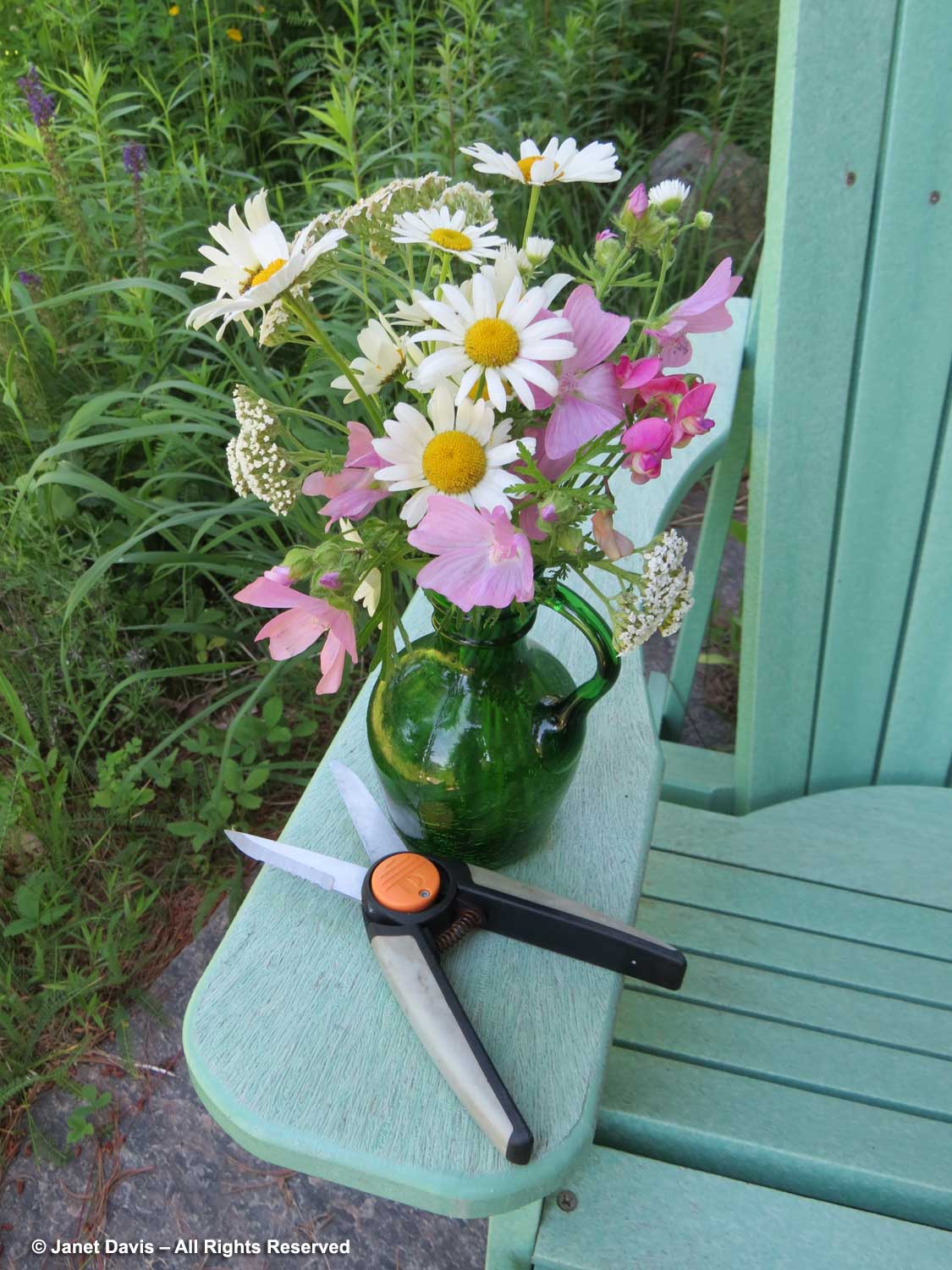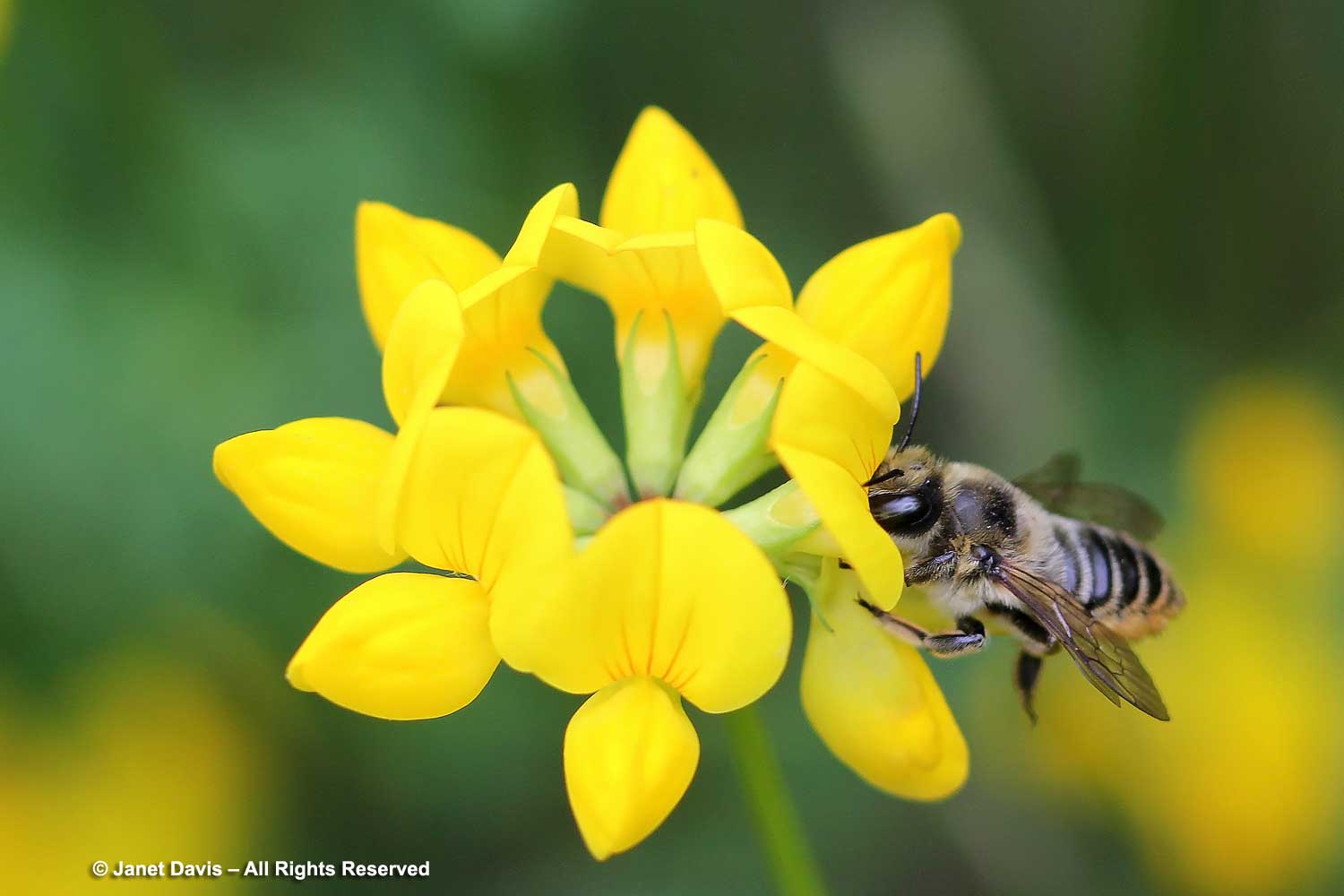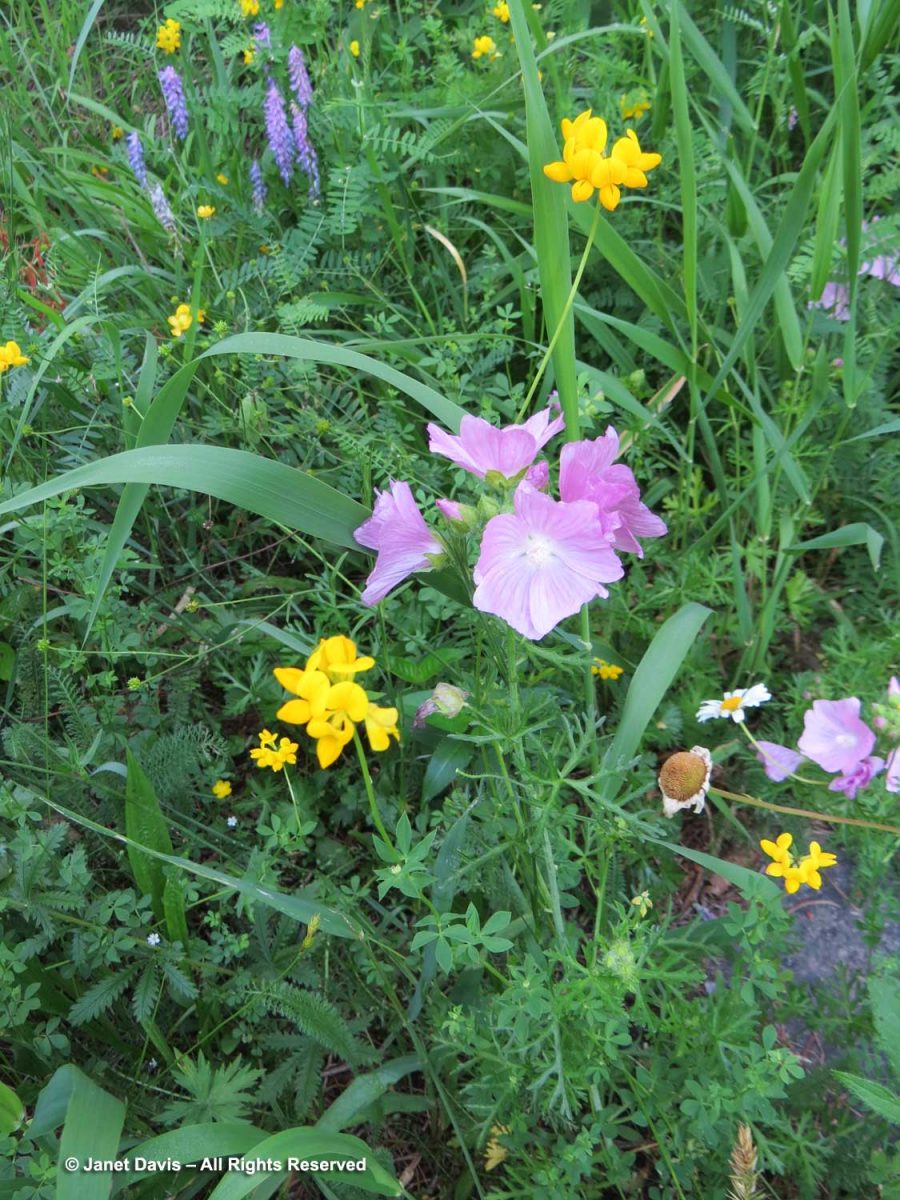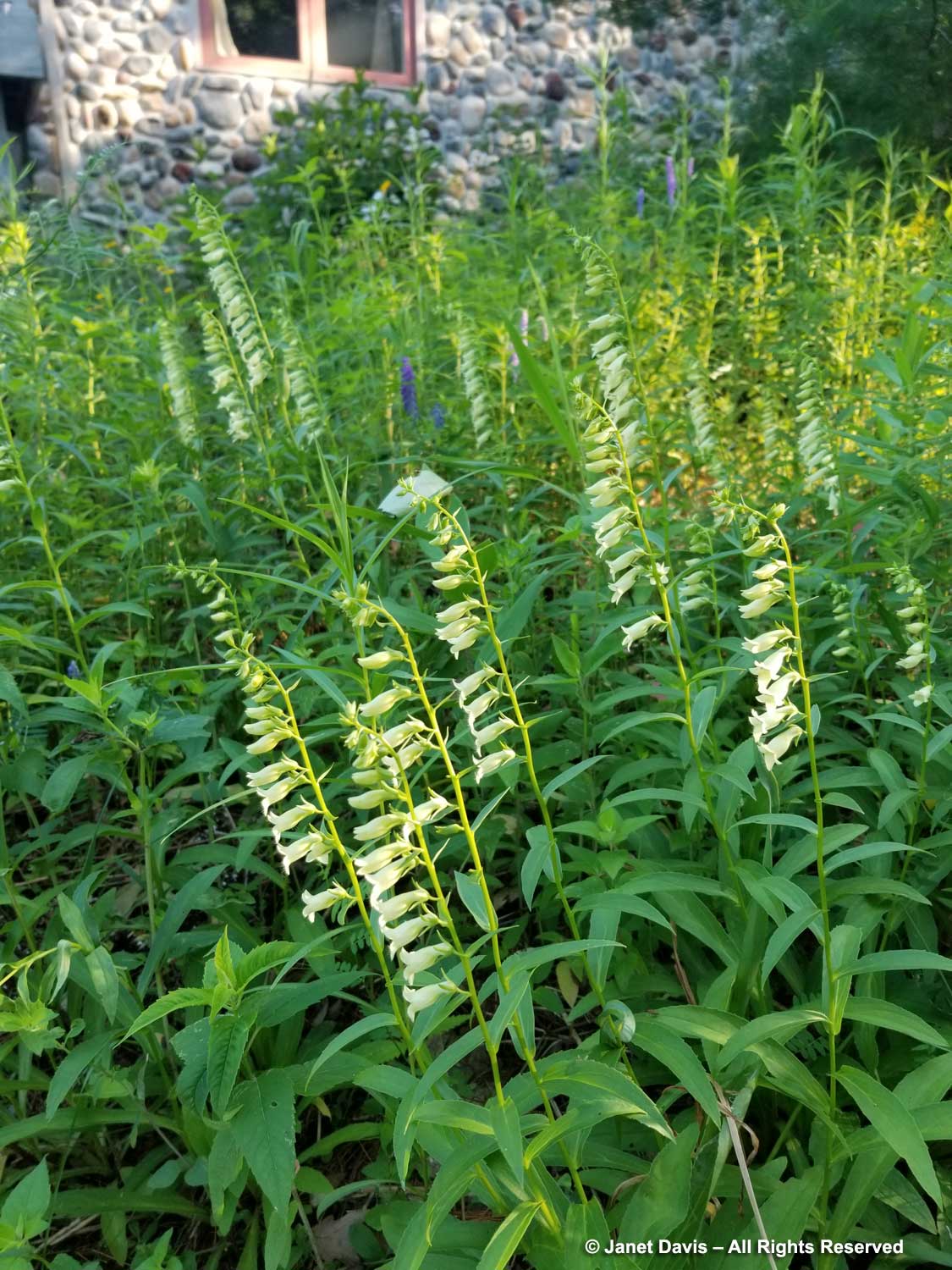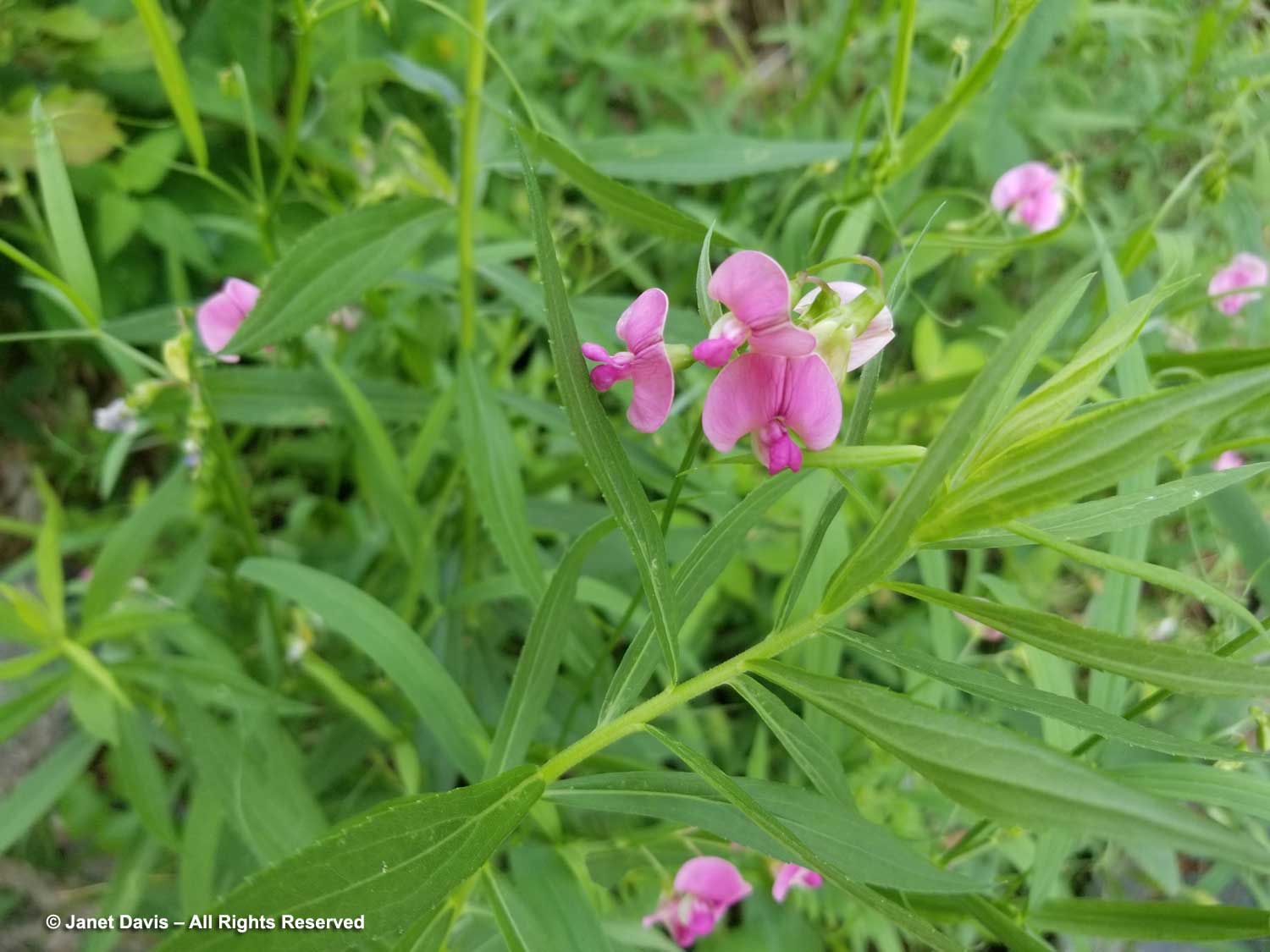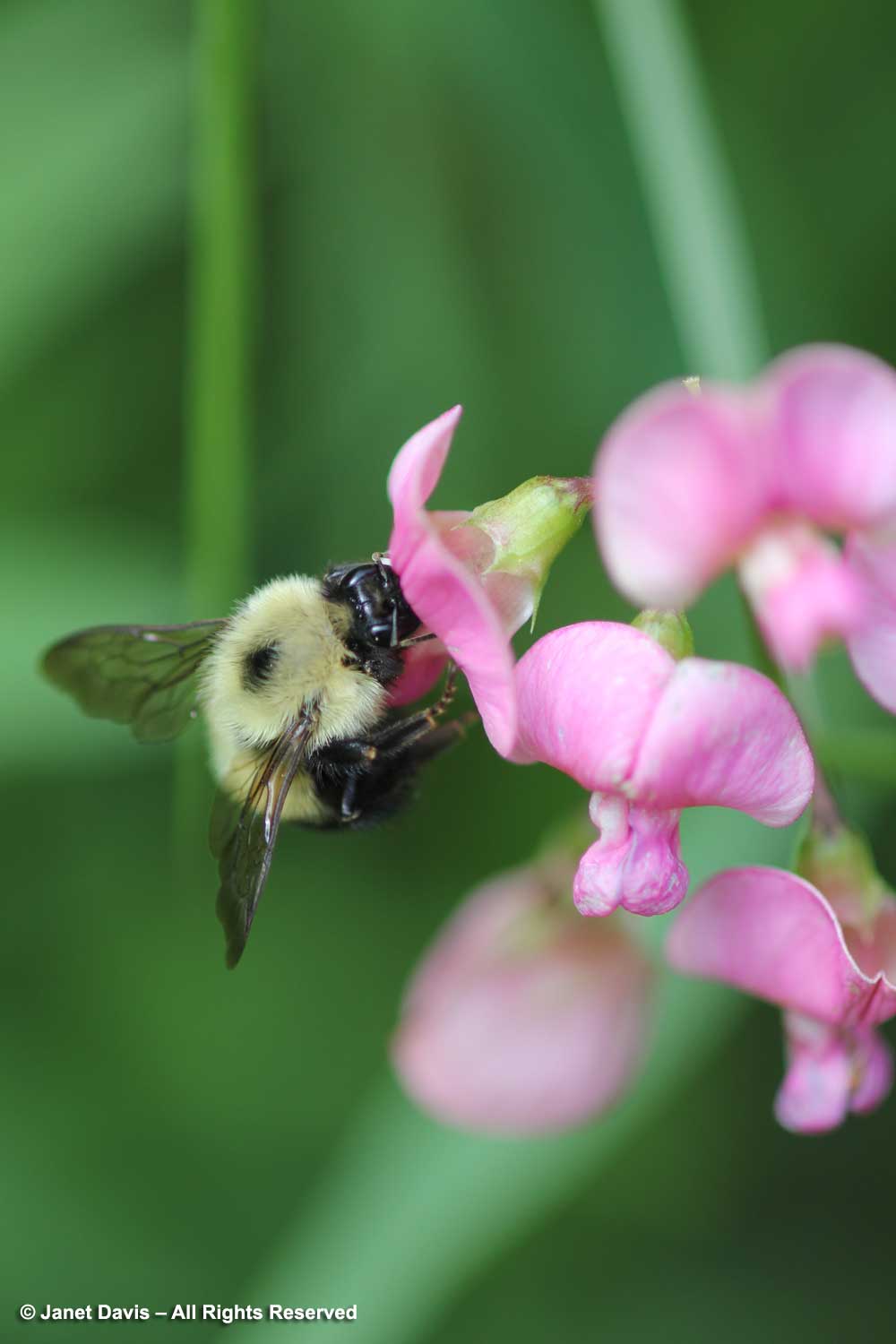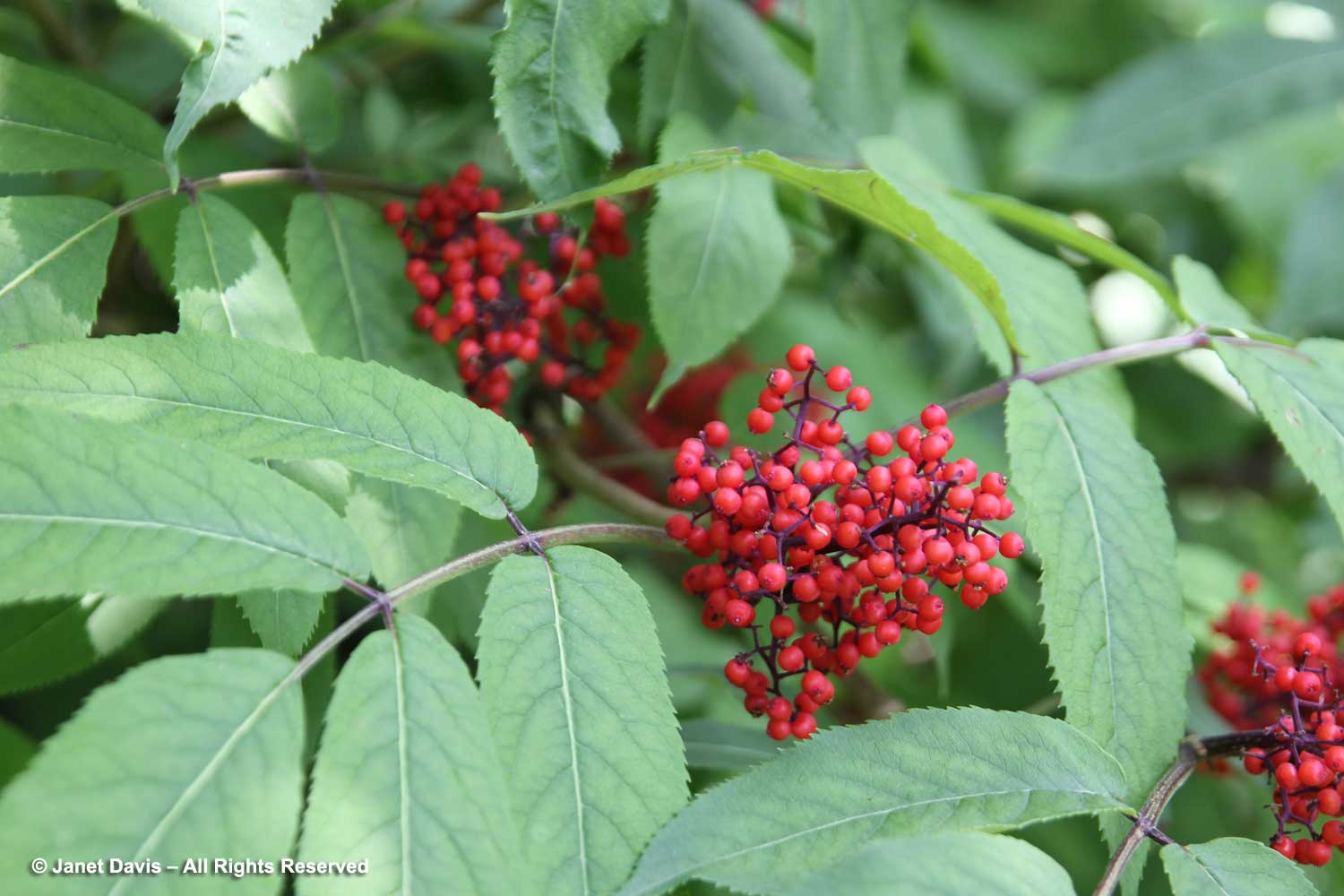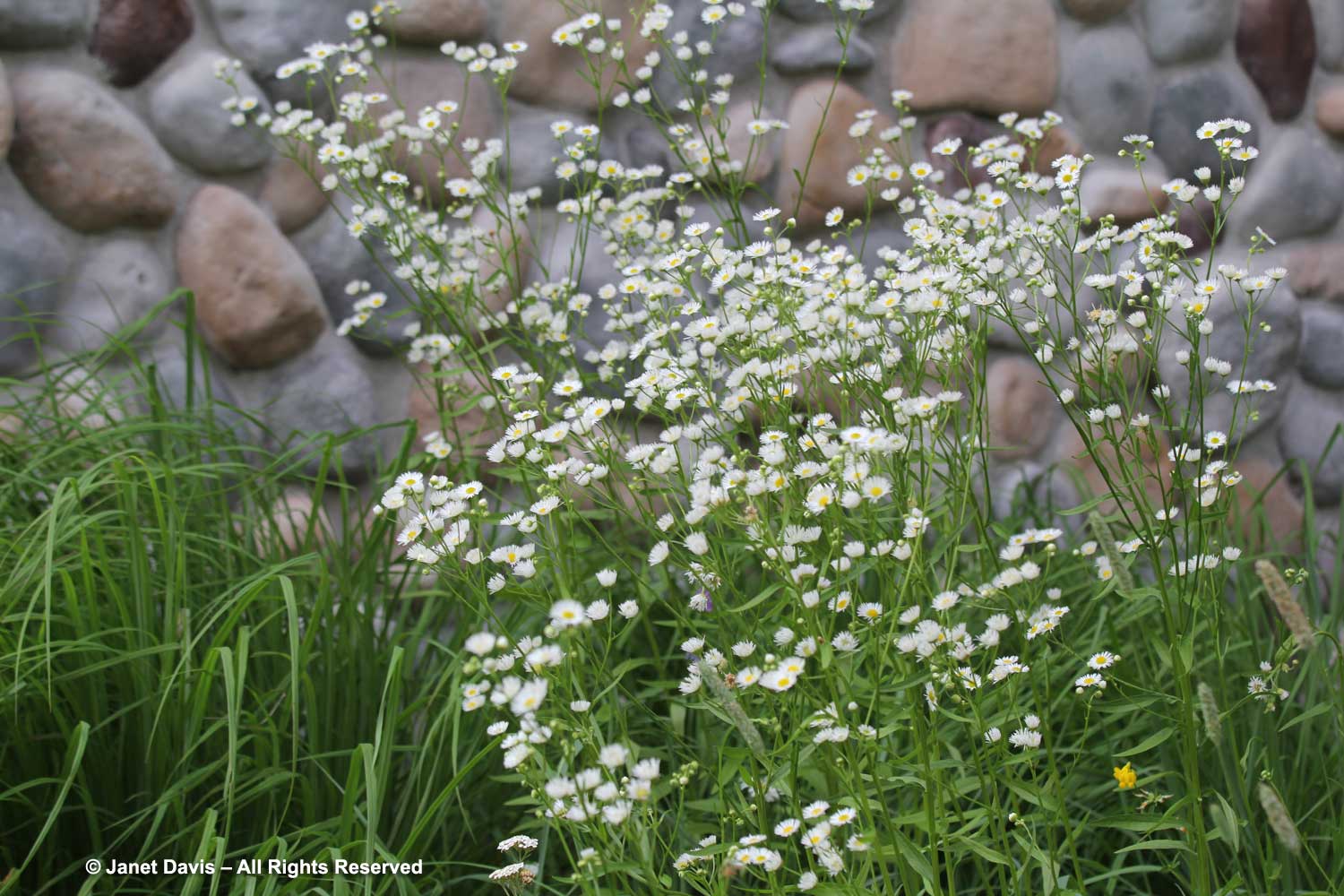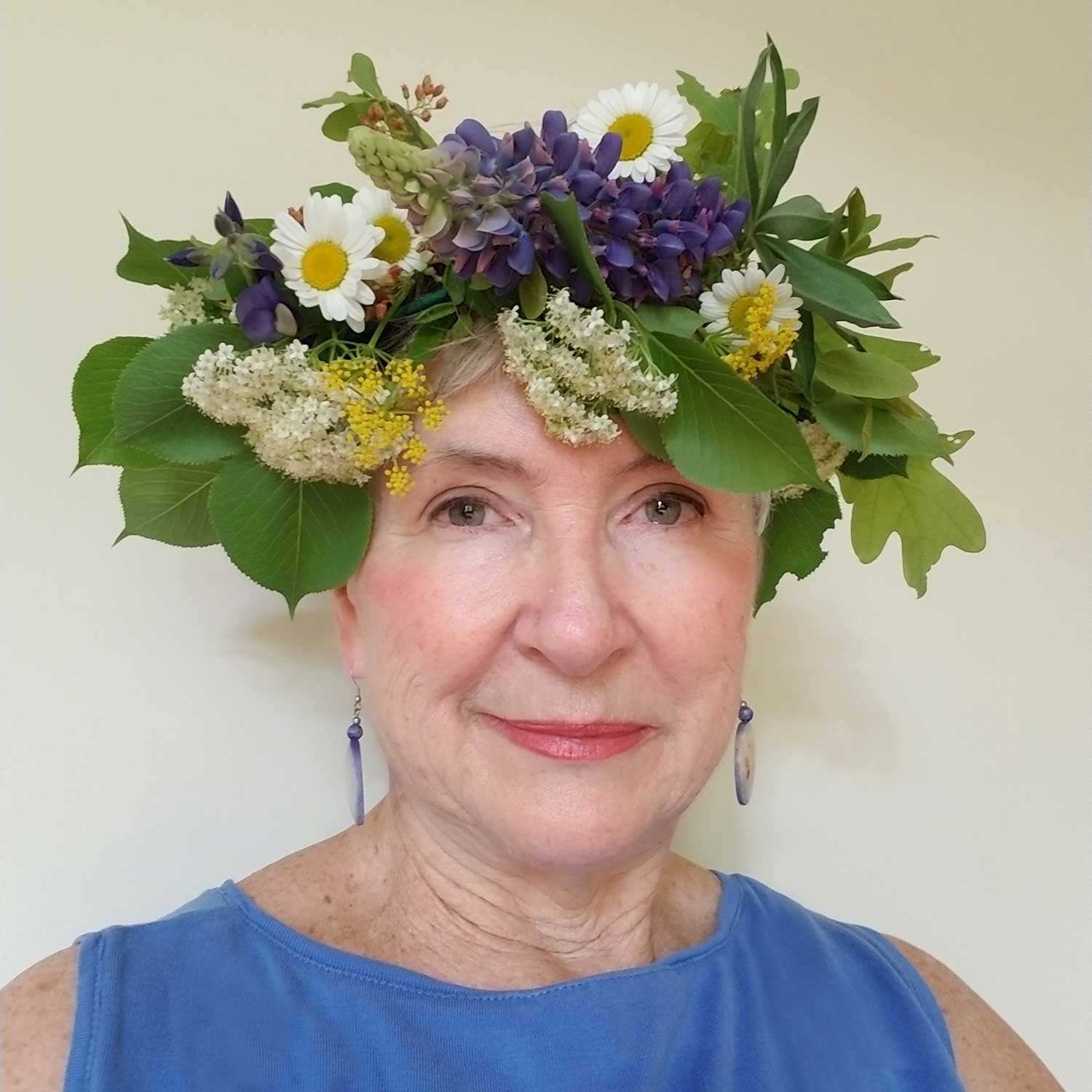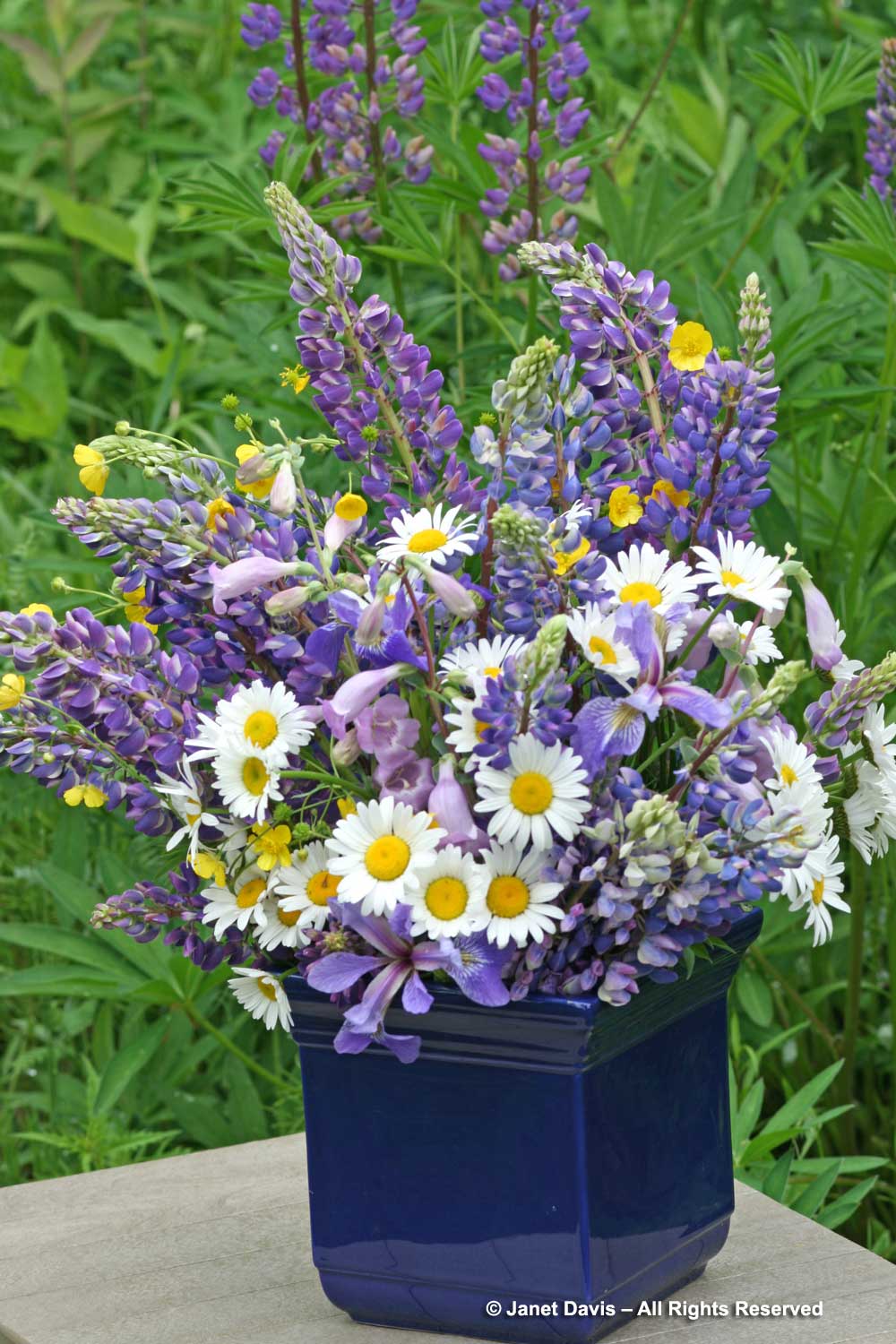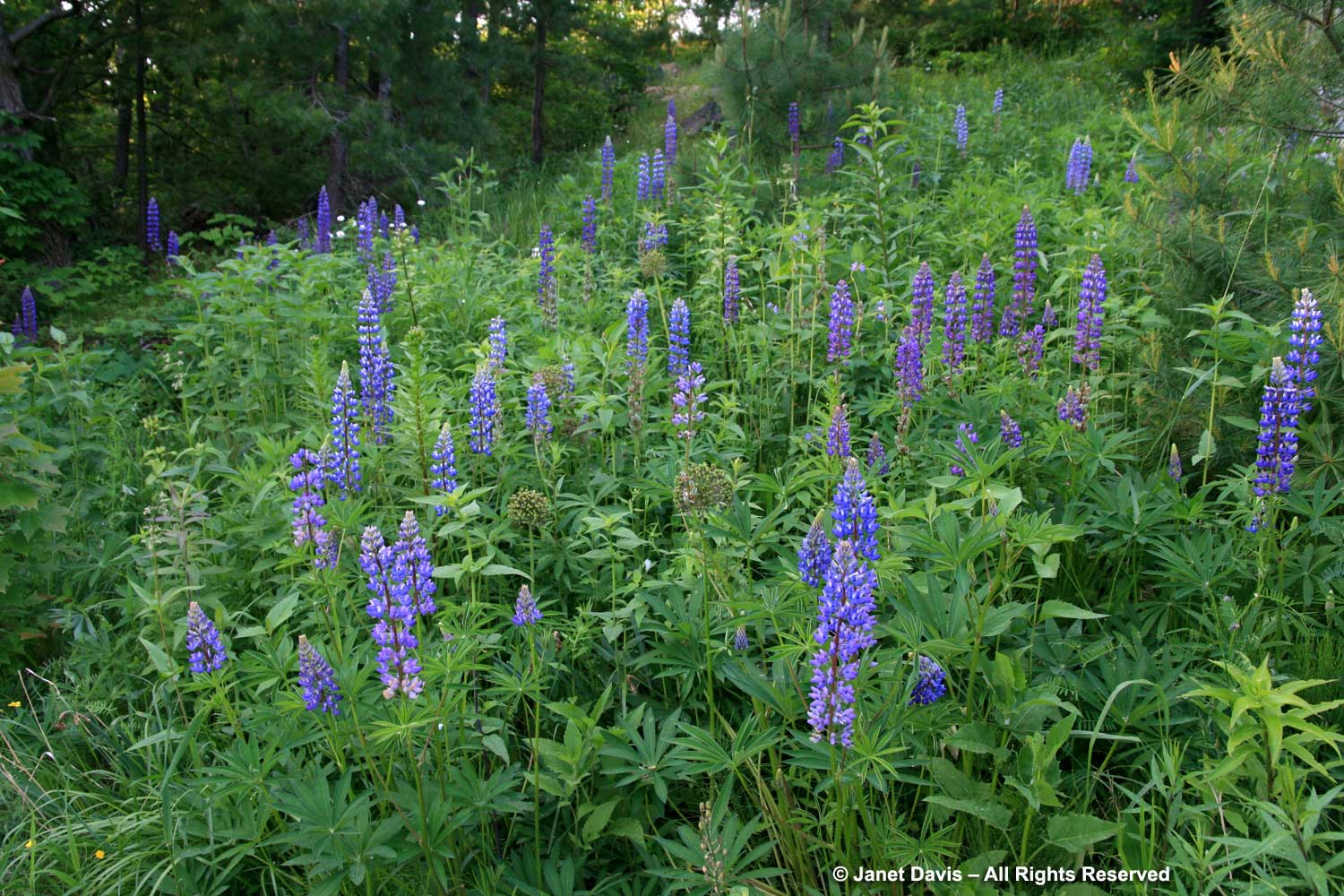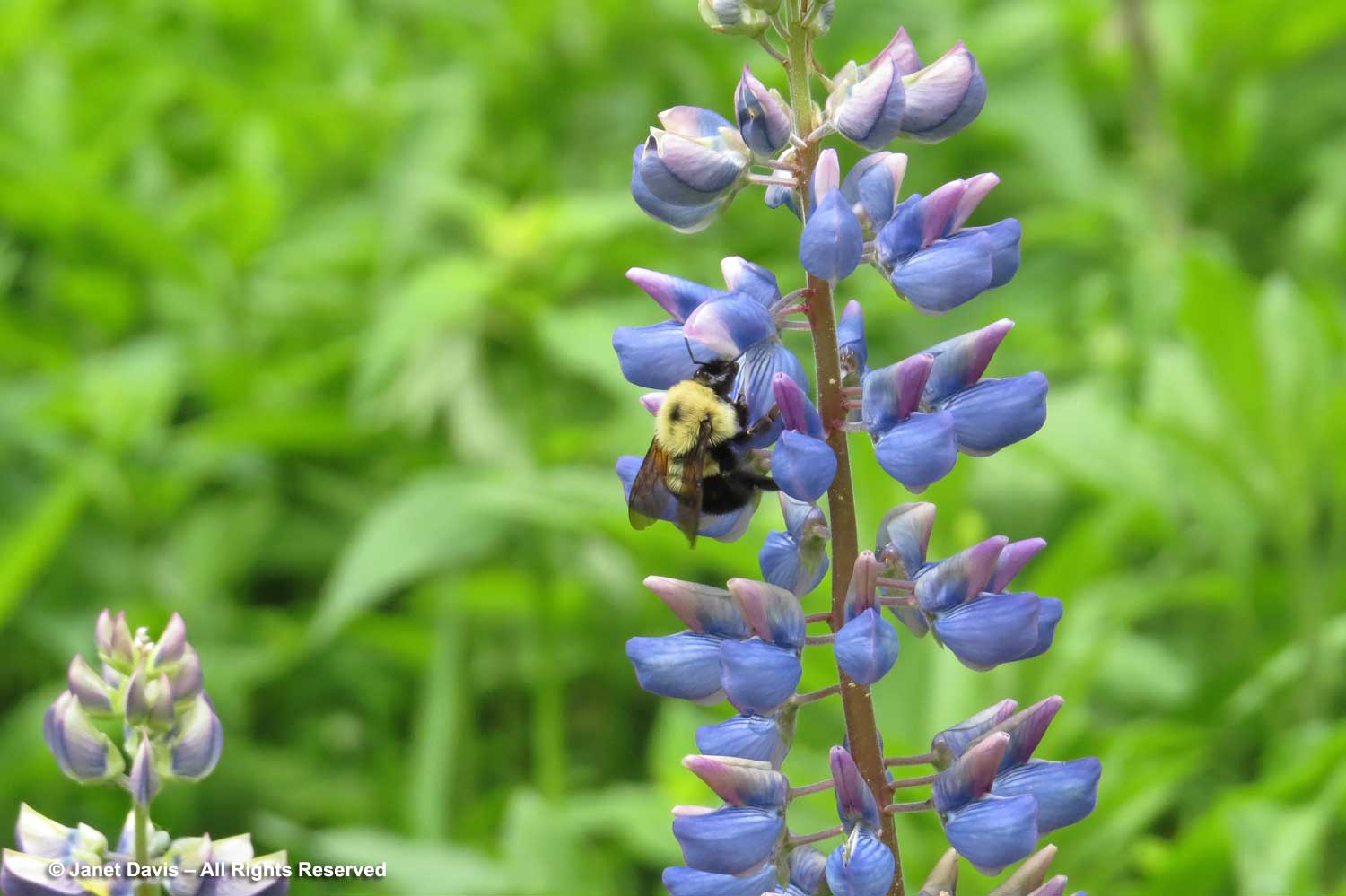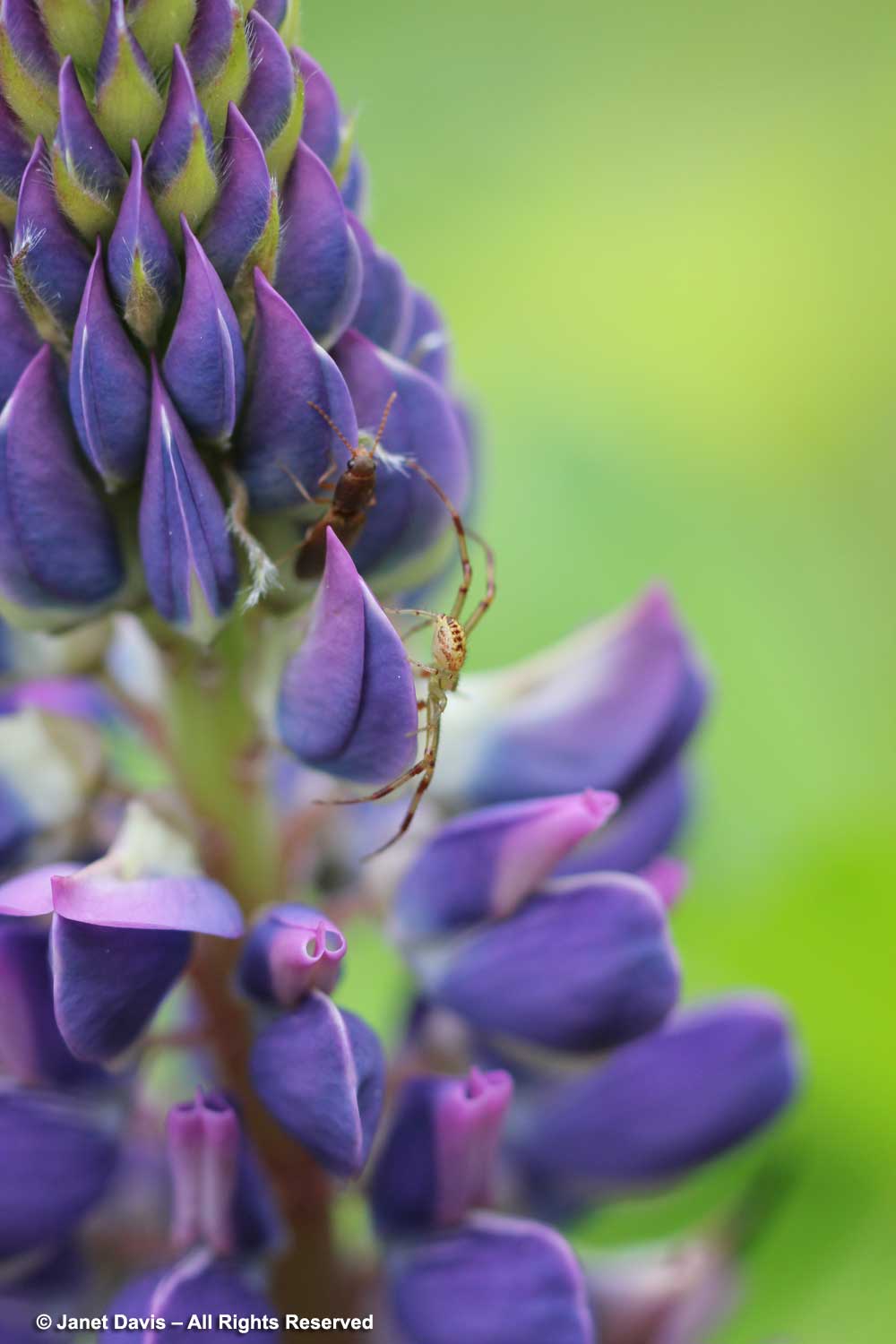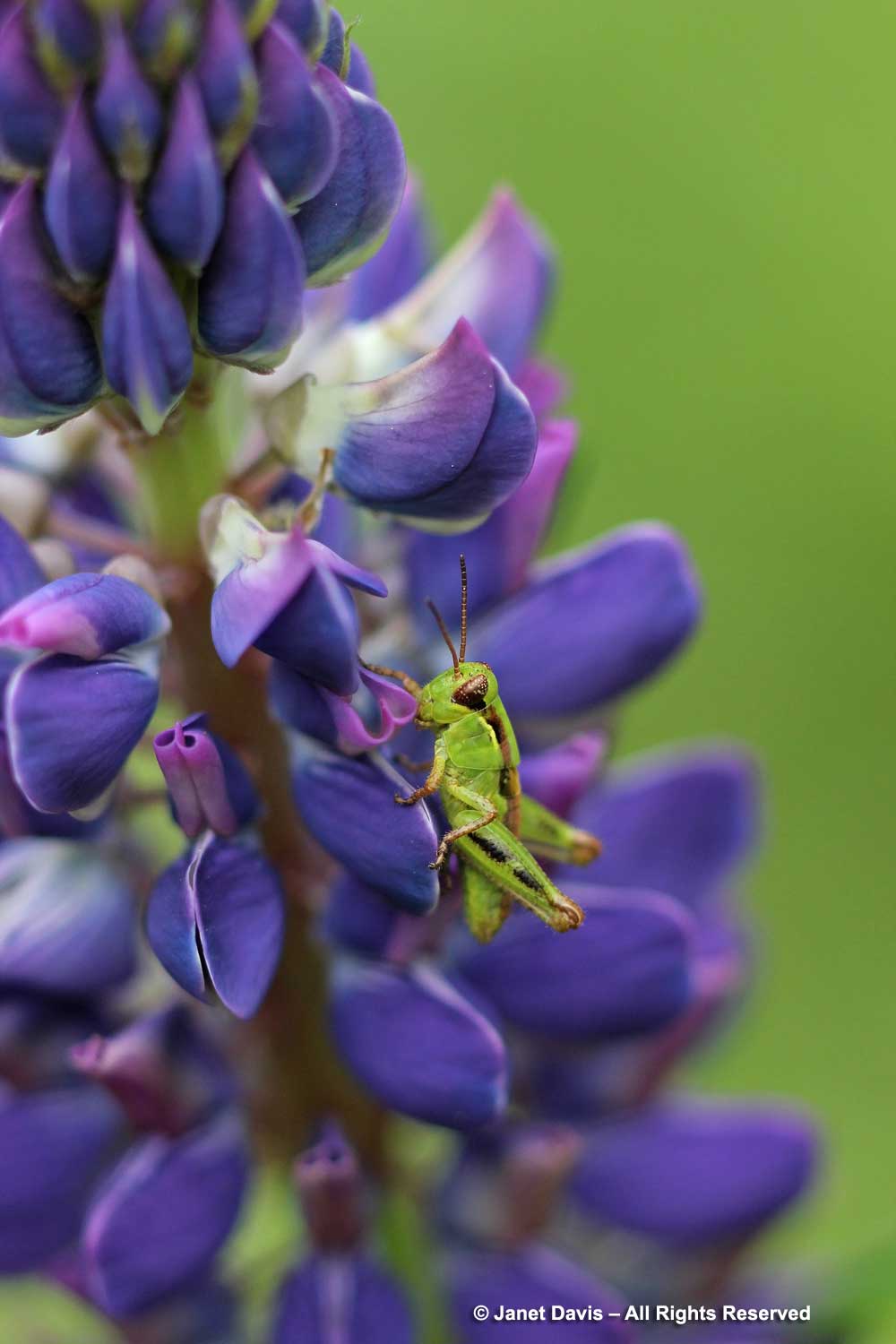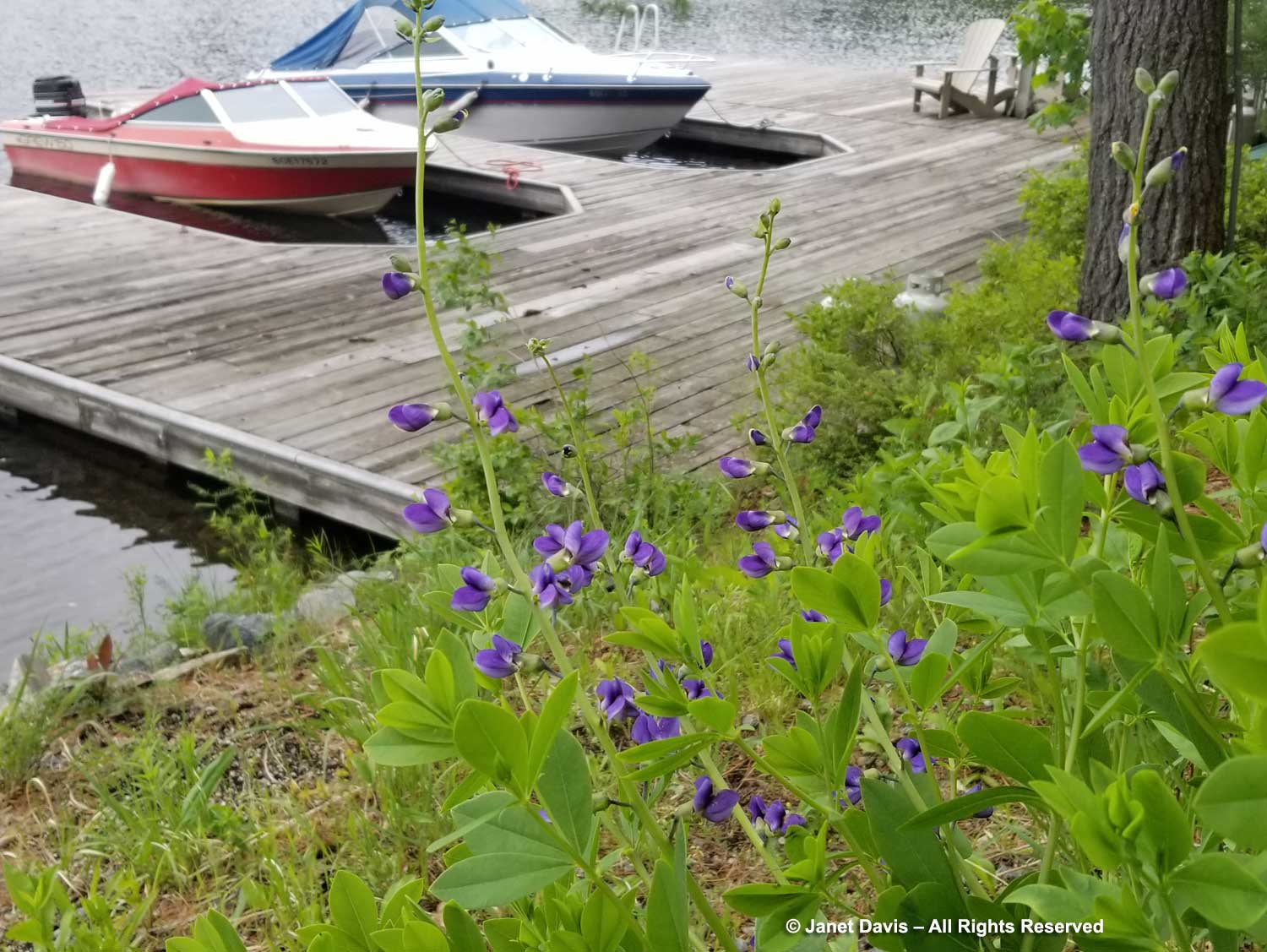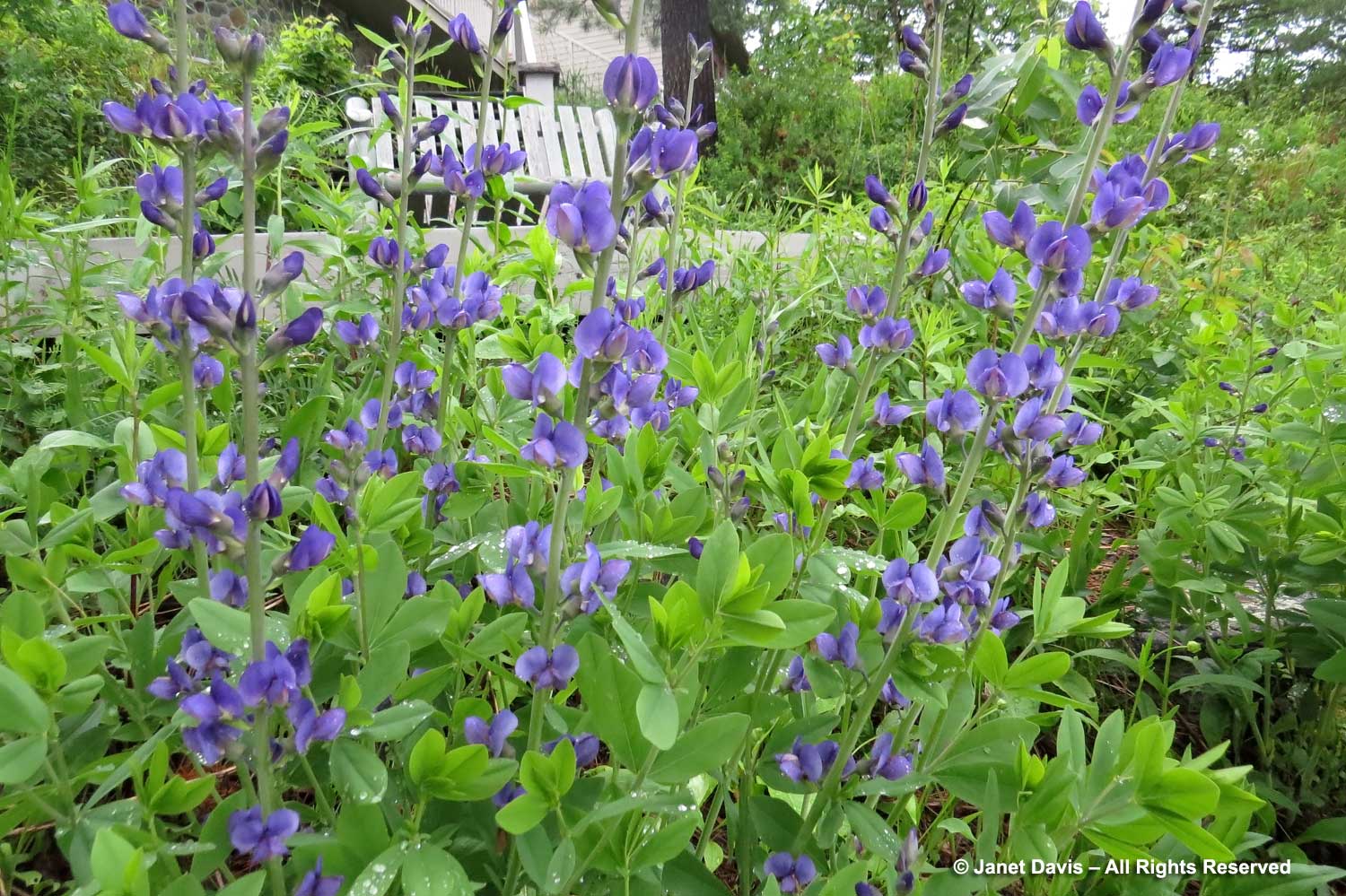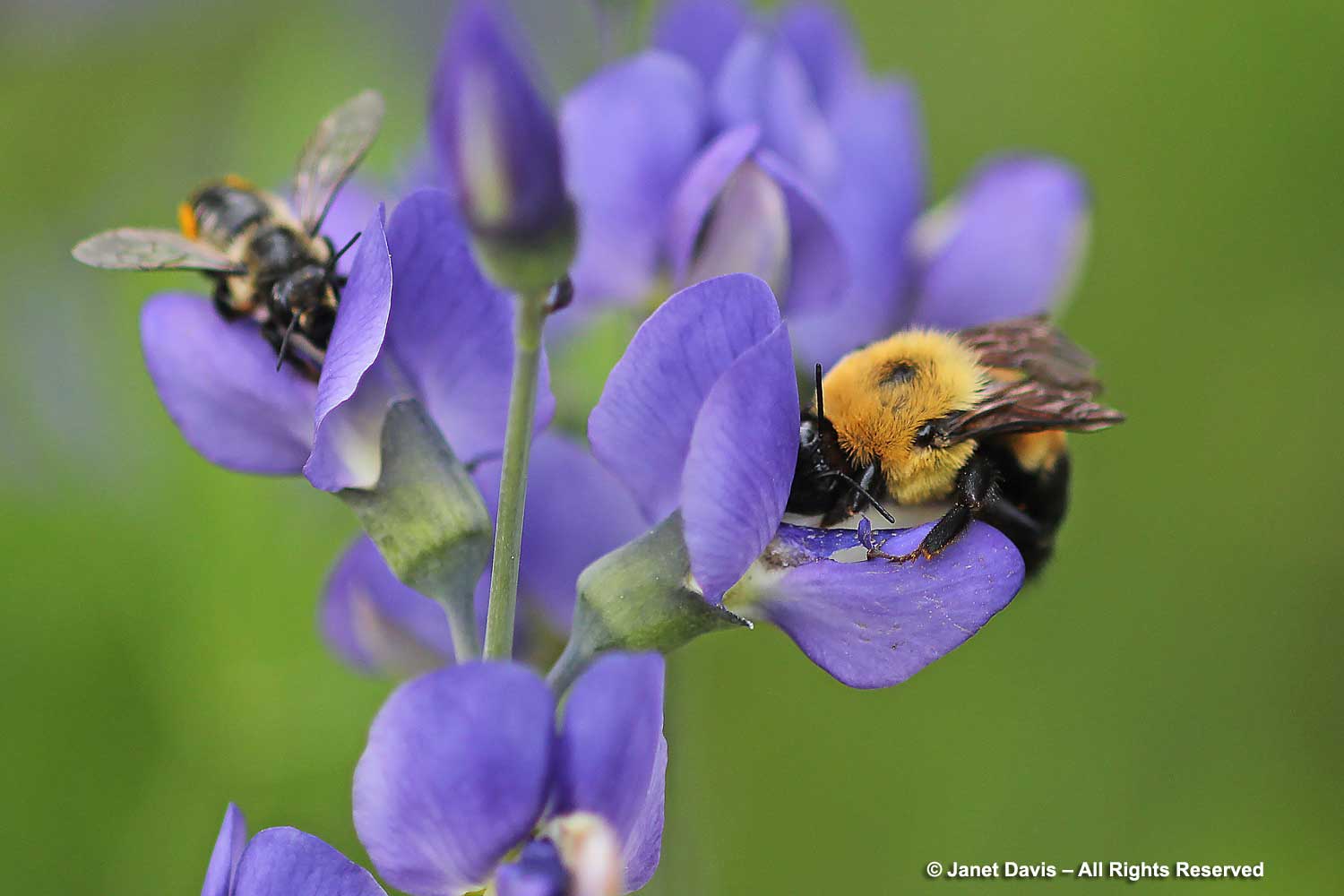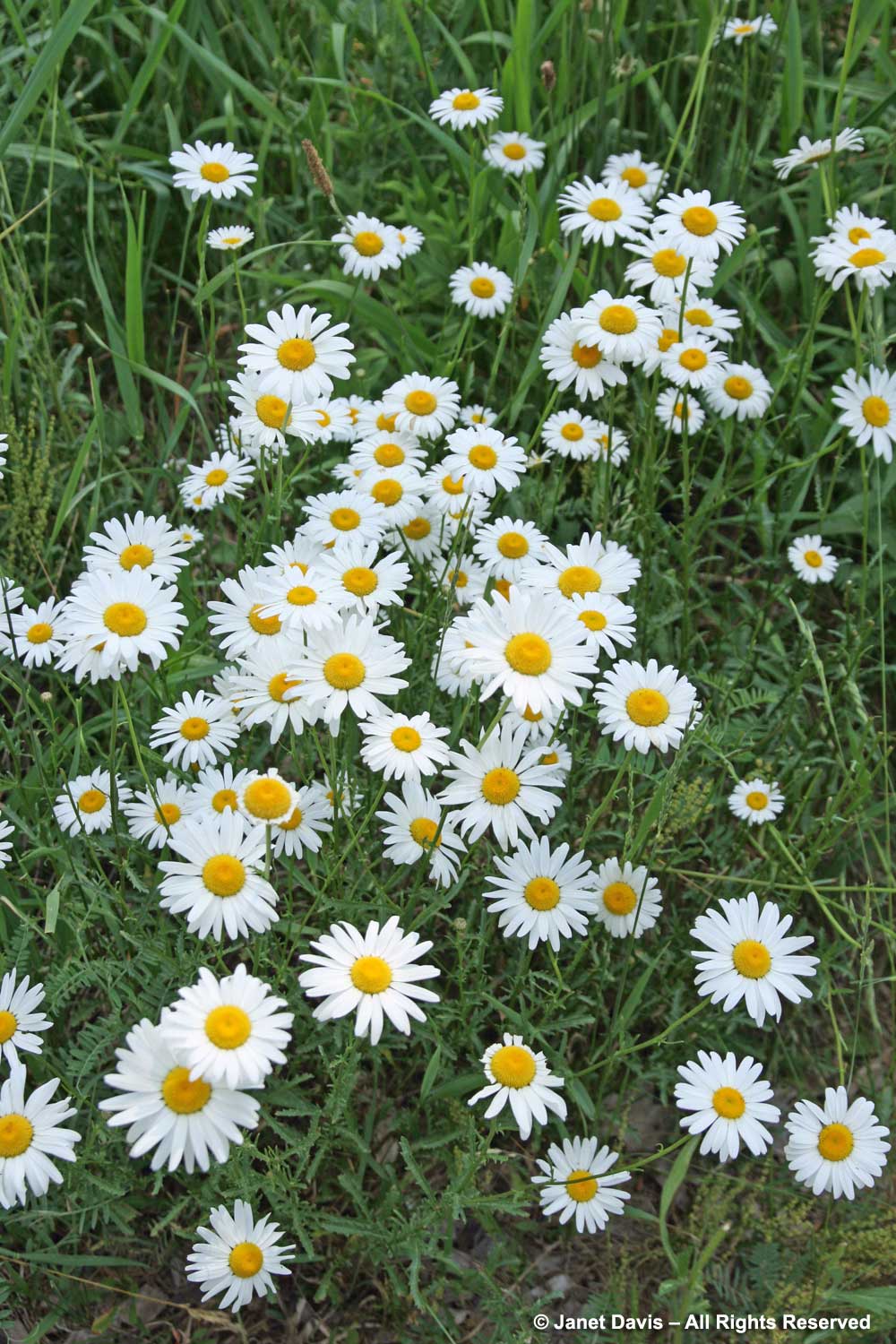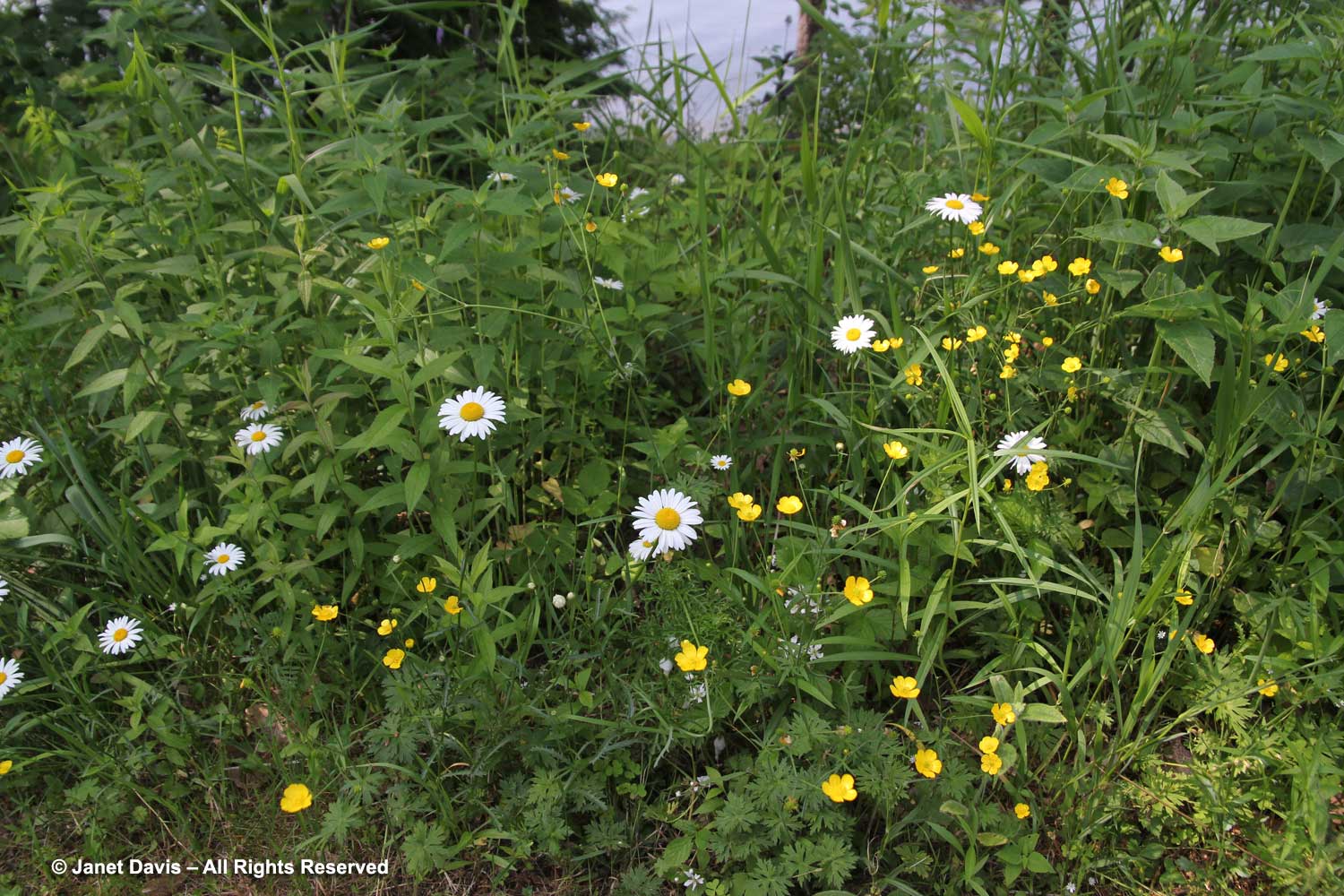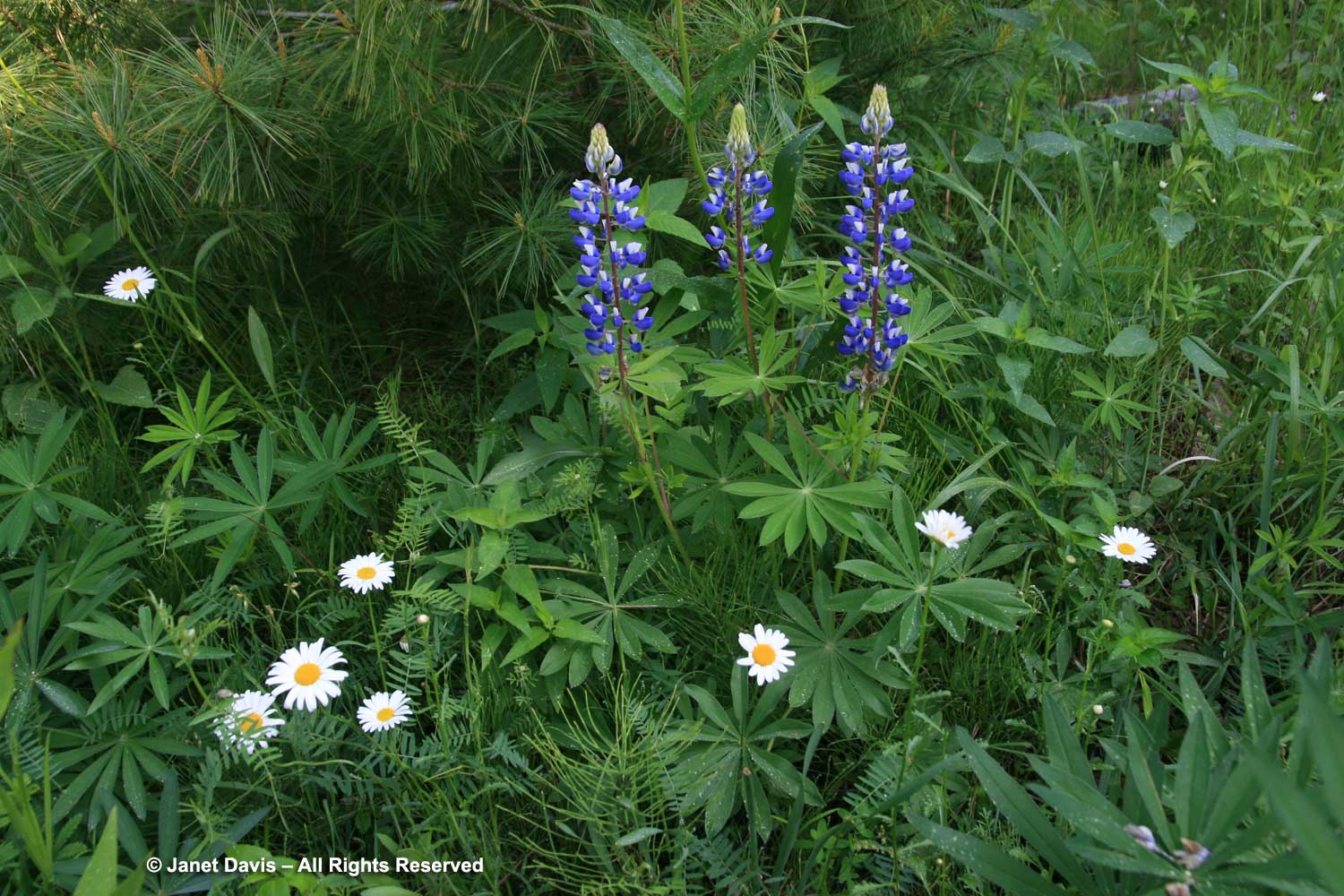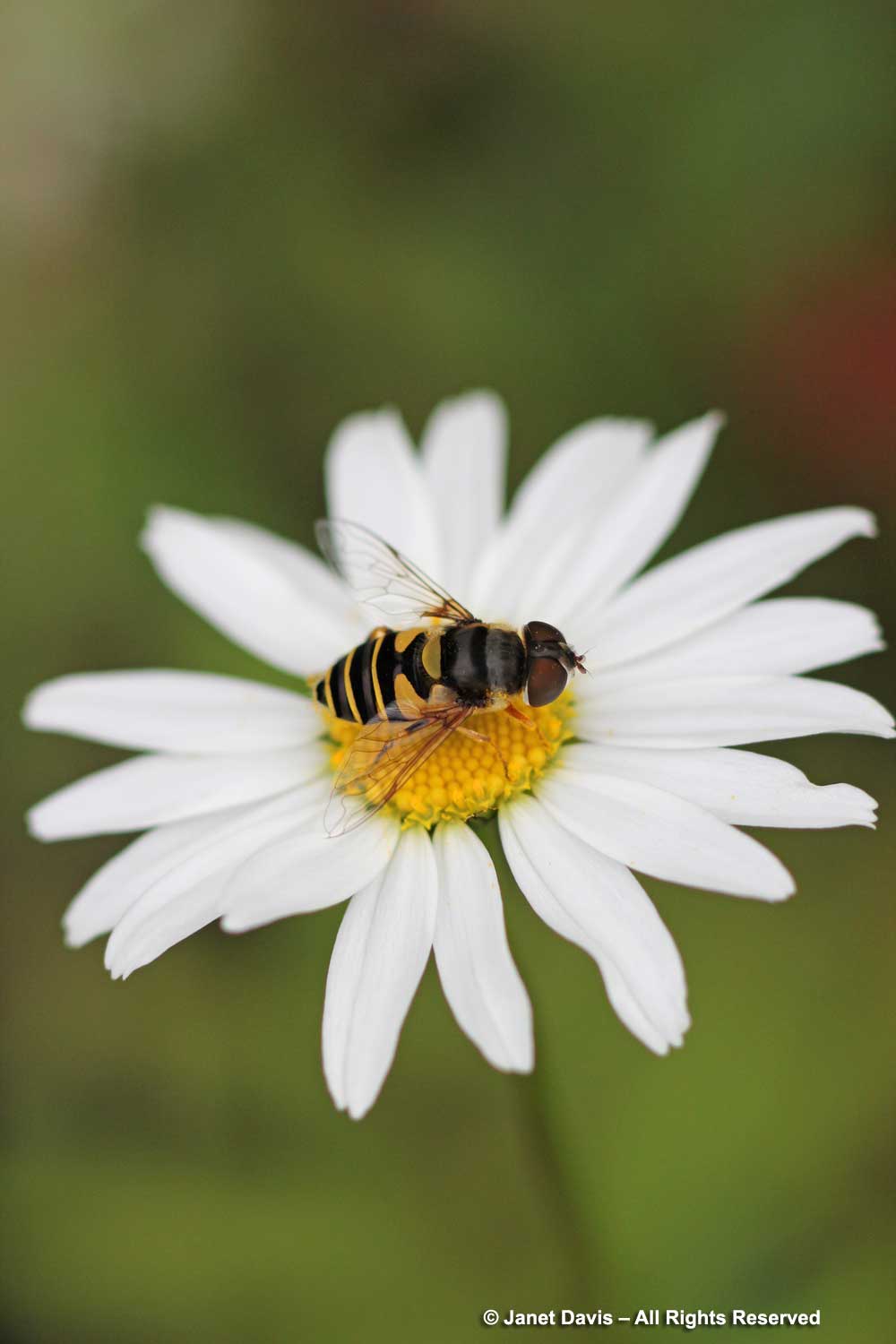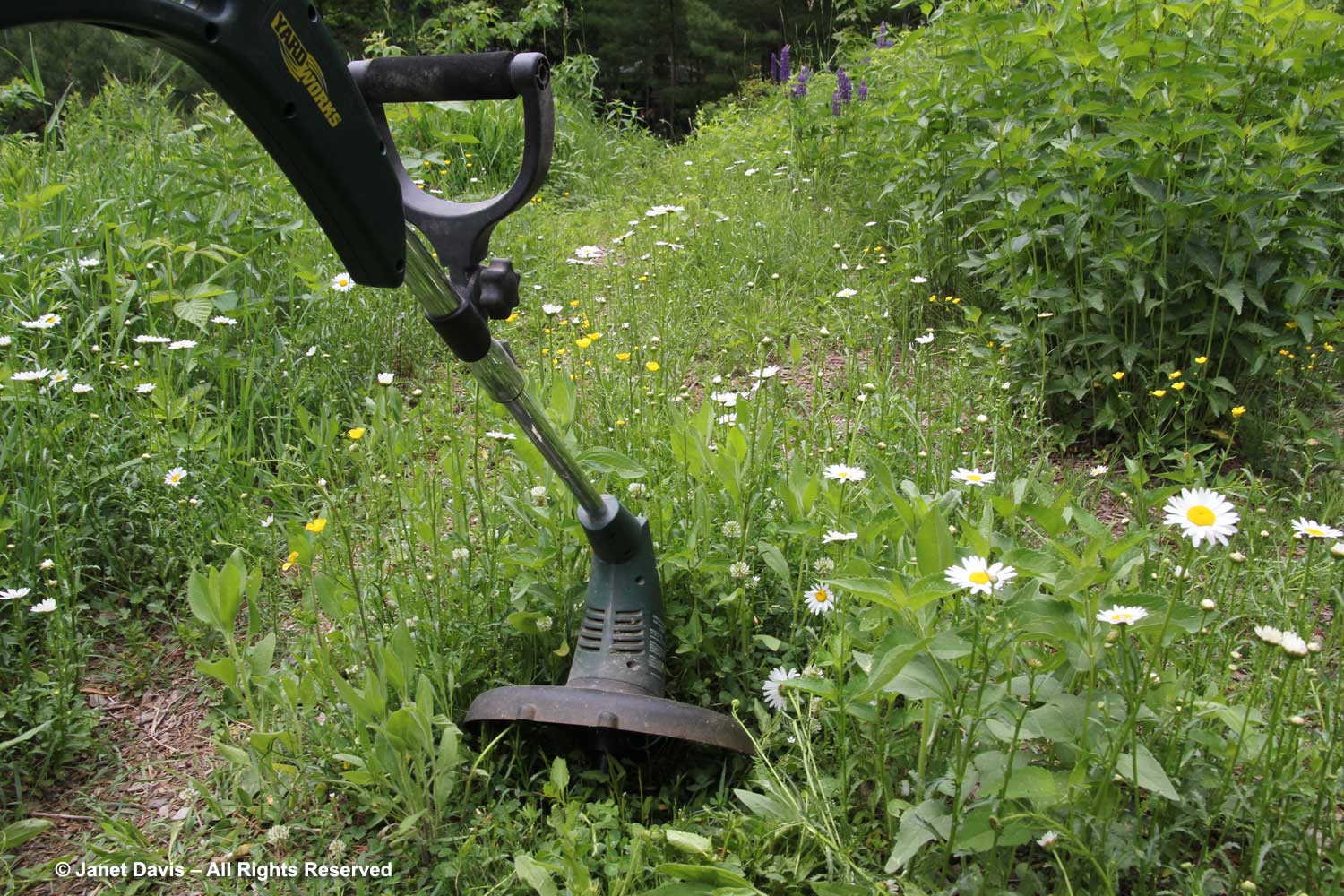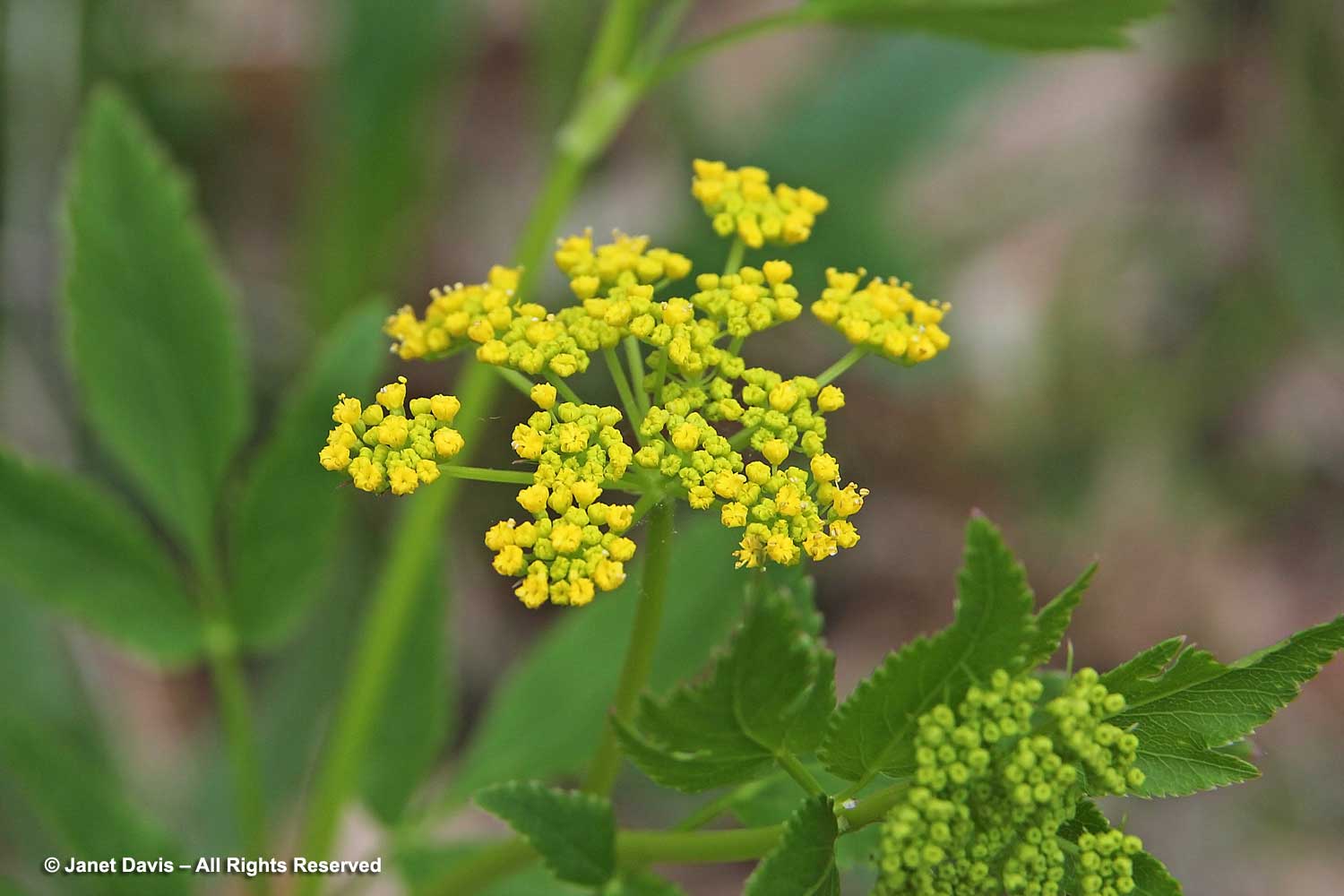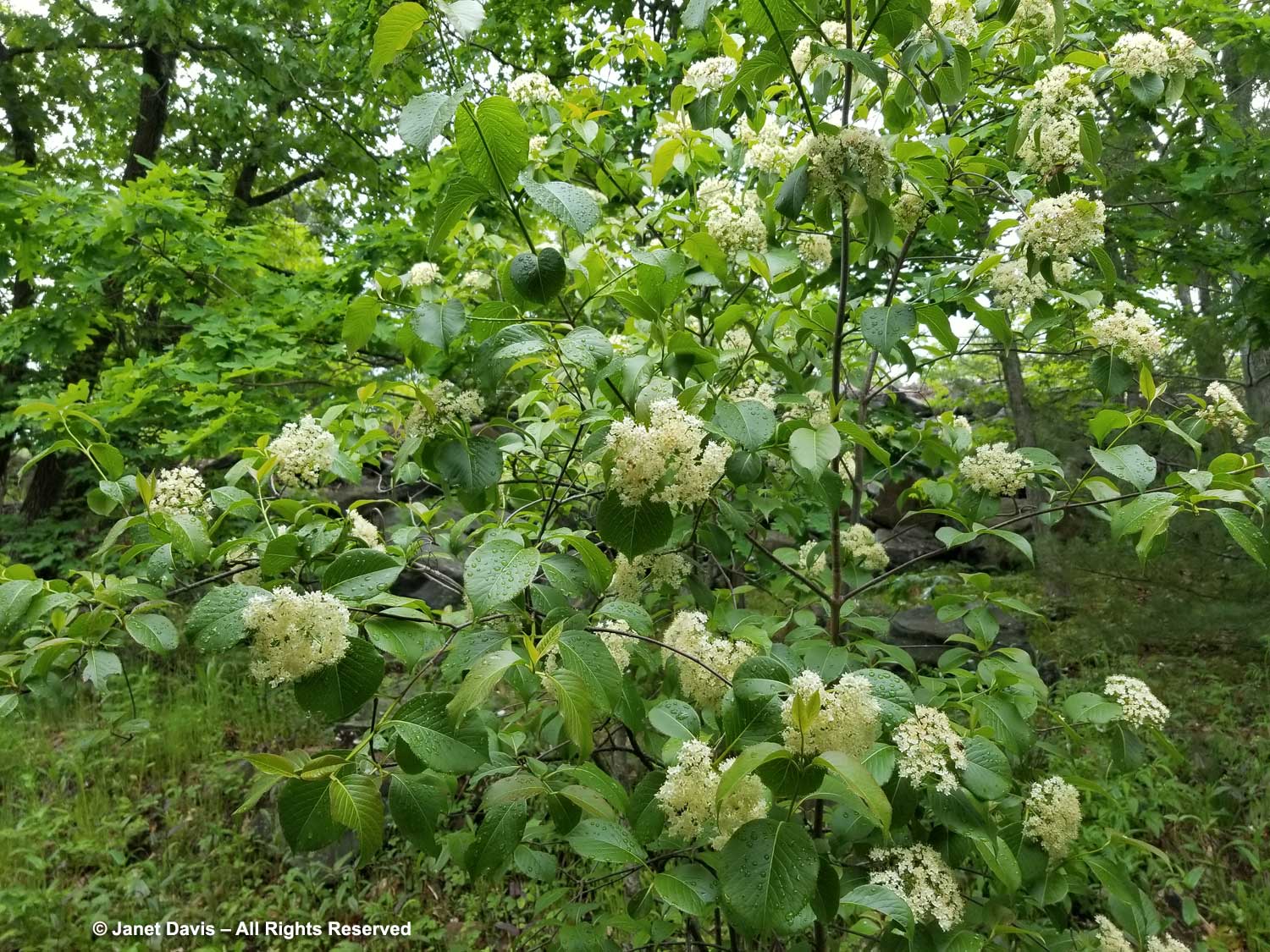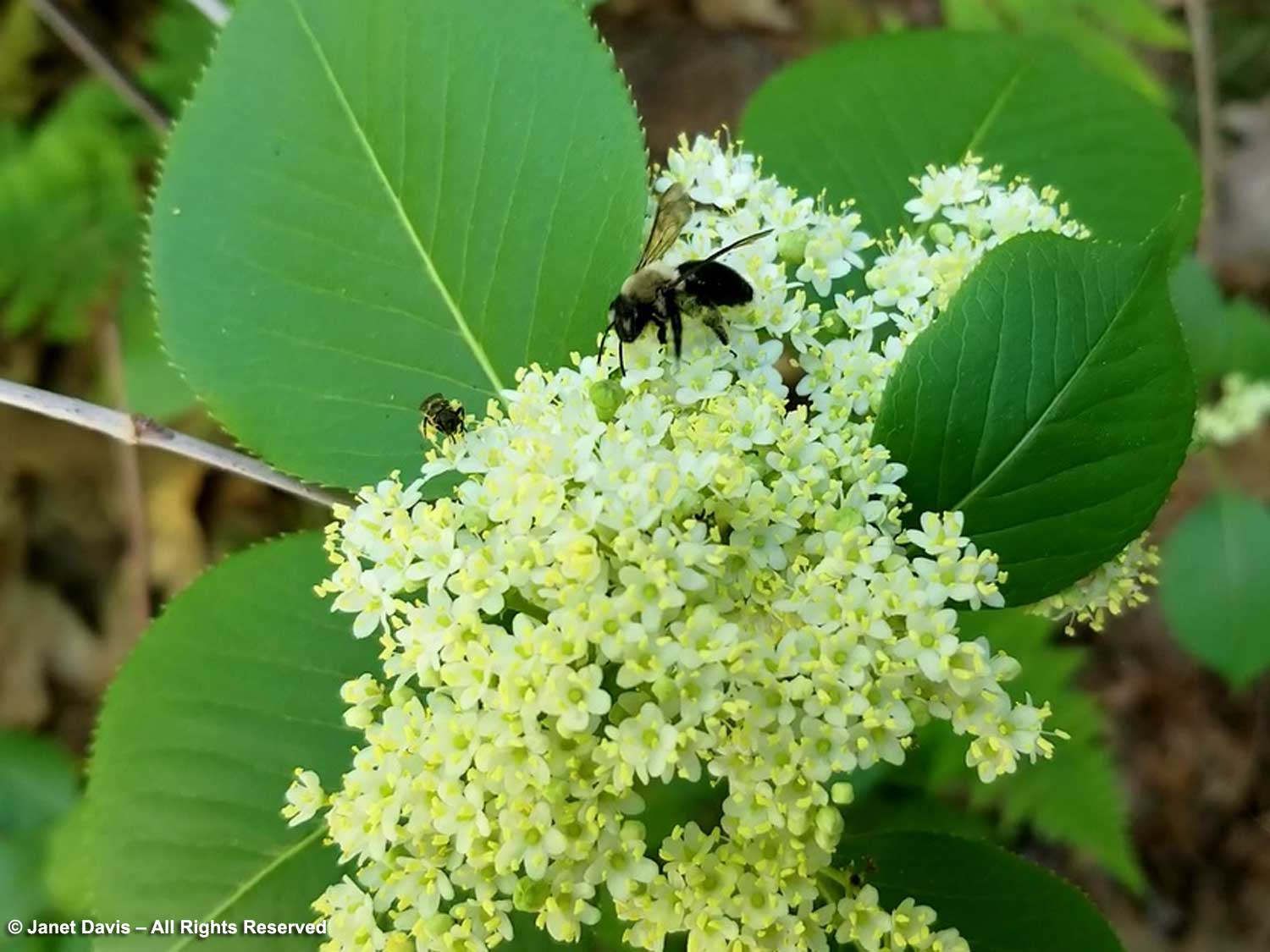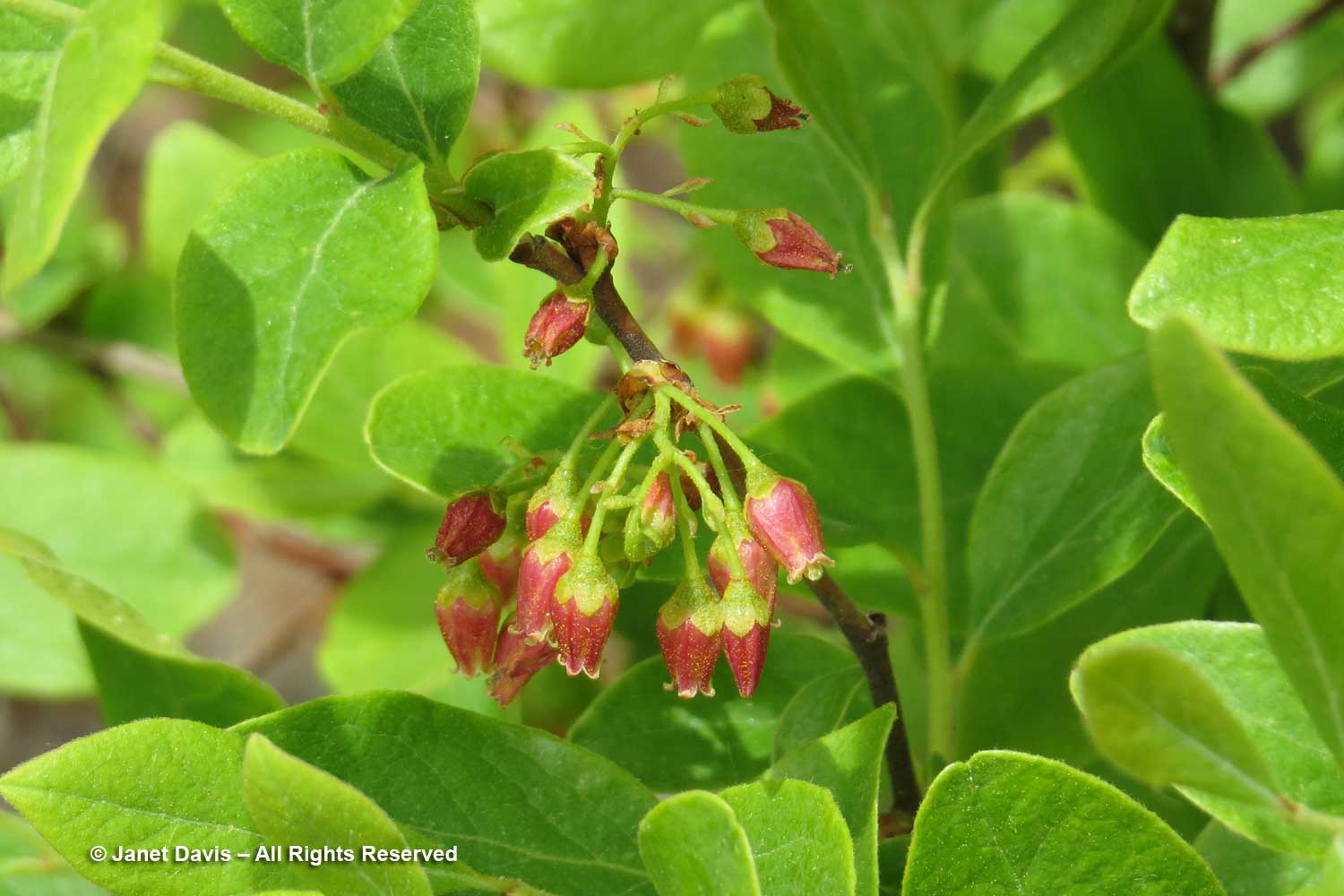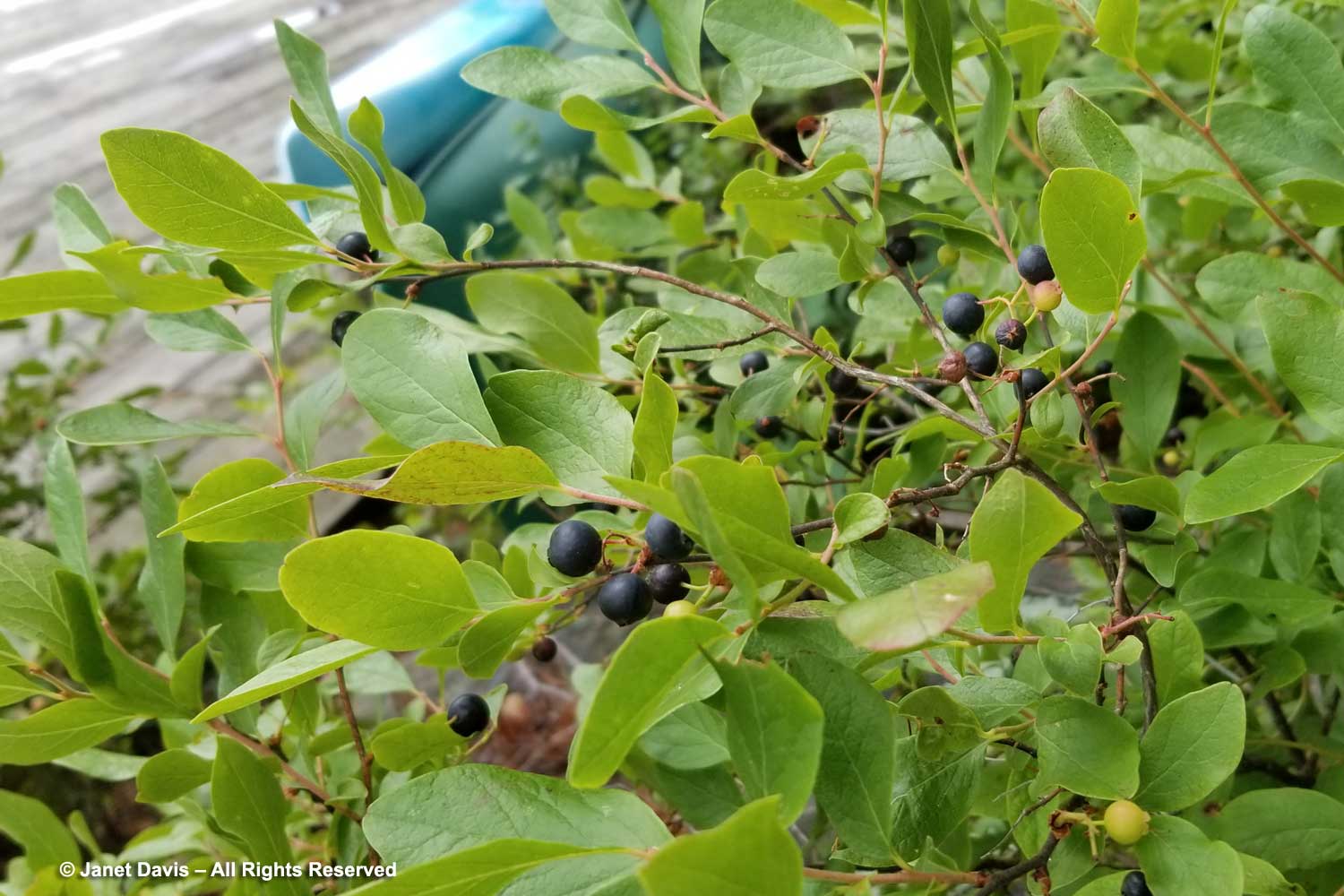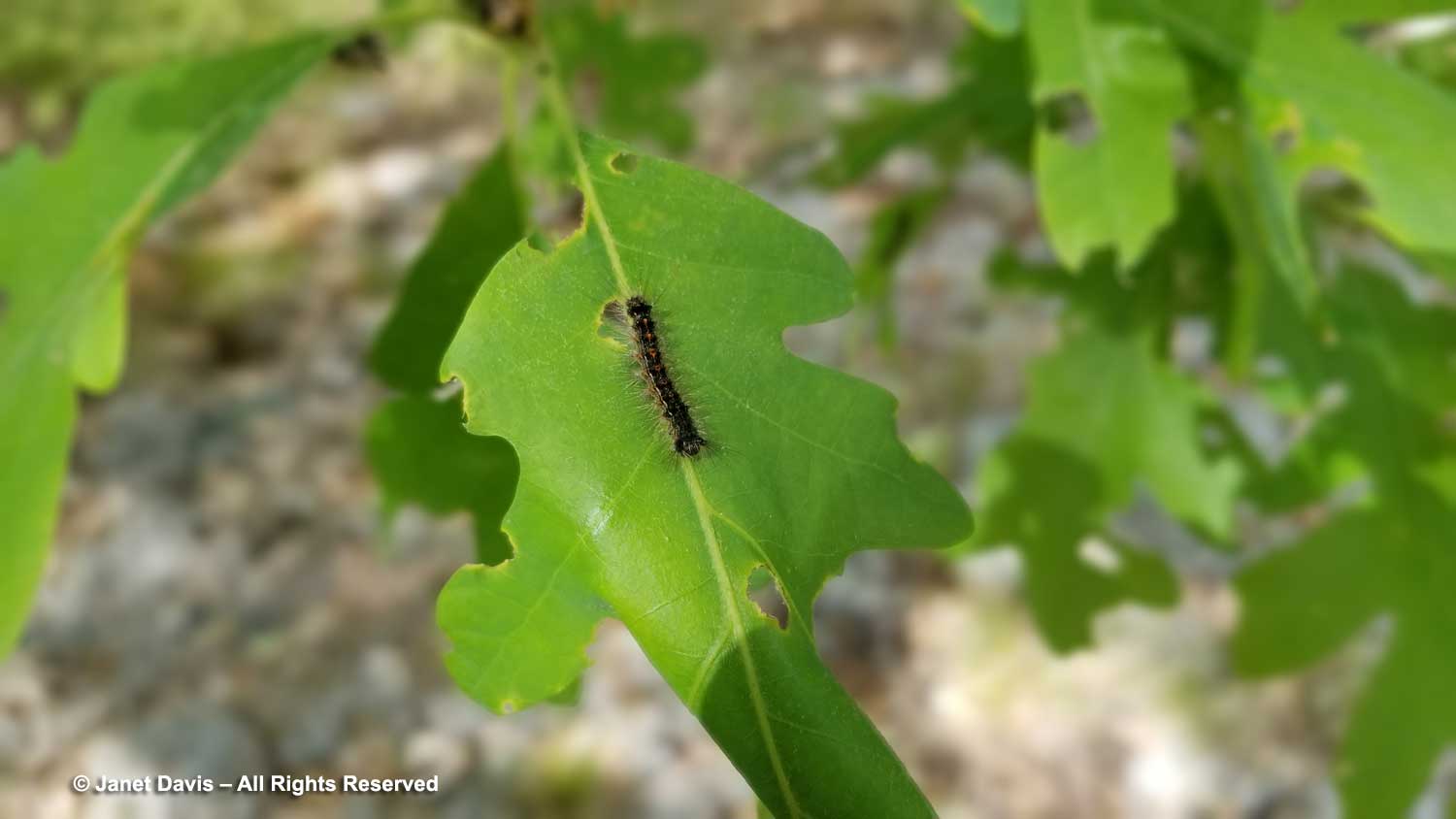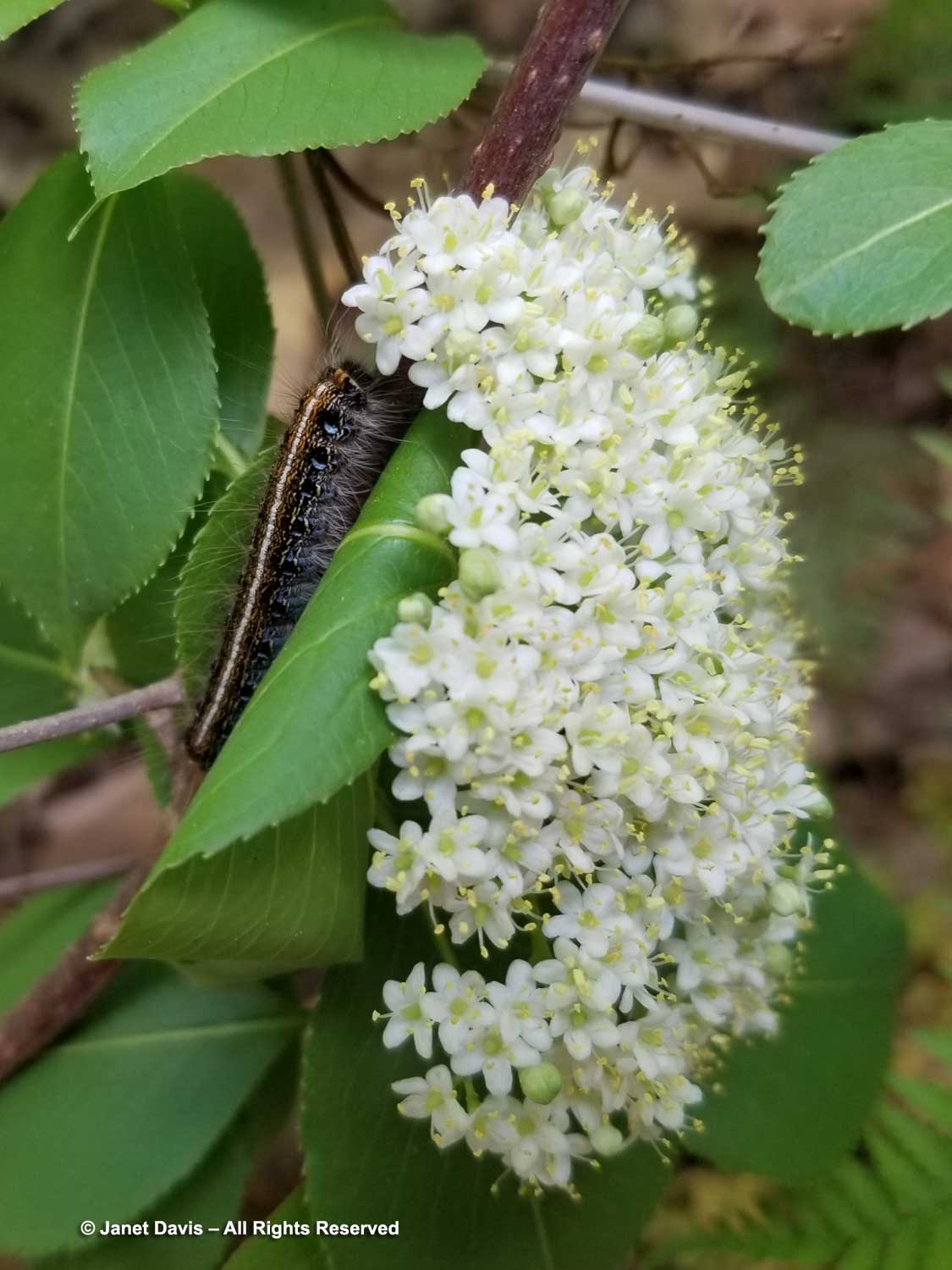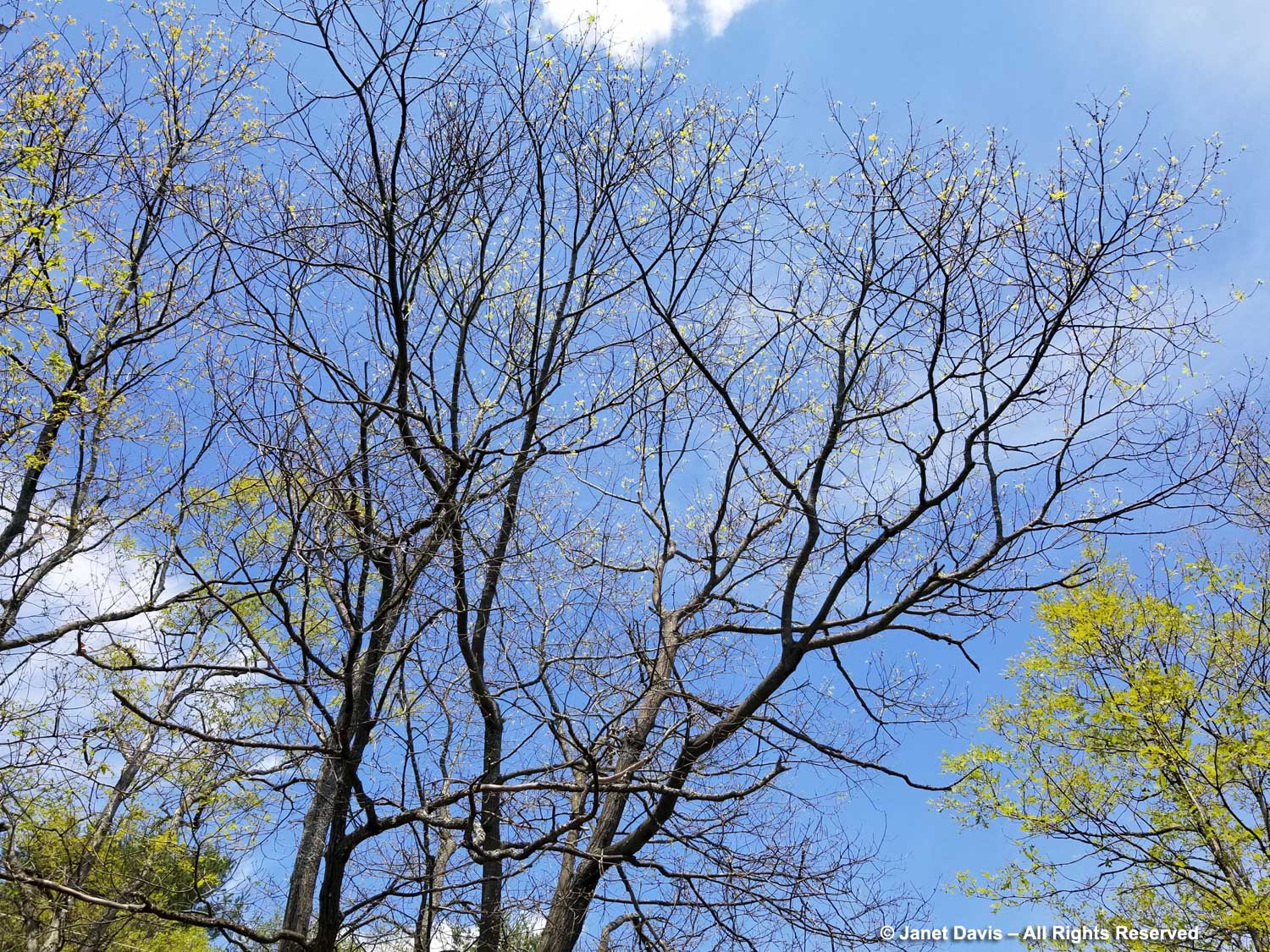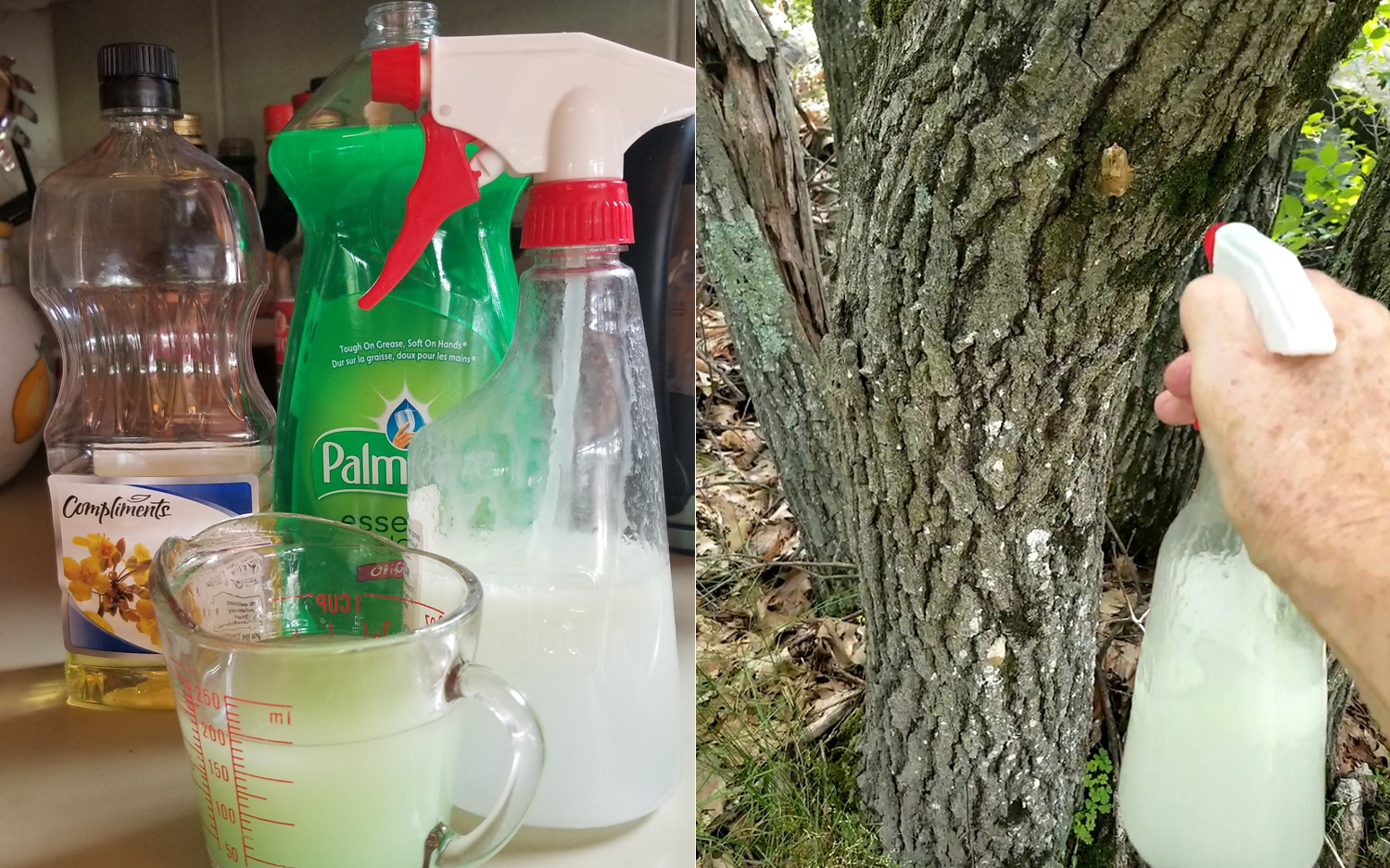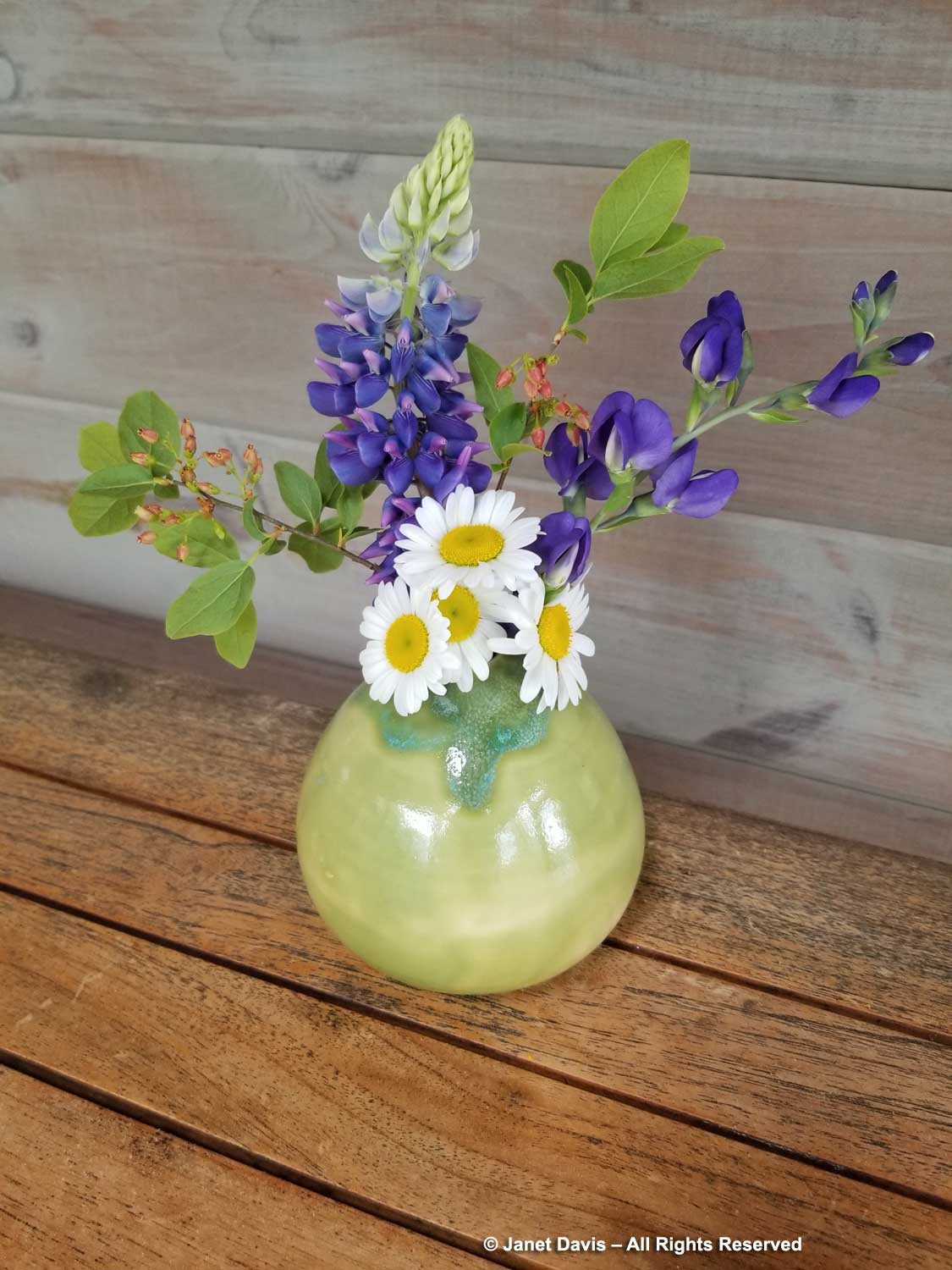This blog celebrates my final fairy crown – and winter on Lake Muskoka. I am wearing what I found on our property near Torrance, Ontario, a village between Gravenhurst and Bala on the lake’s south shore. There’s white pine (Pinus strobus), eastern hemlock (Tsuga canadensis), common juniper (Juniperus communis), winterberry (Ilex verticillata), red oak (Quercus rubra) and seedheads of showy goldenrod (Solidago speciosa) and wild beebalm (Monarda fistulosa).
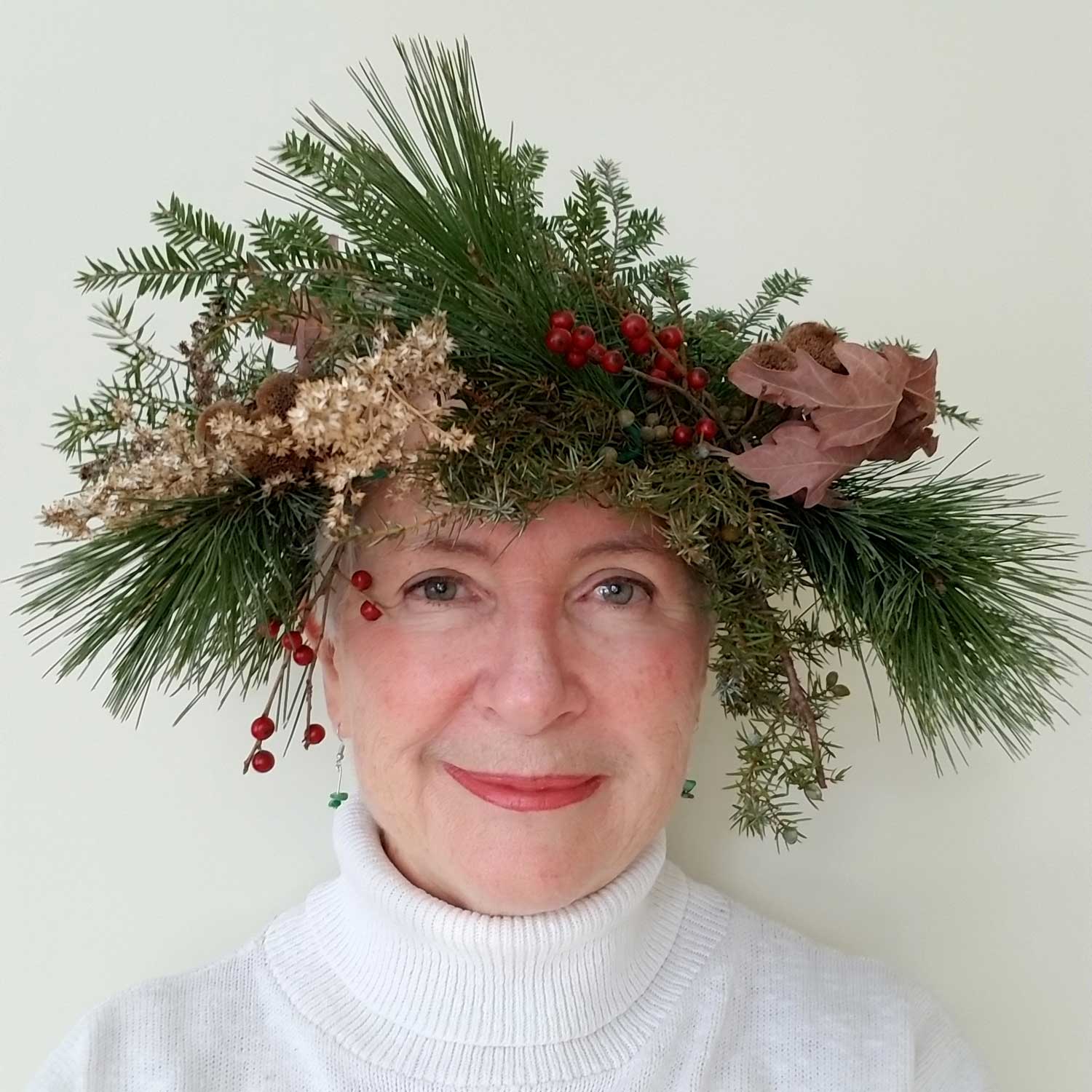
To get to our cottage (when the snow isn’t as deep as it is this week), we leave the township roads and travel the last mile or so on a dirt road weaving its way through a snowy winter forest. Most of our neighbours have closed up for the season, but a few are winterized, i.e. keep some heat going so pipes don’t have to be emptied and liquids removed in autumn.
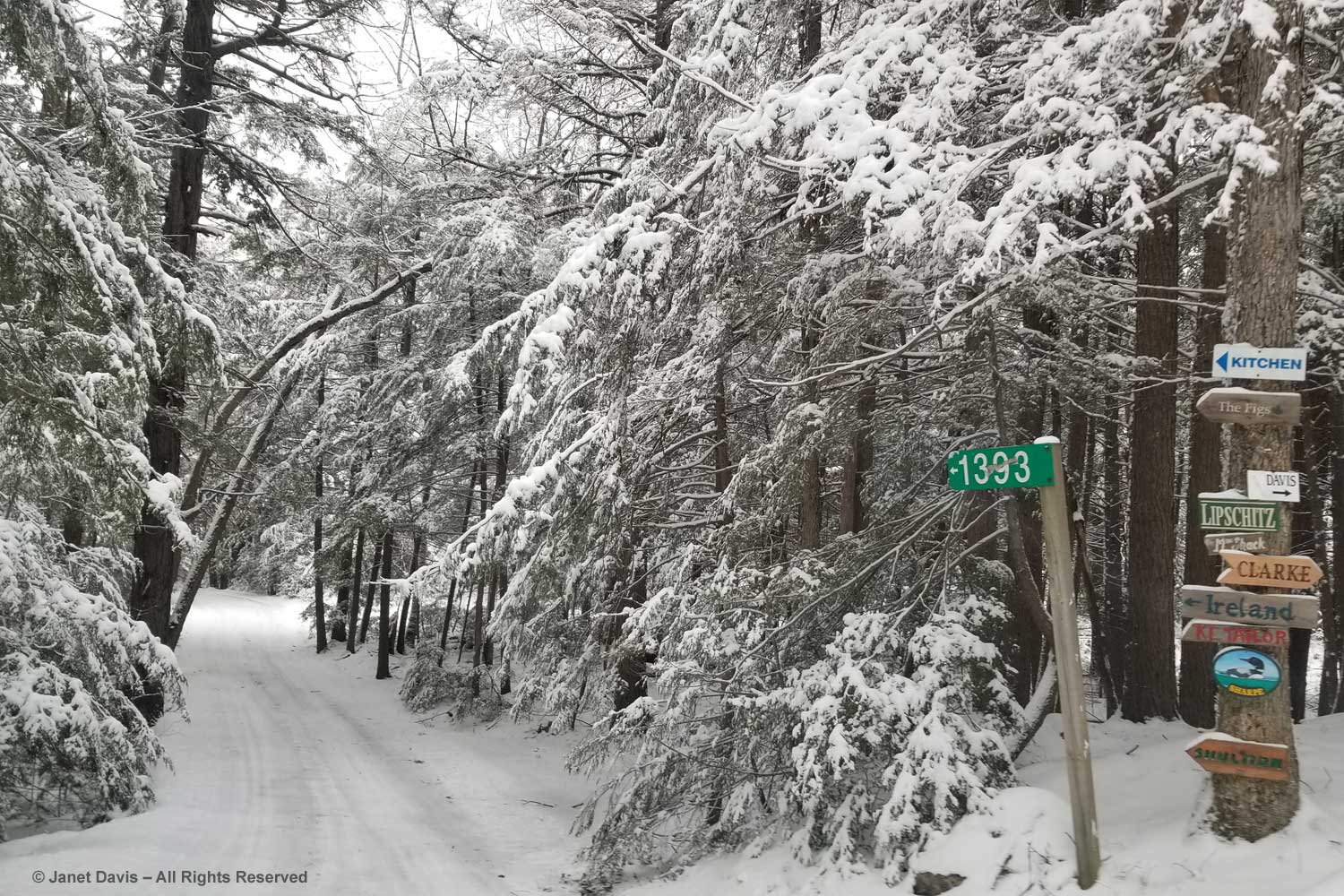
We chip in for a private plow guy and have a very kind neighbour who lets us park at their place after they’ve closed up and gone home. Everything we need for our stay must come from that point via the toboggans we drag behind us! Sometimes that involves snowshoes, too.
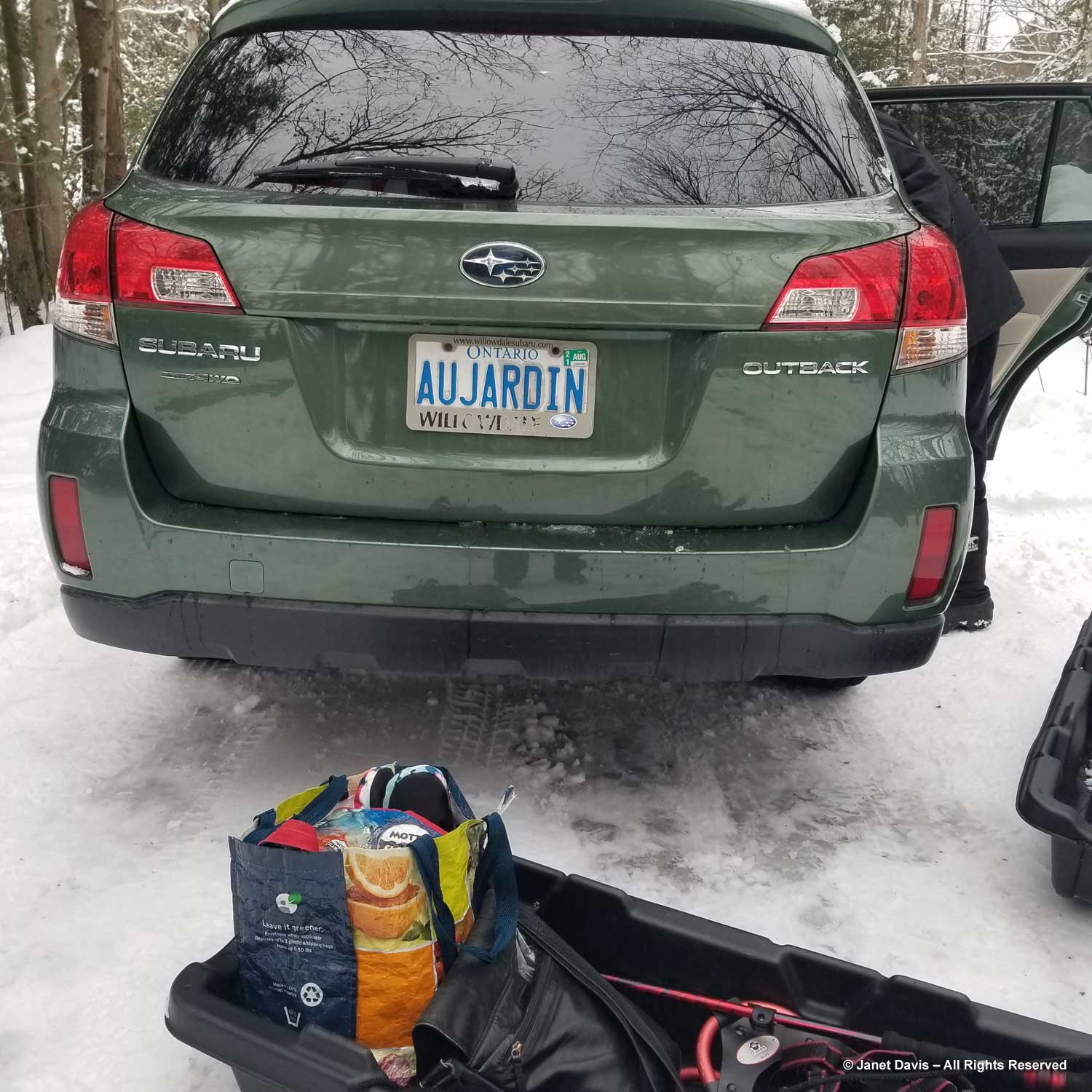
The reason for the walk is that our cottage, i.e. lakeside home, is considered “water access only”, being on a peninsula that juts out into a small bay of the very large Lake Muskoka. It’s actually an “isthmus”, as my husband always clarifies, because it’s a peninsula that curves around and continues as another peninsula across a narrow bay behind us. Bays and coves and islands are typical of the three big lakes up here: Muskoka, Rosseau and Joseph.
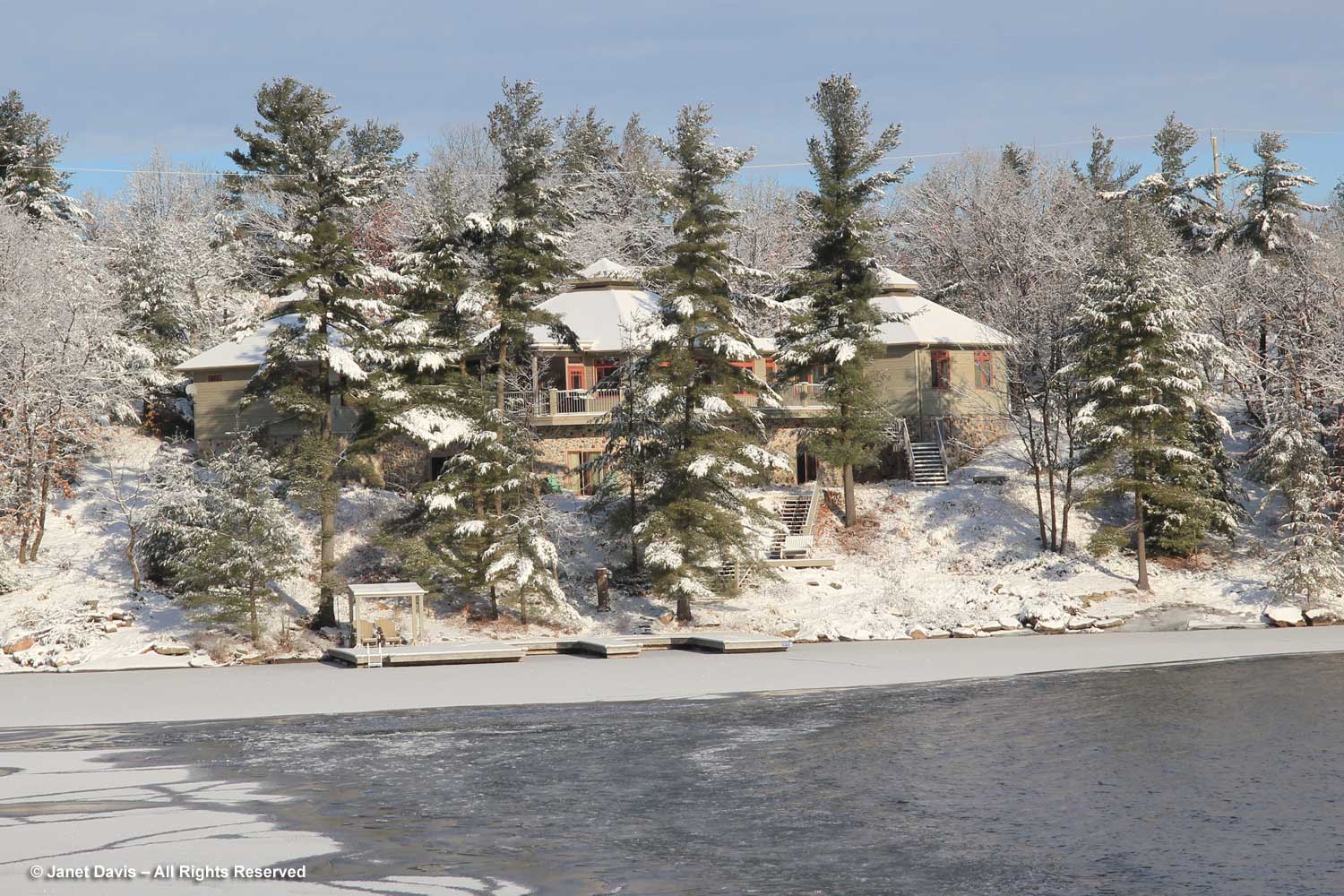
In early winter, the lake is usually in the process of trying to freeze, as you see here near our swim ladder. Since autumn was quite mild, it will take a while to cool the water enough to form a skim of ice that thickens….

…… and doesn’t break into shards with wind and currents. This is a fascinating and dynamic process, with lots of moans and groans and cracks as the ice forms, melts, re-forms and thickens.

Sometimes, clouds in the sky and trees at the shore are reflected in the calm lake surface while ice is forming around it – and that is always fun to capture with my camera.
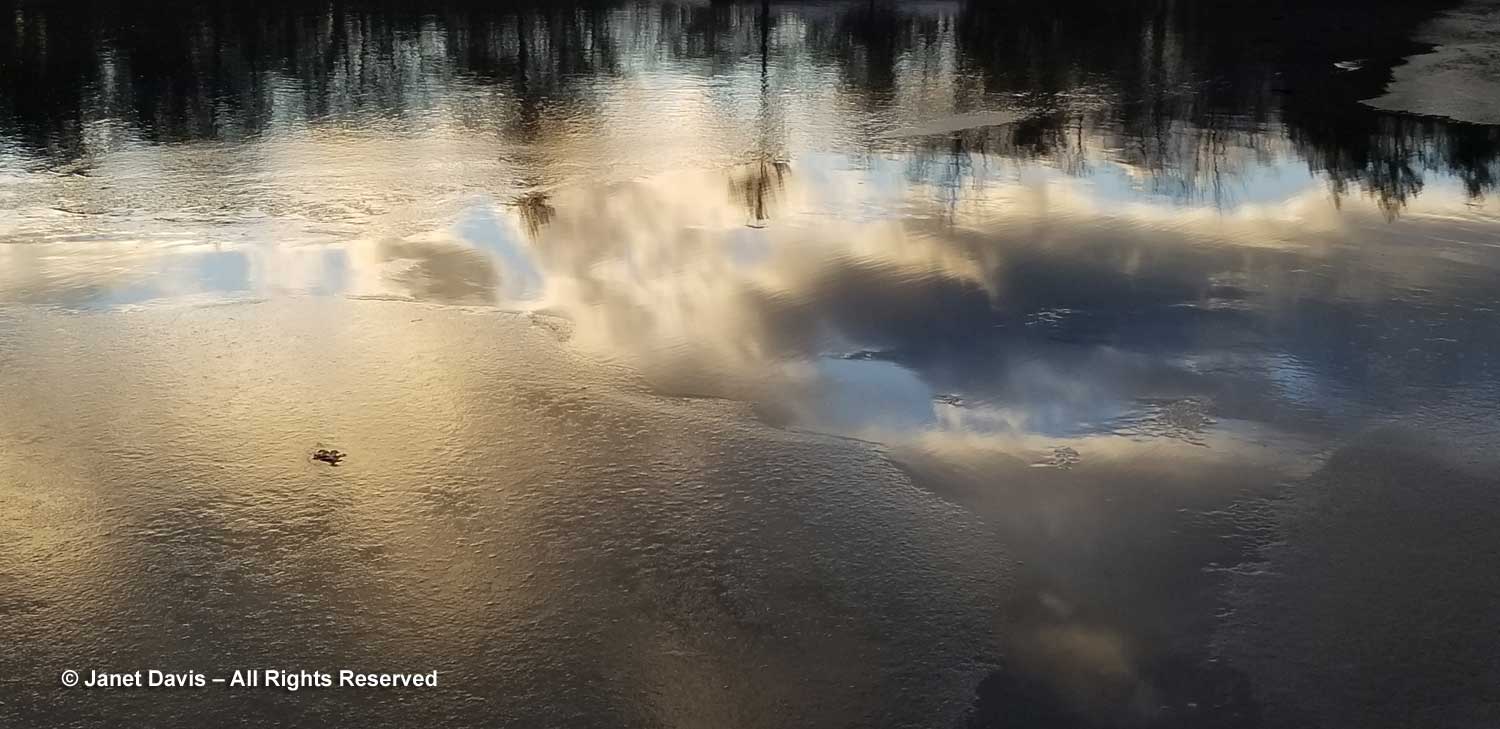
With the lake half frozen, a winter sunrise finds steam fog emanating from the still unfrozen portion of the lake in our bay.
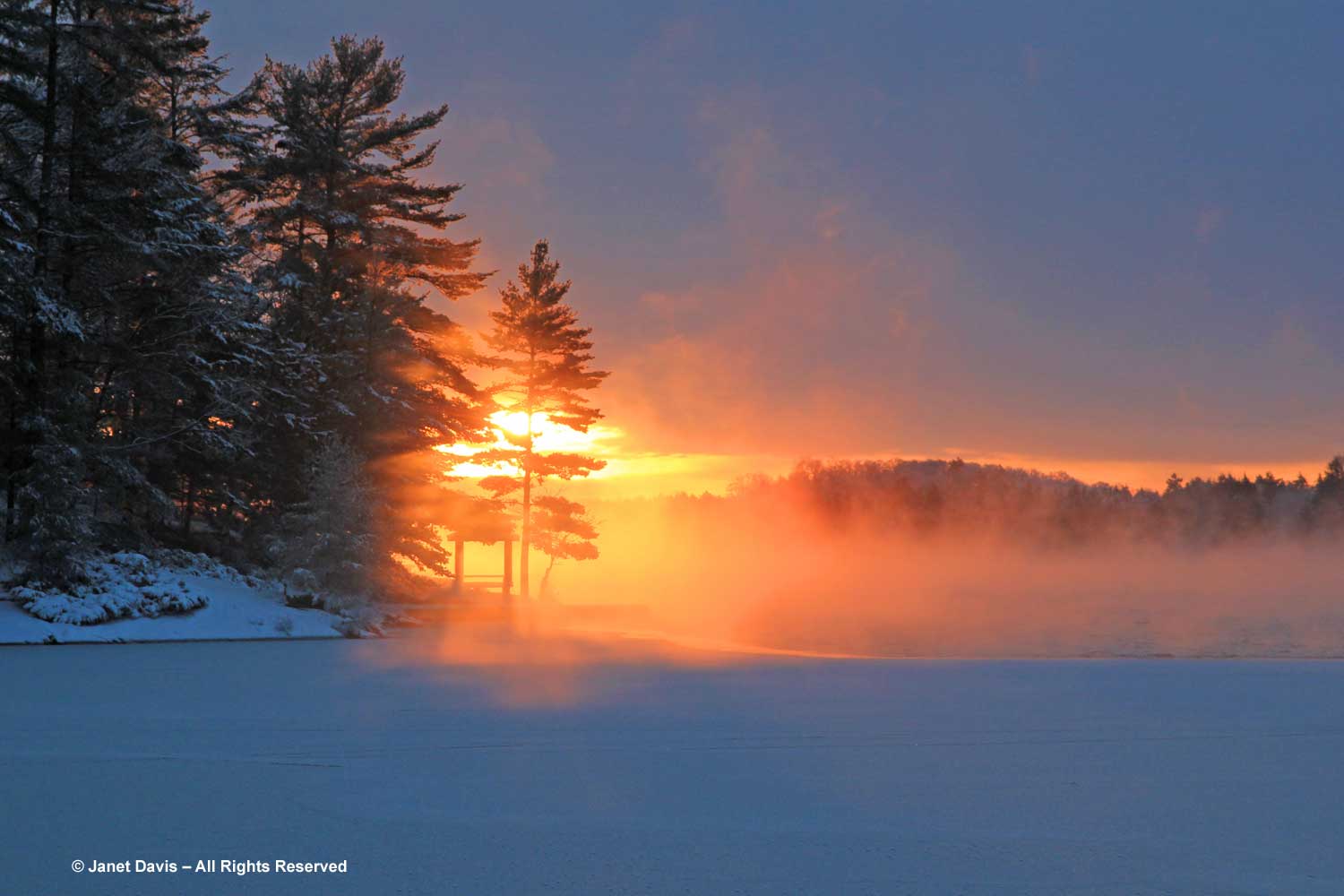
If there’s enough humidity in the winter air – or if there’s been a stretch of freezing rain – you might see the white pine needles coated in ice.
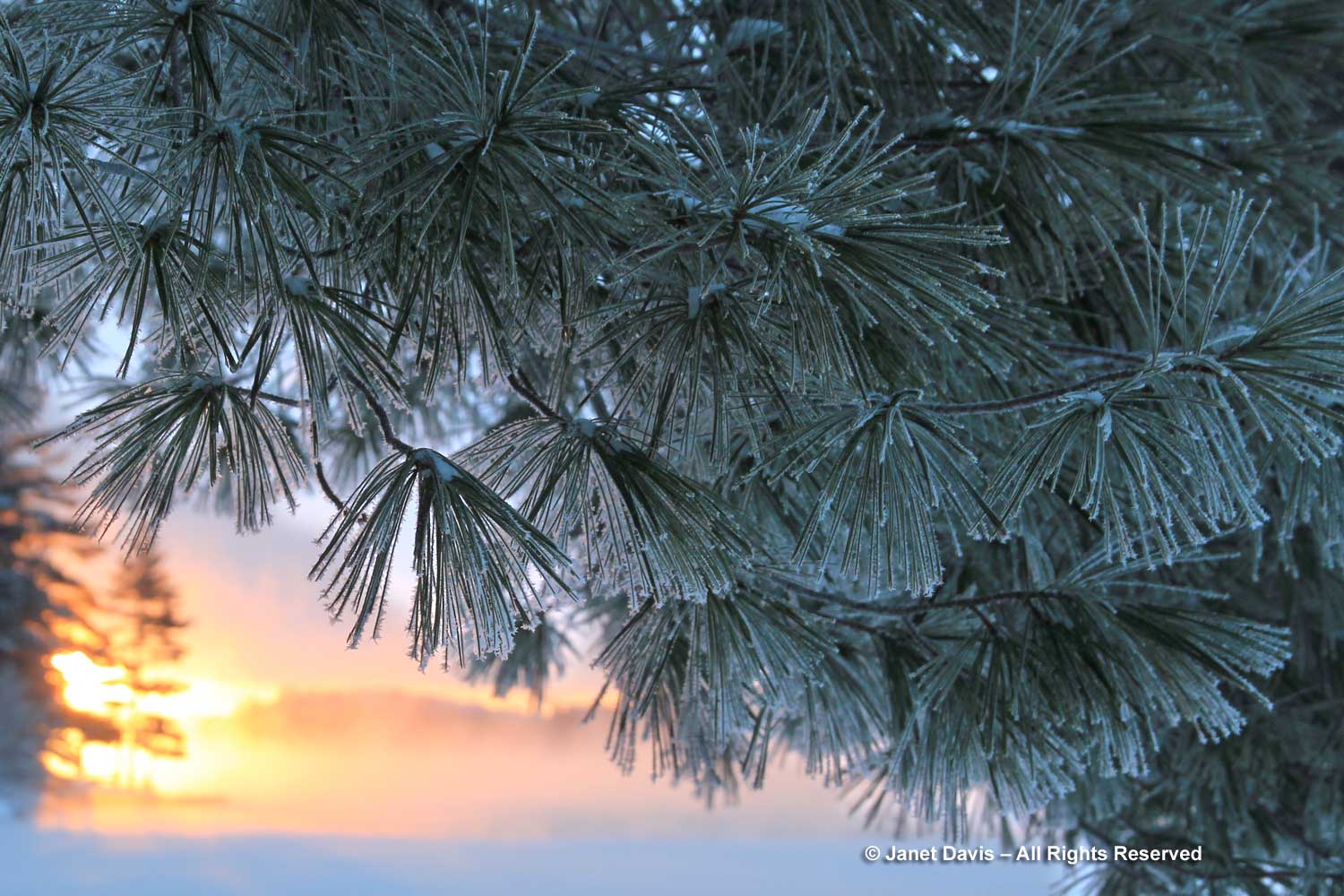
Speaking of white pines, I gathered those in my bag to make my final fairy crown, along with the seedheads and berries I found on the property. Those brown buttons are wild beebalm (Monarda fistulosa) and the fluffy seedheads are showy goldenrod (Solidago speciosa), without question the two best bumble bee forage plants in my meadows. They are also very good at spreading themselves around!
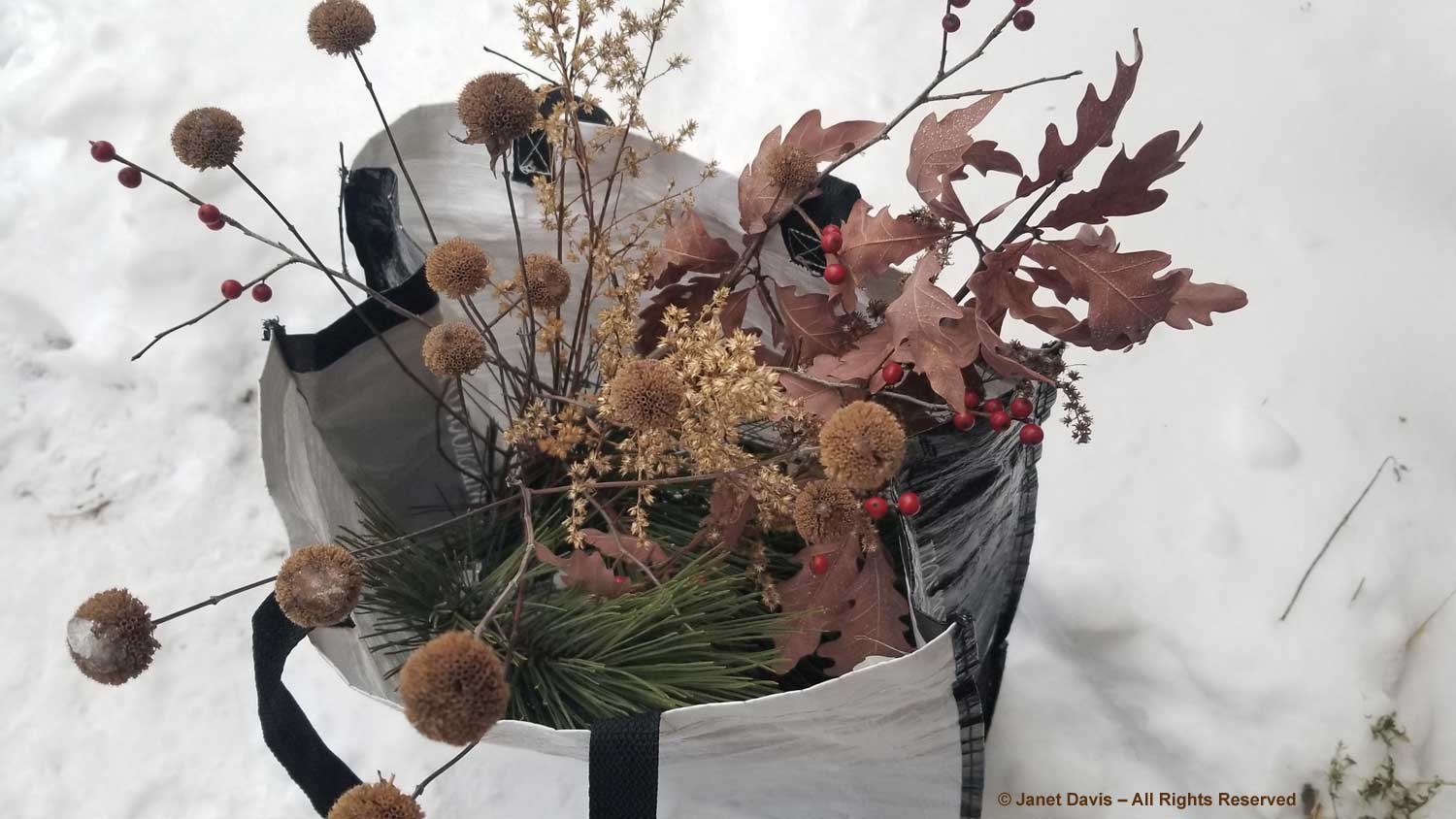
I like seeing the standing stems of summer perennials in the snow – or at least, I tell myself that in years like this one where I didn’t get the timing right to cut down my meadows in autumn.
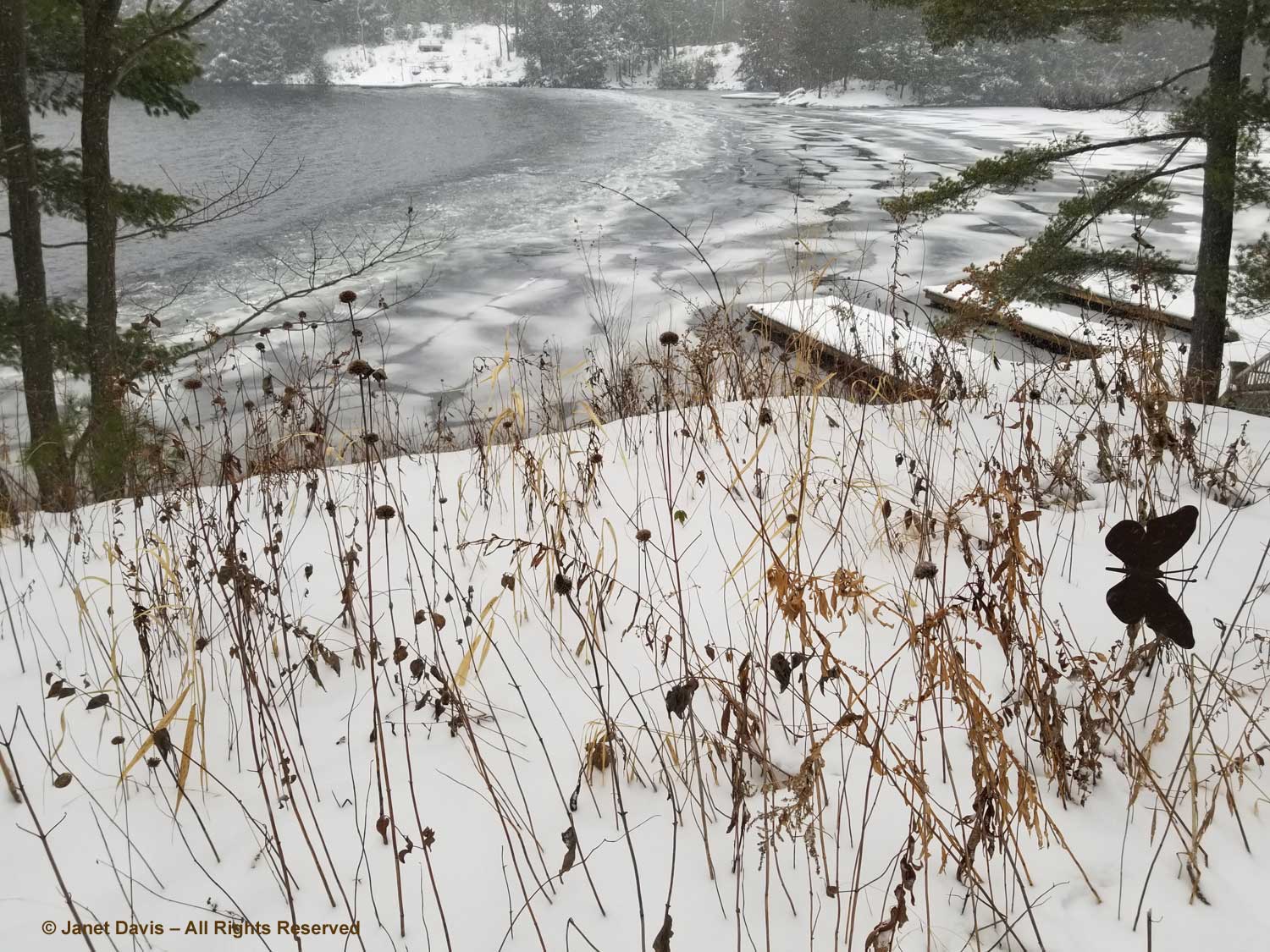
After a fresh snow, the path running along the front of the cottage looks pristine.
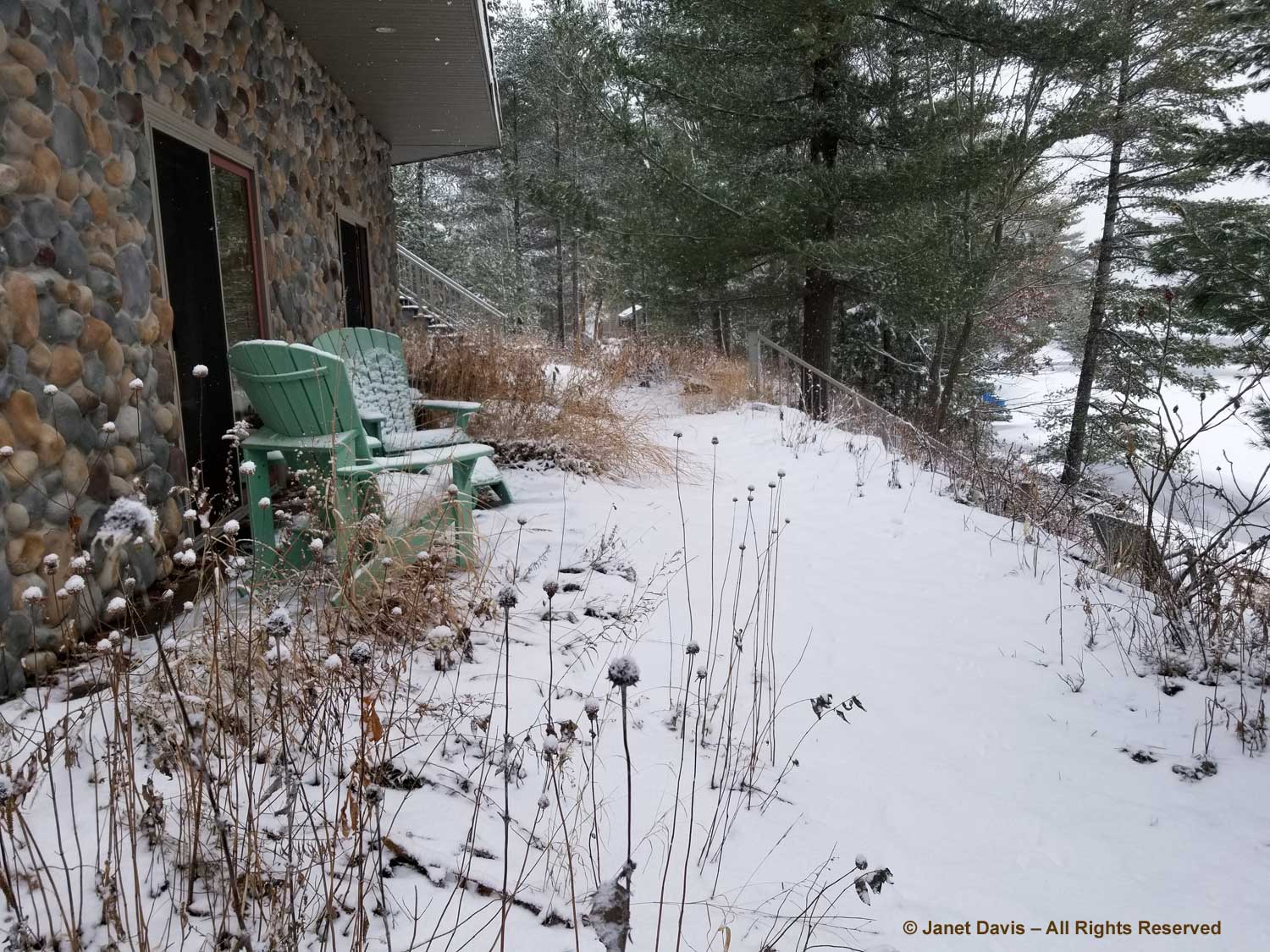
‘Heavy Metal’ switch grass (Panicum virgatum) always looks festive near the rusty sign at the top of the stairs to the dock.
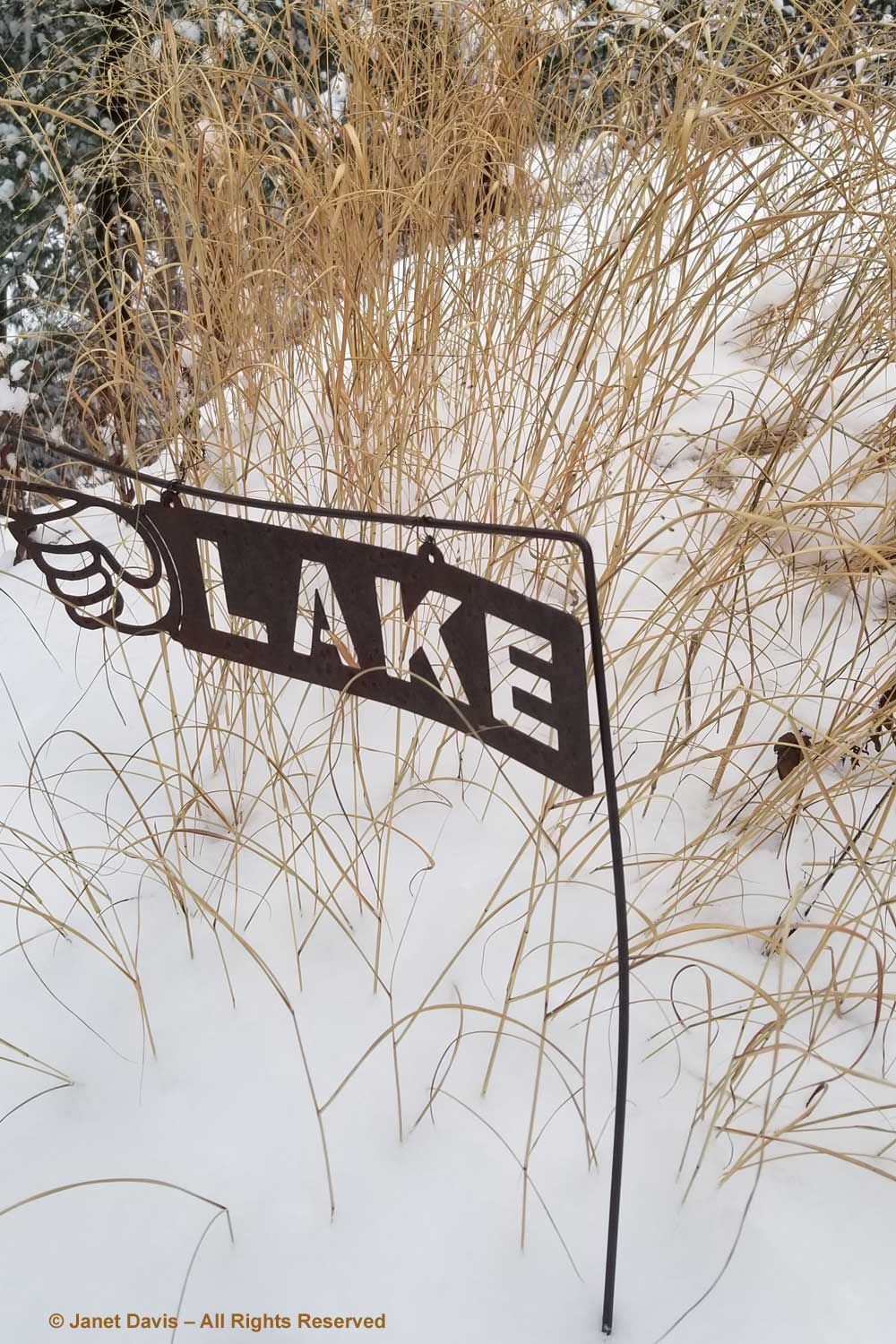
Showy goldenrod (Solidago speciosa) stays erect with its snowy cap for a long time in winter.
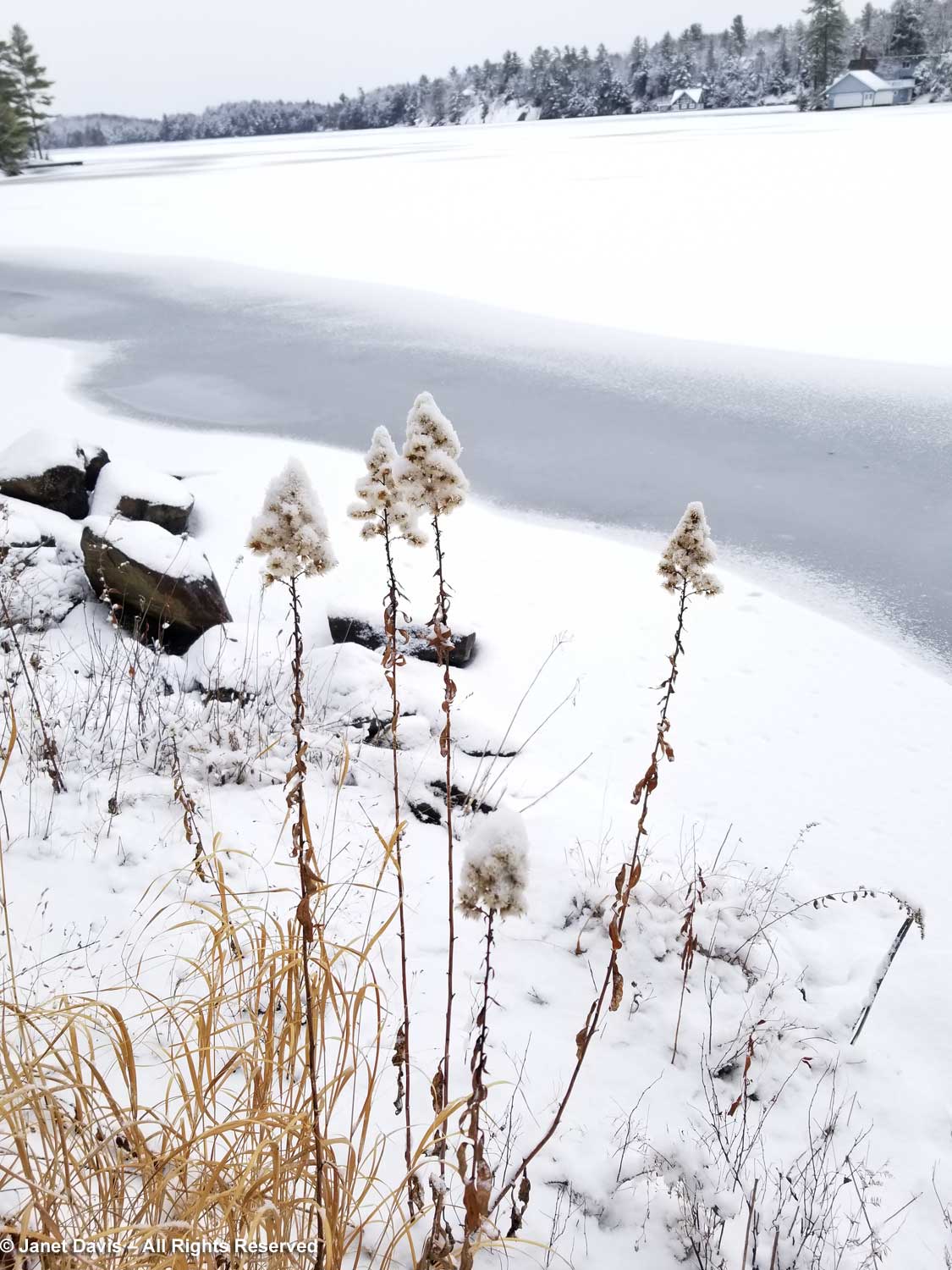
A glimpse past red oak boughs over my newest hillside meadow onto the slowly freezing lake.
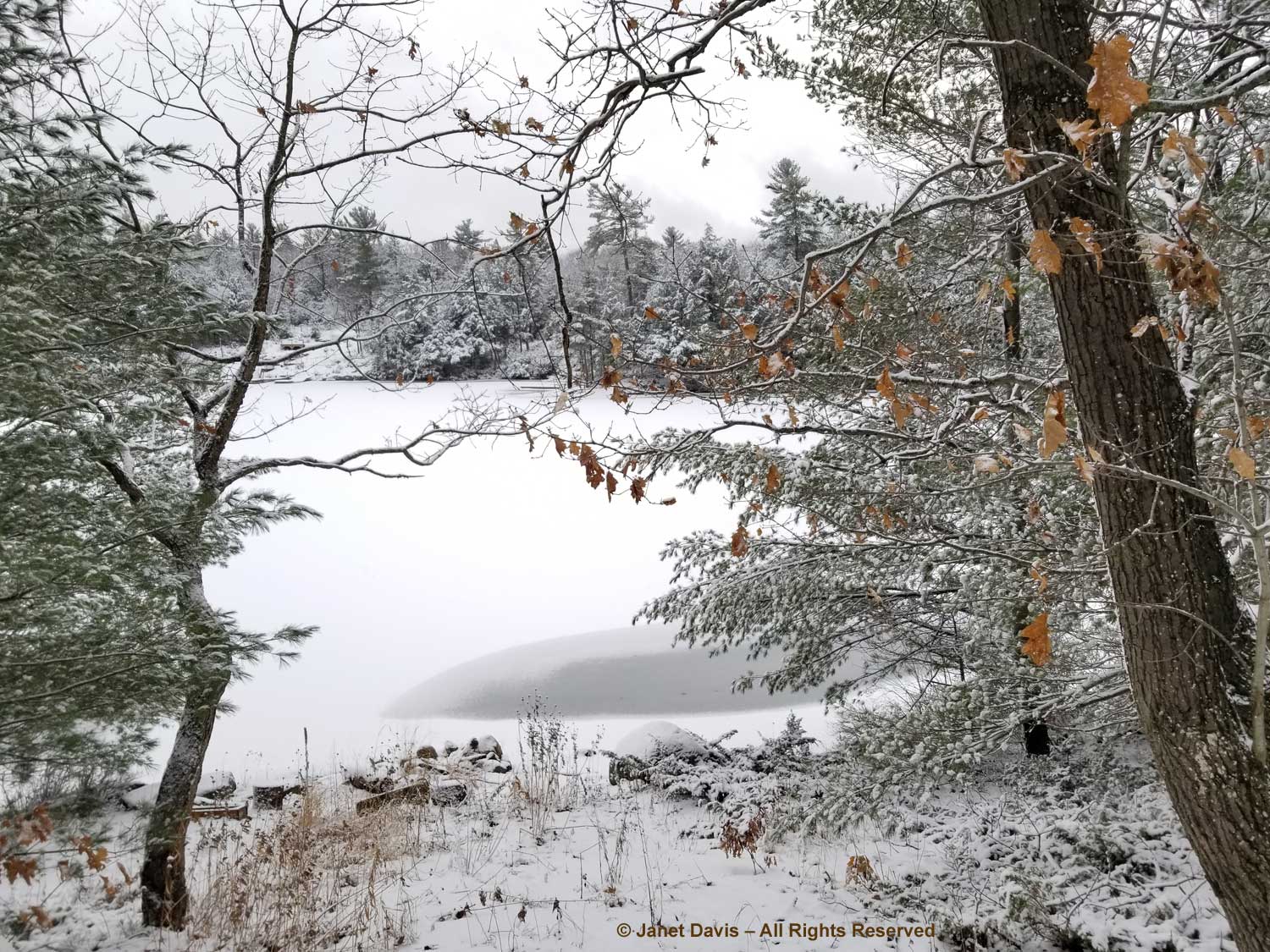
The botanical trait that sees oak and beech leaves persist through much of winter is called “marcescence”. According to Wikipedia, “Marcescent leaves may be retained indefinitely and do not break off until mechanical forces (wind for instance) cause the dry and brittle petioles to snap The evolutionary reasons for marcescence are not clear, theories include: protection of leaf buds from winter desiccation, and as a delayed source of nutrients or moisture-conserving mulch when the leaves finally fall and decompose in spring.”
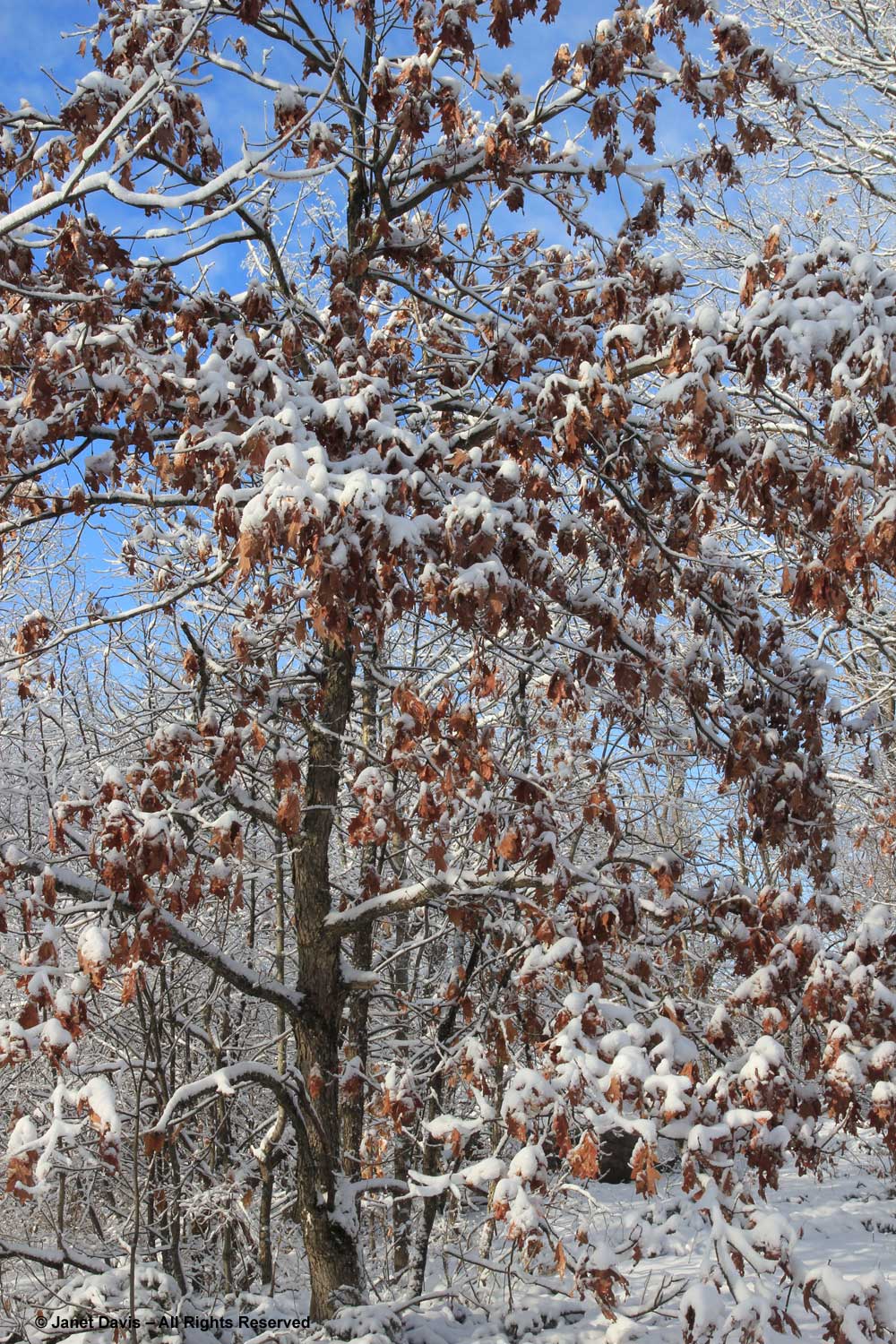
The view from inside the cottage is of my sundeck covered with snow. Those pots are where I grow the salvias and agastaches that attract the local ruby-throated hummingbirds in summer. But now, most of the birds have flown south, with the exception of the occasional raven or black-capped chickadee….
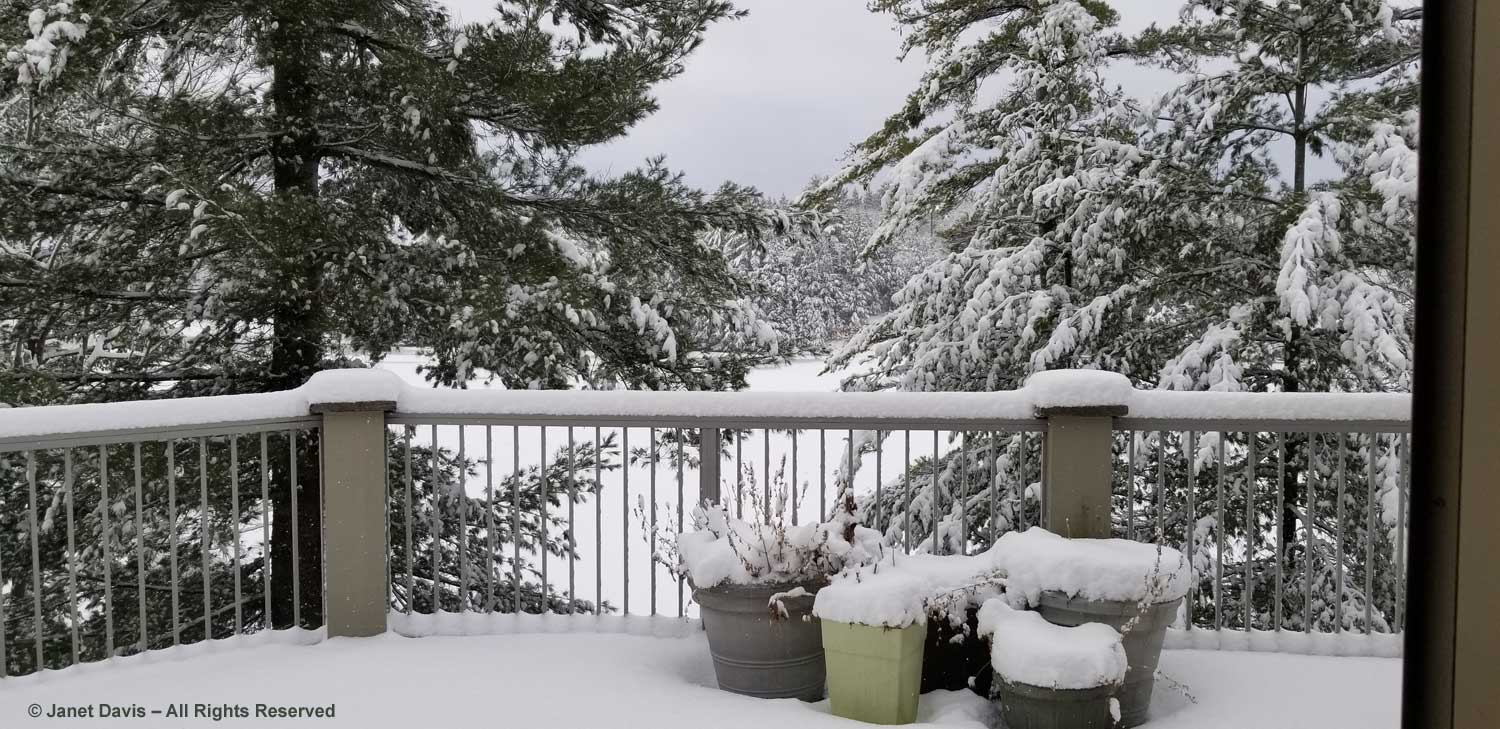
…. which relishes the fruit of staghorn sumac.
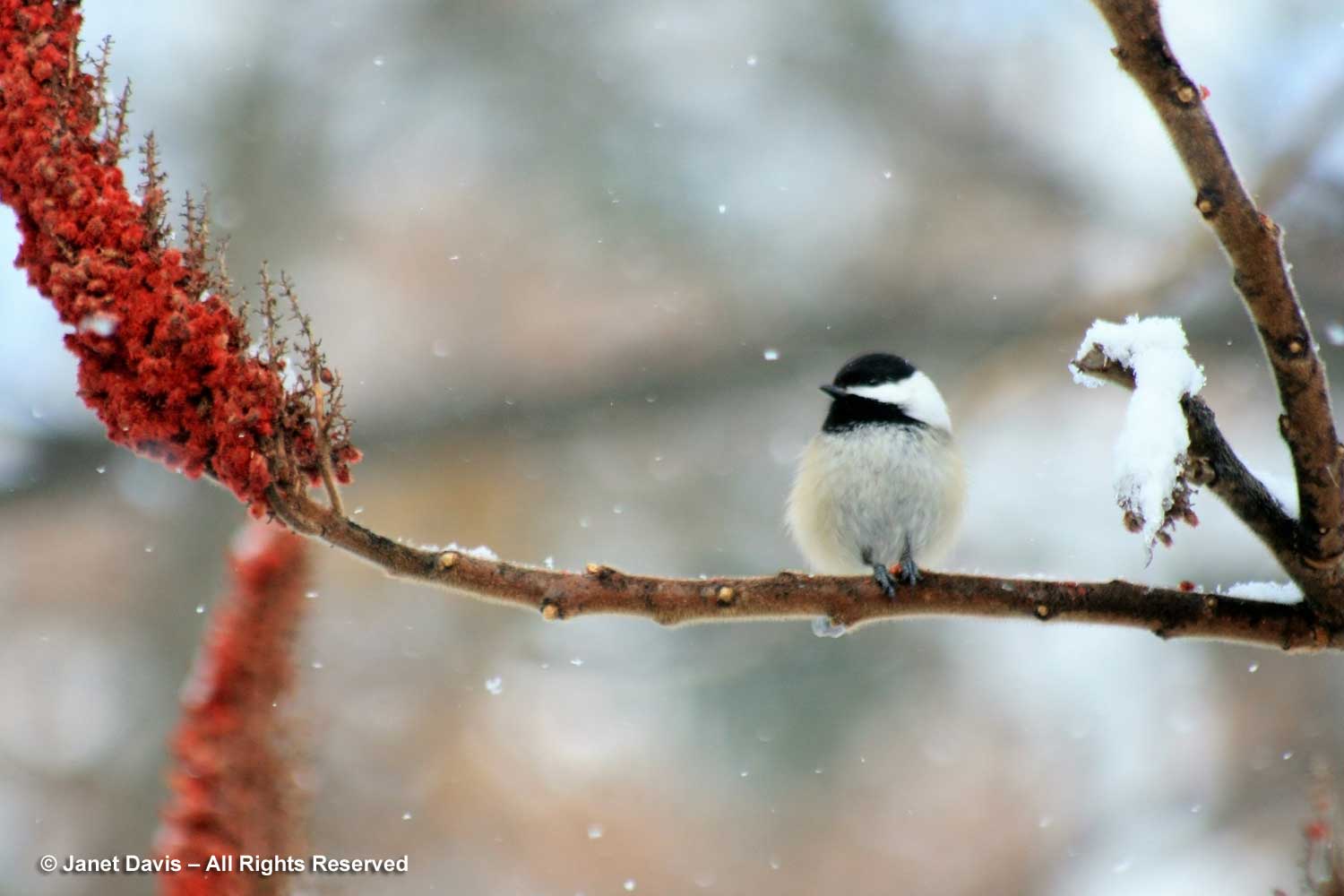
Depending on the kind of early winter we have, Lake Muskoka is usually frozen by late January or February. Deep snow might cover the surface, which actually serves as an insulator, making the ice thickness less reliable, so we wait until we hear the thickness from reliable sources before walking on it.
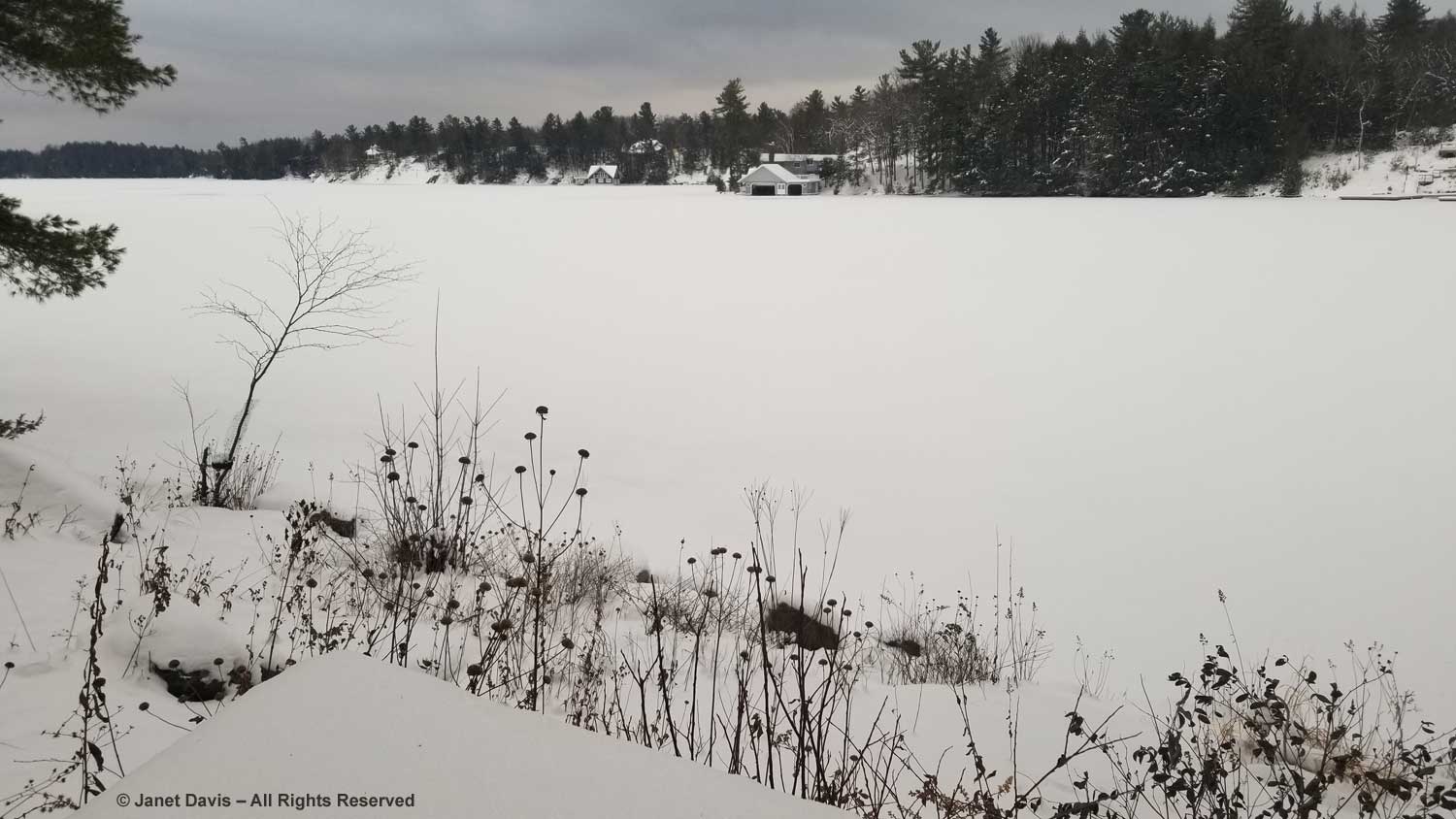
And sometime in the next few months, that’s what I’ll be doing!

This has been a fun year of creating and blogging about my fairy crowns, but all good things come to an end. Nevertheless, I decided to commemorate the project with a little something for my kitchen wall. Here it is!
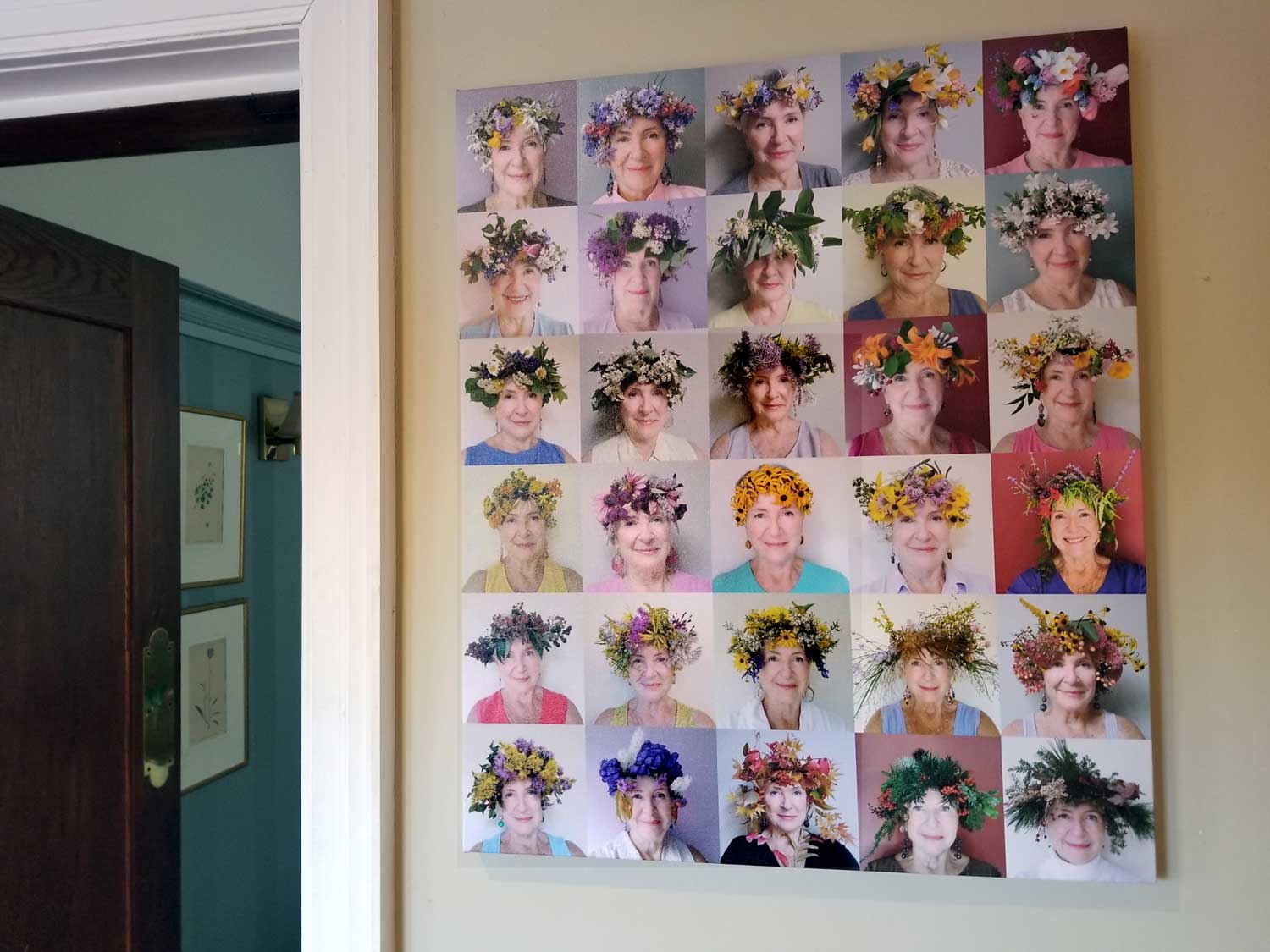
A most Happy New Year to all my friends who travelled this far with me in the magical world of fairies!
**********
This is my final fairy crown blog: If you missed one – or just want to be reminded of flowery spring or summer – here are the rest in chronological order:
#1 – Spring Awakening
#2 – Little Blossoms for Easter
#3 – The Perfume of Hyacinths
#4 – Spring Bulb Extravaganza
#5 – A Crabapple Requiem
#6 – Shady Lady
#7 – Columbines & Wild Strawberries on Lake Muskoka
#8 – Lilac, Dogwood & Alliums
#9 – Borrowed Scenery & an Azalea for Mom
#10 – June Blues on Lake Muskoka
#11 – Sage & Catmint for the Bees
#12 – Penstemons & Coreopsis in Muskoka
#13 – Ditch Lilies & Serviceberries
#14 – Golden Yarrow & Orange Milkweed
#15 – Echinacea & Clematis
#16 – A Czech-German-All American Blackeyed Susan
#17- Beebalm & Yellow Daisies at the Lake
#18- Russian Sage & Blazing Stars
#19-My Fruitful Life
#20-Cup Plant, Joe Pye & Ironweed
#21-Helianthus & Hummingbirds
#22-Grasses, Asters & Goldenrod
#23-Sedums, Pass-Along Plants & Fruit for the Birds
#24-Fall Asters & Showy Goldenrod for Thanksgiving
#25-Autumn Monkshood & Snakeroot
#26-Fall Finery
#27-Winter in the City

